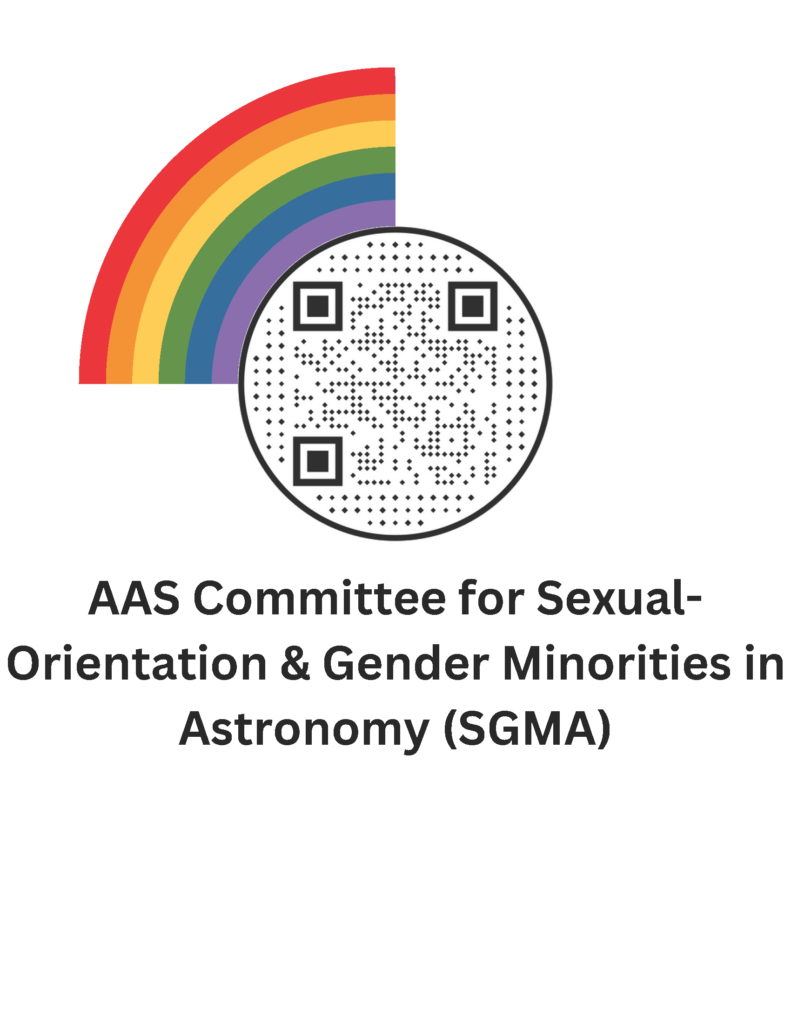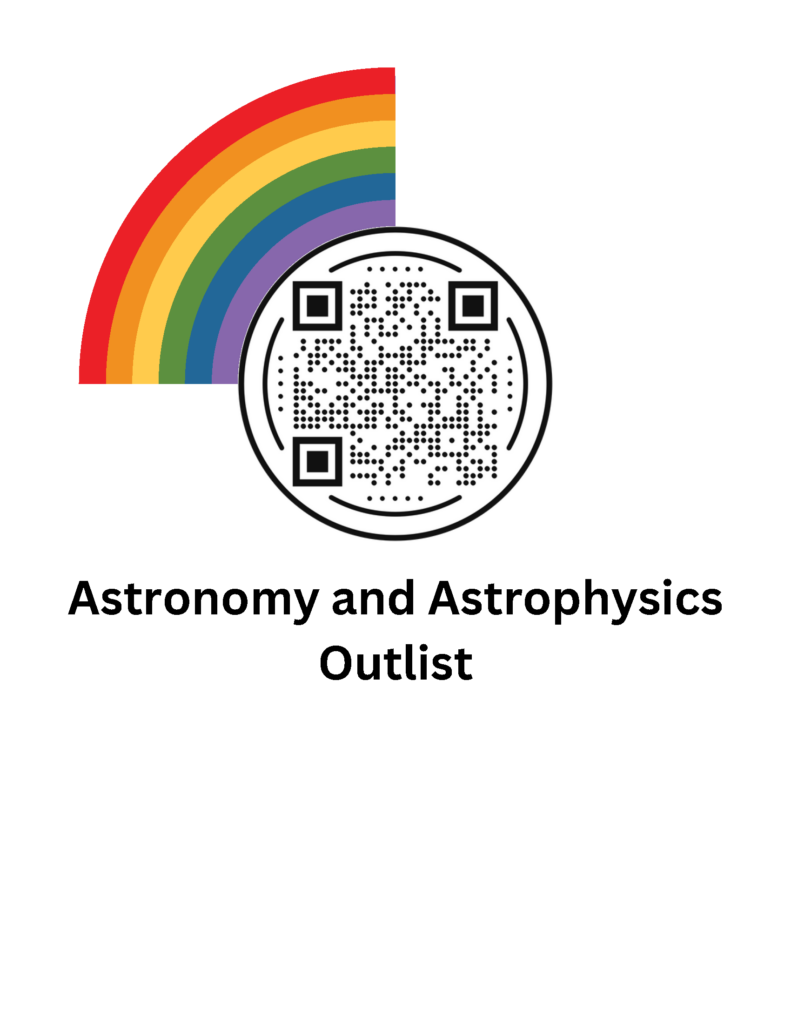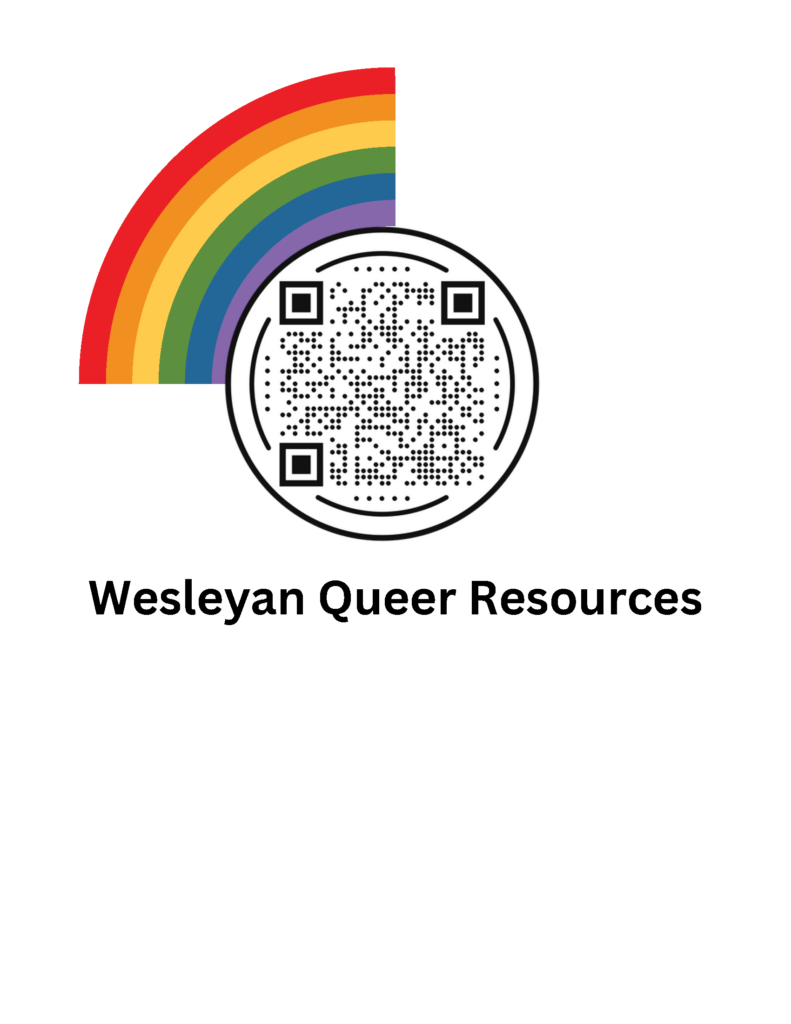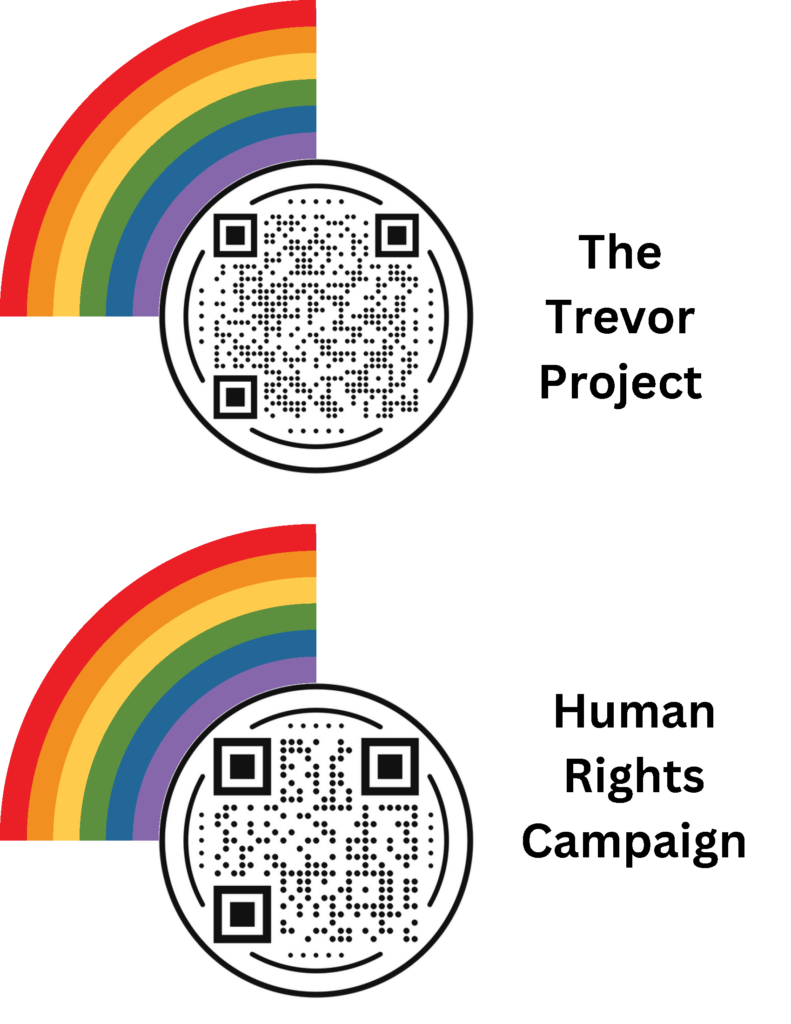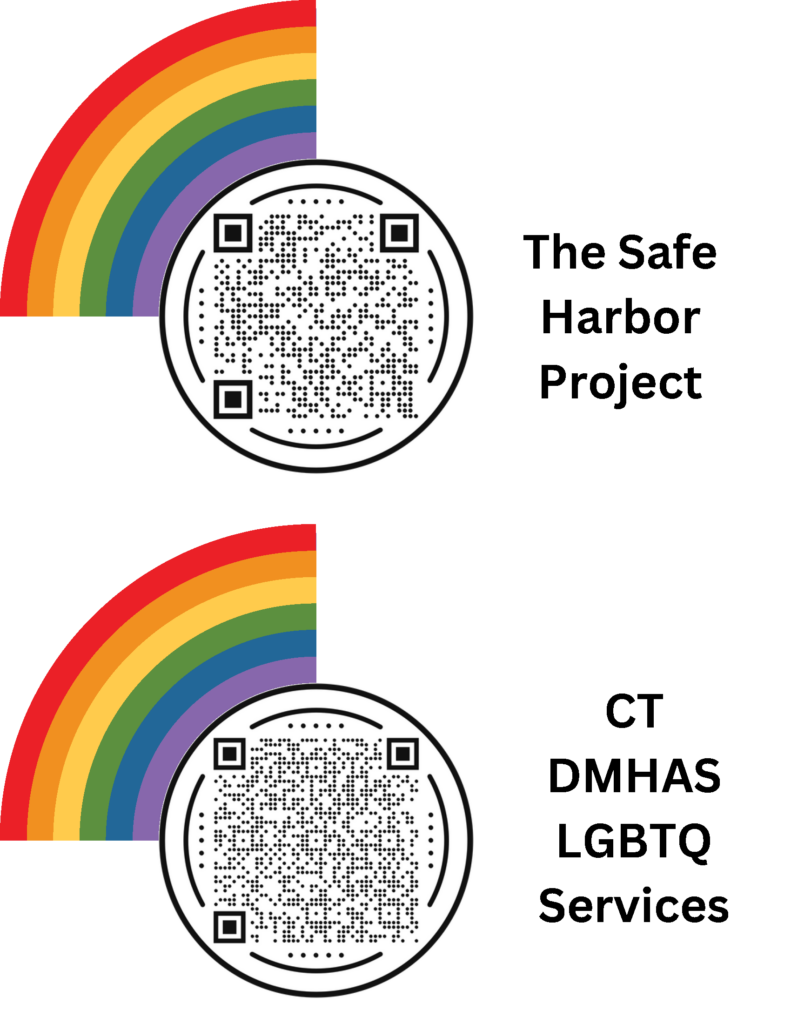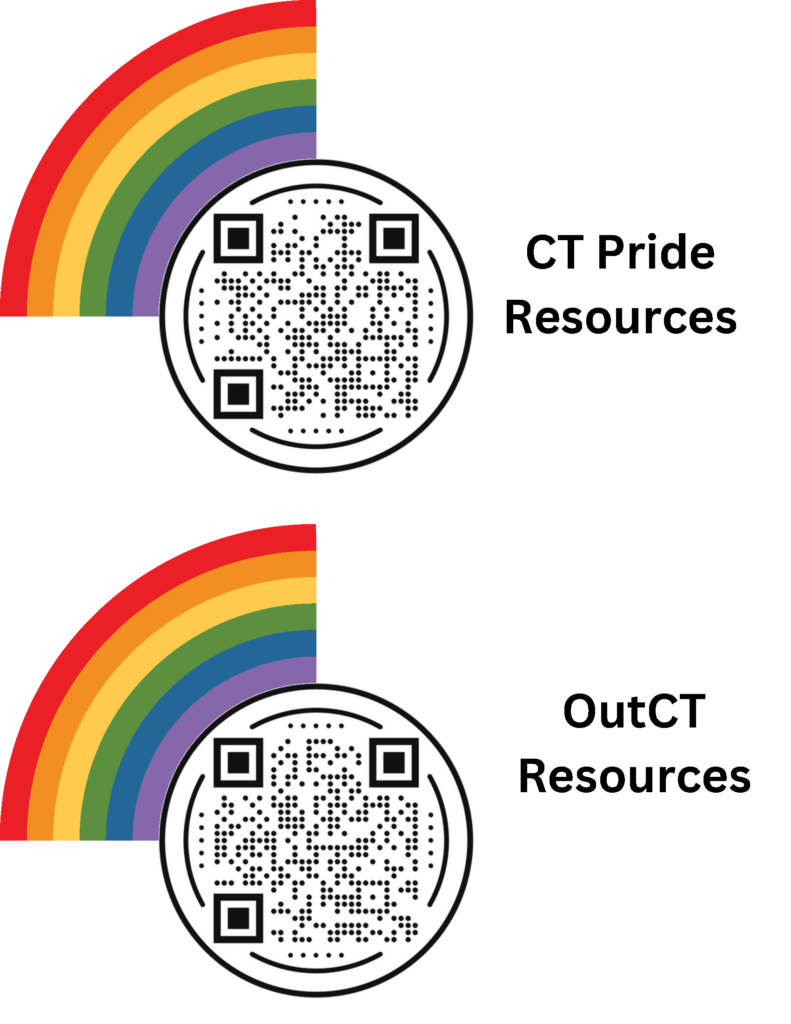Welcome to Fall 2025

After another successful summer of research and some construction (new dome paint color photos coming soon), we are excited for another academic year. The students have moved back in and classes start today, which means we will be starting up public events again soon!
Space Nights return on Wednesday, September 17th at 8pm:
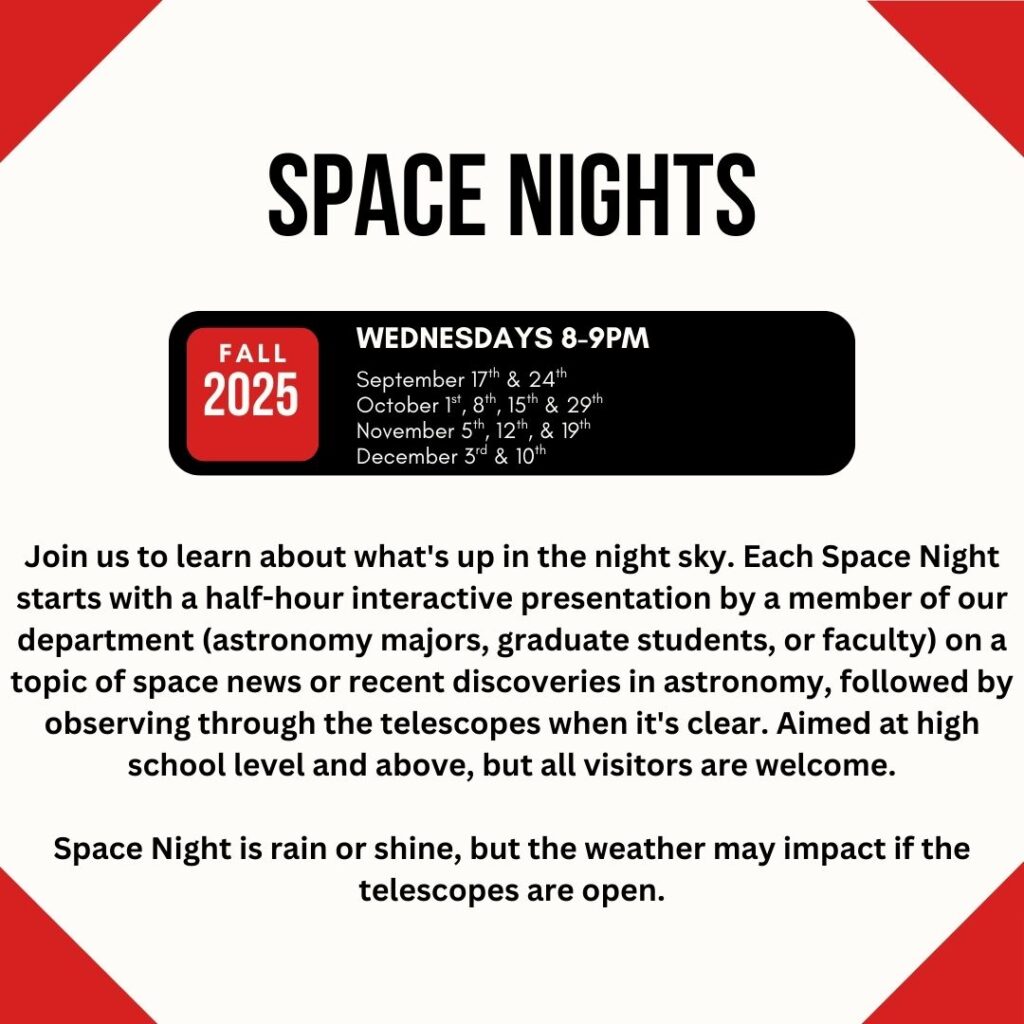
We have an exciting line up of colloquia speakers beginning in just a few short weeks:
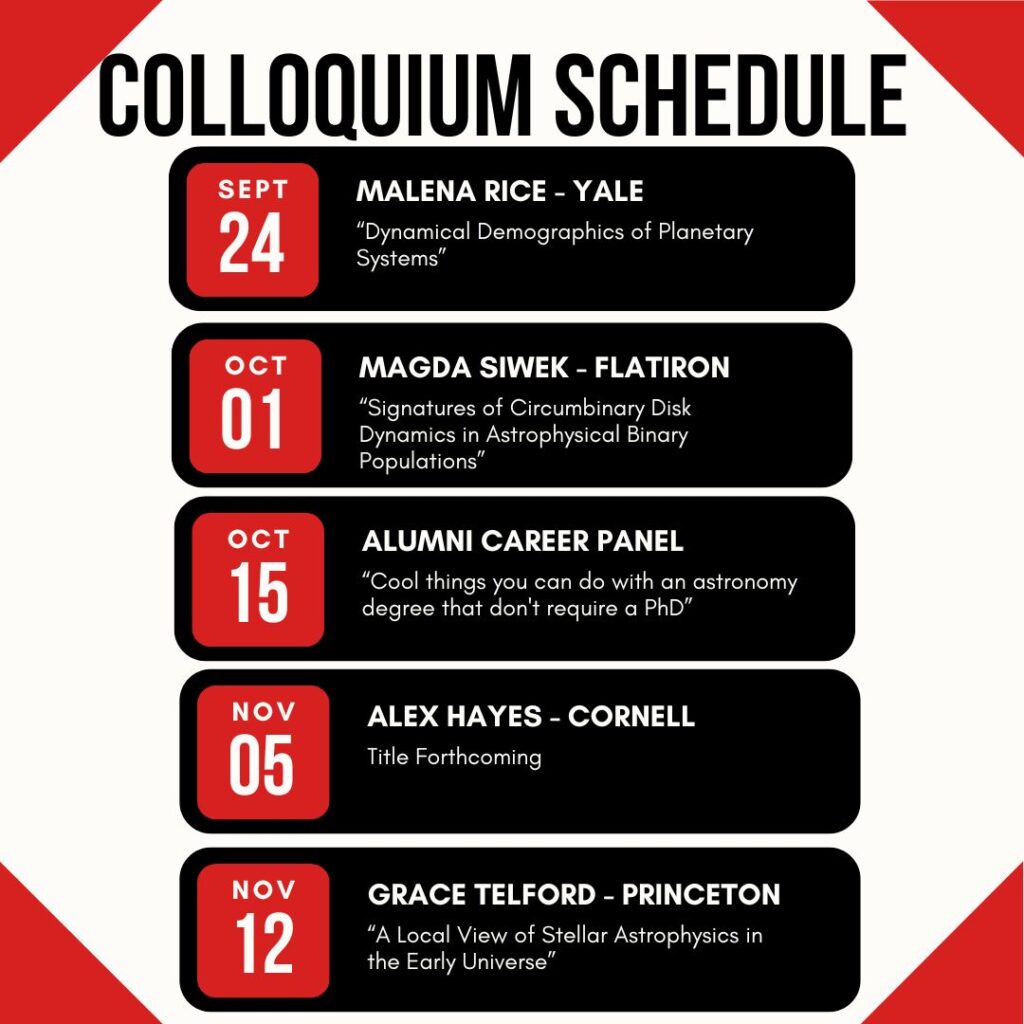
Kids’ Nights return Friday, October 3rd at 7pm:
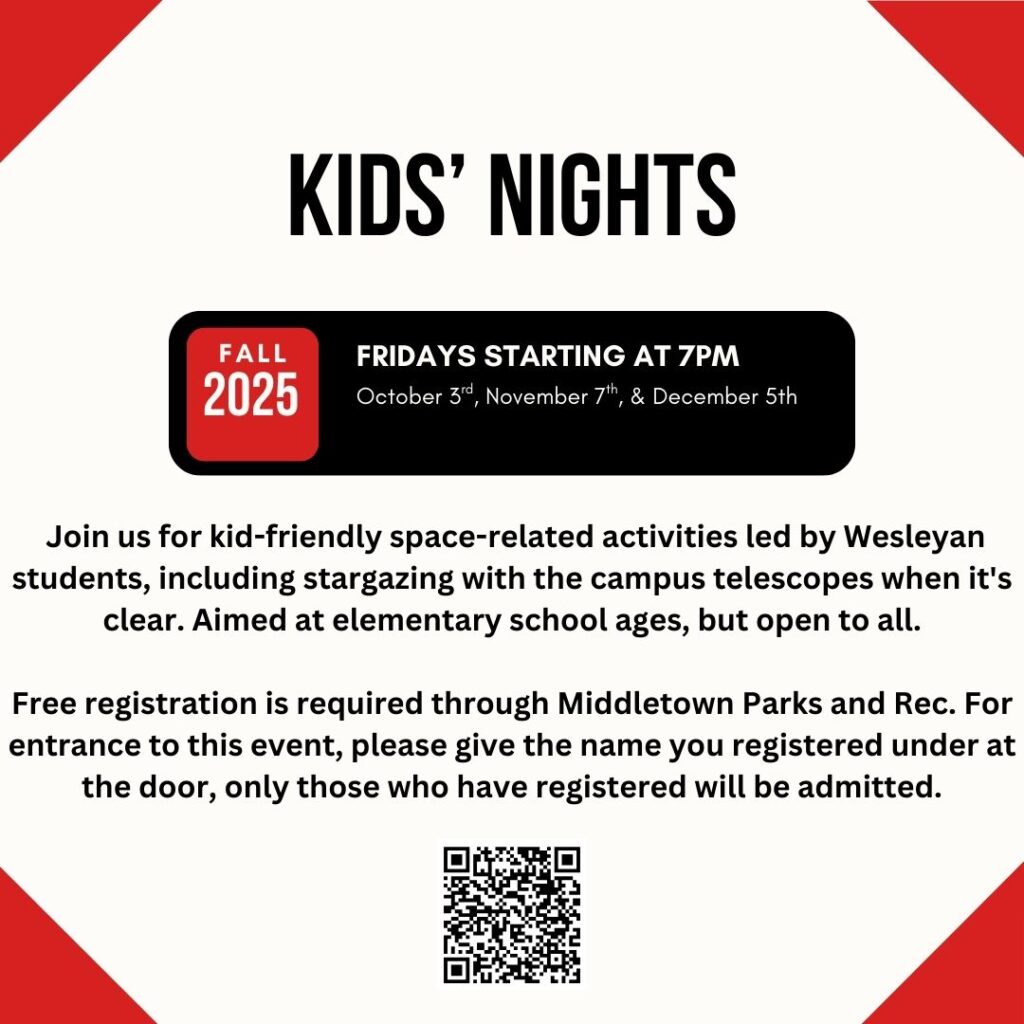
So Much to Celebrate!
Congratulations, Graduates!
Wesleyan’s 193rd Commencement took place on Sunday, May 25, 205 and we congratulated another outstanding group of Astro students. We know they are going on to amazing futures and wish them all the best post-Wes.
2025 Thesis Writers:
Louis Cedarbaum “Training a Convolutional Neural Network to Recognize Star Formation Activity From Simulated Galaxy Images”
Sofia Rinaldi “Playing with FIRE: An Investigation of the Kinematic and Morphological Evolution of Early Massive Galaxies Using Simulations”
Owen Gonzales “Chaotic Origins: Characterizing Bursty Star Formation in High-Redshift Galaxies with Cosmological Simulations”
Elias Mansell “Resolving Radial Substructures in Debris Disks with ARKS”
Katie Ciurleo “Identifying “True” Type 2 Seyfert AGN Candidates With Chandra and SDSS”
Cat Sarosi “The Secret Life of Disks: Investigating the Origins of Gas in the 49 Ceti Debris Disk”
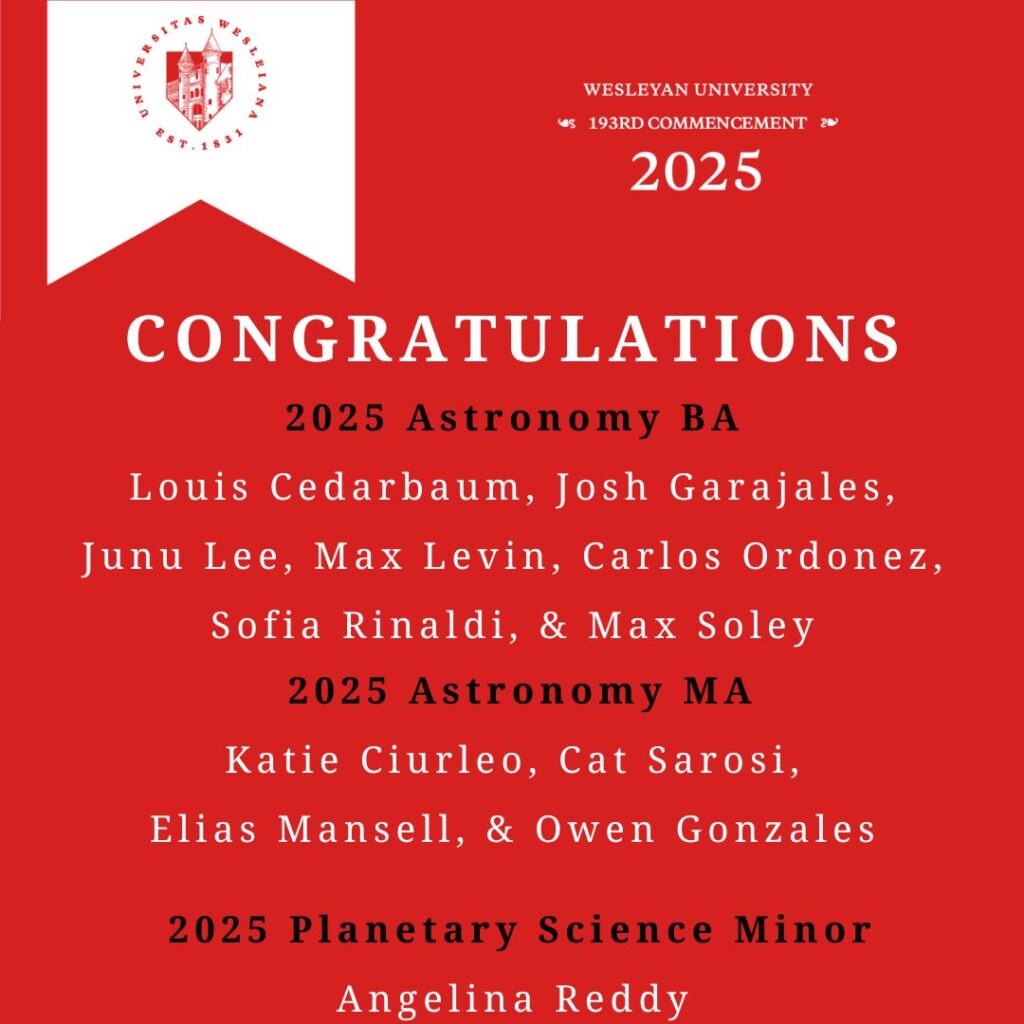

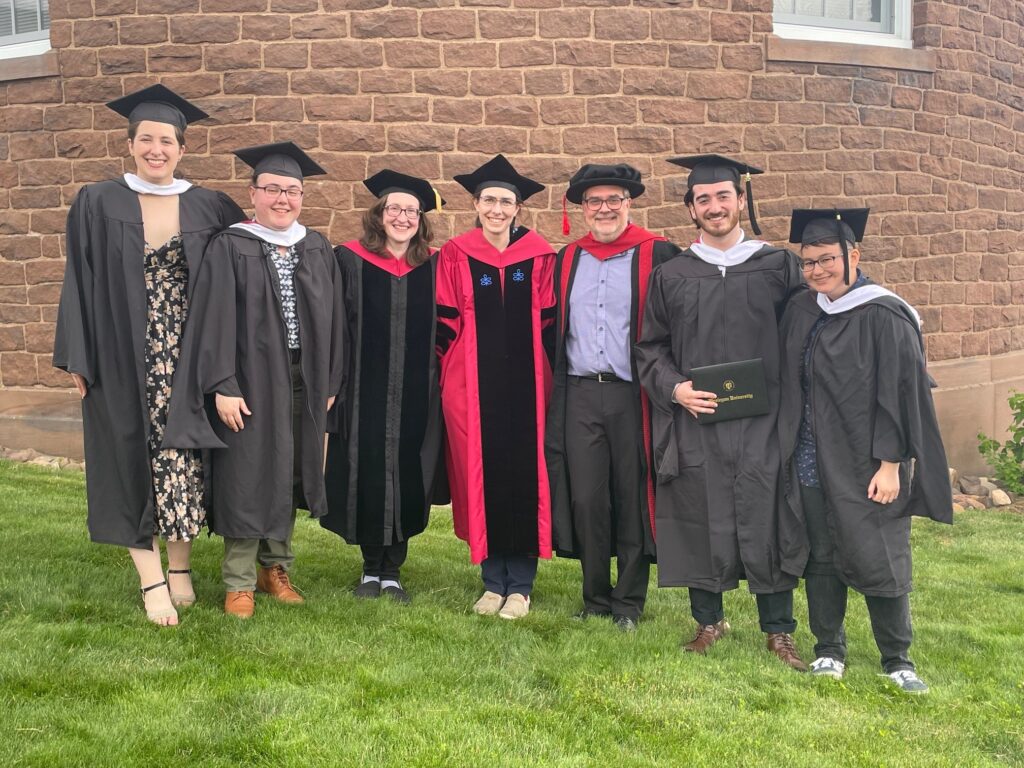
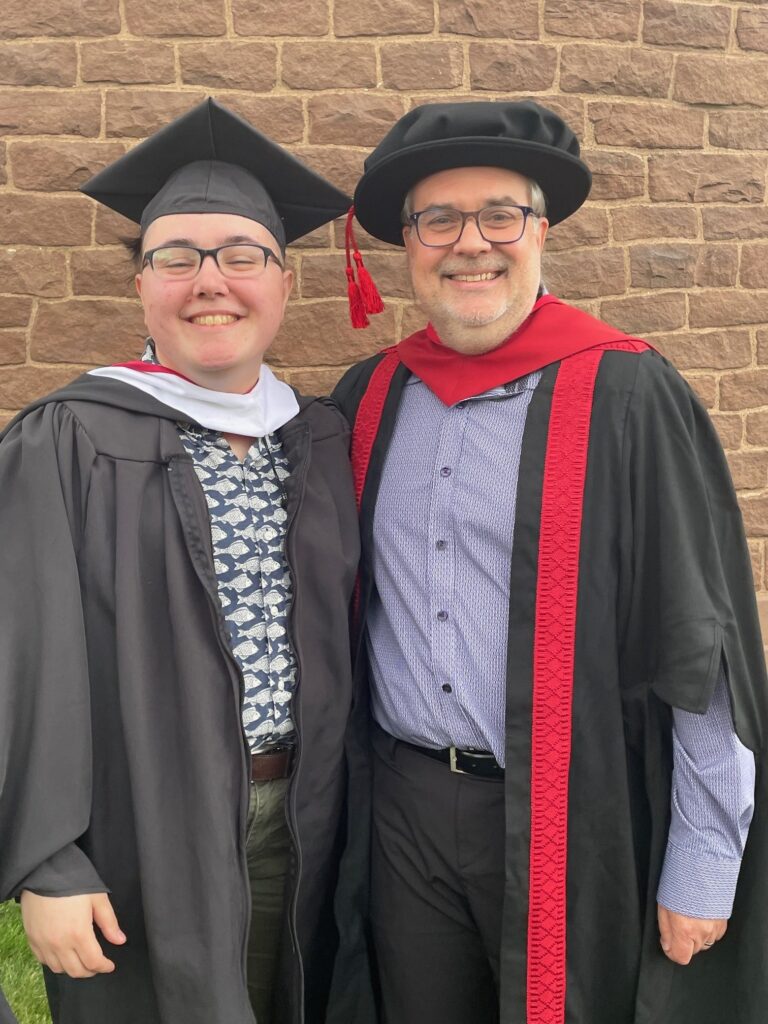
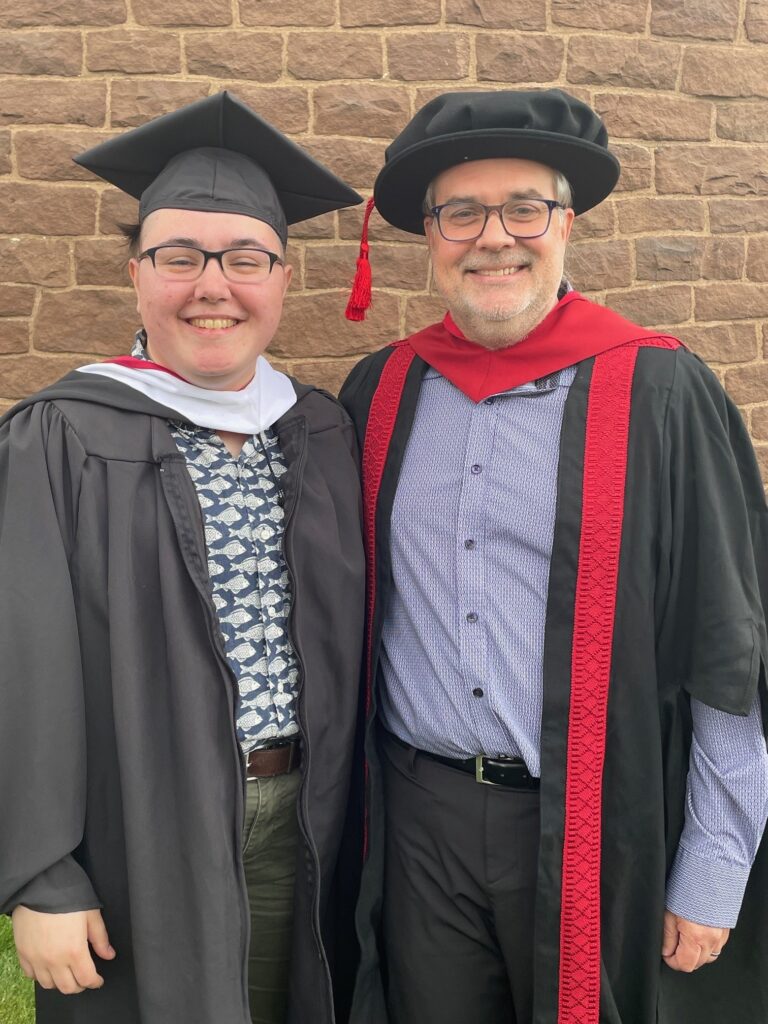
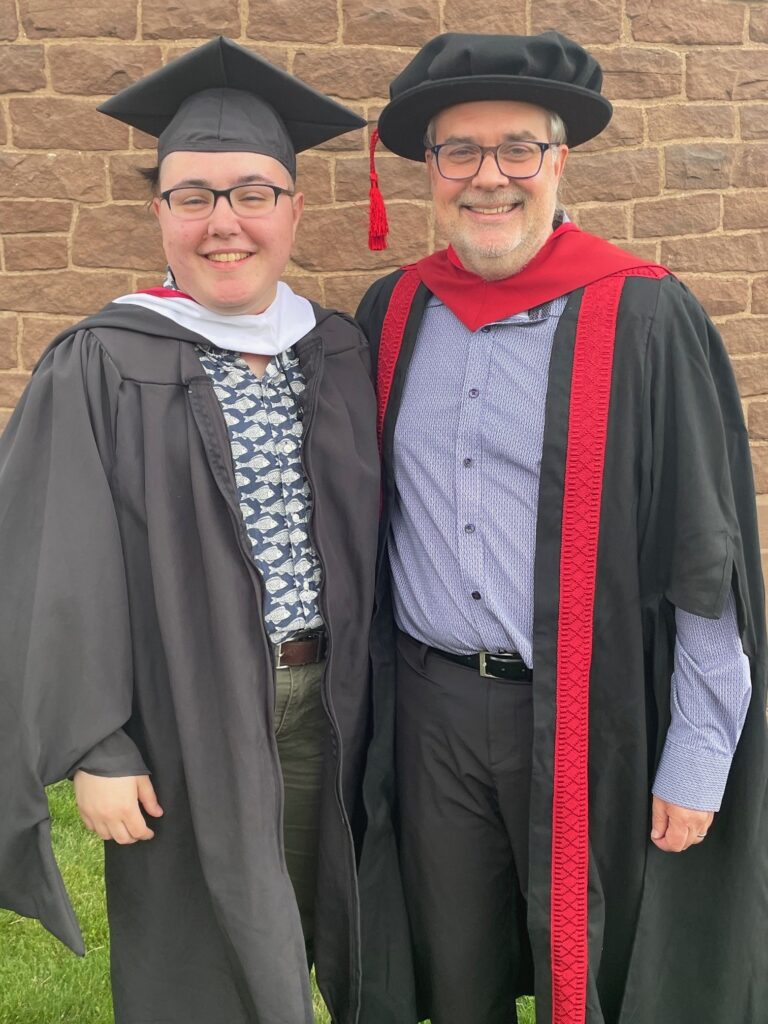

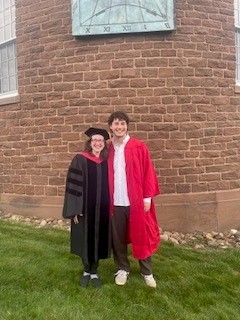
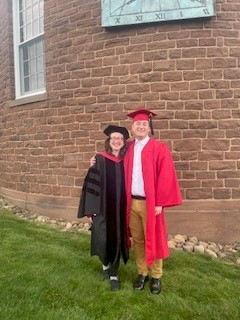
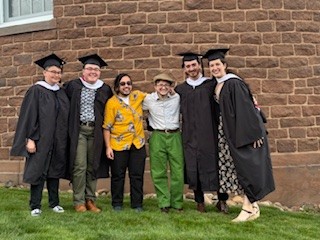
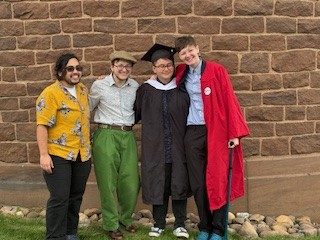
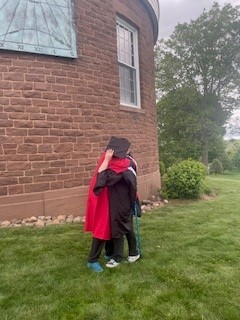
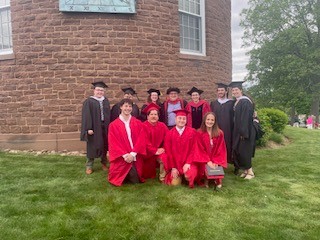
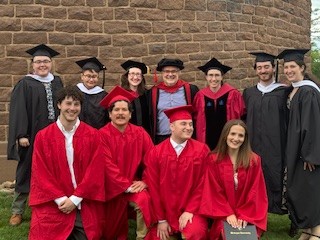
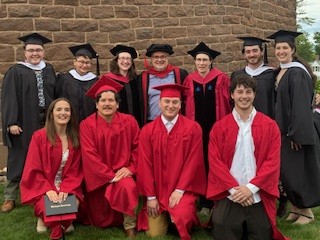
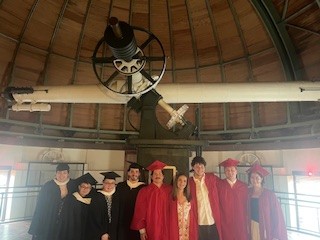
Student Achievements
During an uncertain time in scientific funding, we are thrilled to announce that some of our Astro Folks have received CT Space Grants to further their research.
Elias Mansell (BA ’24, MA ’25) won the CT Space Grant Graduate fellowship.
Parametrically Modeling the Radial Structure of Debris Disks With ARKS
The structure of debris disks can provide insights into the dynamics, formation, and evolution of planetary systems, yet previous observations of these objects at millimeter wavelengths have been limited by the large time investment necessary to resolve their faint emission. The ALMA survey to Resolve exoKuiper Substructures (ARKS) has observed 18 debris disks at 850 μm at high resolution and fit parametric models to the data using MCMC methods. Results from these models indicate that the radial substructures of debris disks differ from those found in protoplanetary disks. This research supports the NASA Planetary Science and Exoplanet Exploration strategic objectives.
Caroline Kilian (CCSU student and Research Assistant with Prof. Hughes) won an undergraduate research grant through CT Space Grant for her work with Prof. Hughes’ research group.
Measuring Dynamical Masses of Gas-Bearing Debris Disk Host Stars
Astronomers have long relied on indirect methods of measurement for determining stellar mass, primarily by comparing stellar evolution models to photometry and spectroscopy of the stellar atmosphere. Opportunities for performing direct mass measurements are rare. One way this analysis is possible is measuring the velocity of gas surrounding a star and applying Kepler’s Third Law. This project will use data from Gaia and ALMA to determine the dynamical mass of a twelve-star sample in order to test the accuracy of stellar evolution models for a population of older and more isolated stars than previous studies have investigated.
Additionally, the following students won CT Space Grant Student Travel Grants during the 2024-2025 academic year:
Katie Ciurleo (MA ’25) for travel to present at AAS – Identifying “True” Type 2 Seyfert Candidates in the Chandra Source Catalog CSC2.1p.
Cat Sarosi (MA ’25) for travel to AAS Winter Meeting.
Owen Gonzales (BA ’24, MA ’25) for travel to AAS Winter Meeting.
Elias Mansell (BA ’24, MA ’25) for travel to AAS Winter Meeting to Present Research for ARKS.
Sofia Rinaldi (BA ’25) Was awarded an imaging prize last summer.
Faculty News
We have some exciting faculty news to highlight:
Prof. Roy Kilgard has held many different position titles since he arrived at Wesleyan in 2007, but we are delighted to announce that this year he was promoted to full Professor of the Practice, and is among the first cohort to attain automatically renewable “evergreen” contracts. Congratulations, Roy!
Prof. Seth Redfield’s appointment as an endowed chair, receiving the Fisk Professorship of Natural Science which was established in 1839.
Prof. Meredith Hughes’ AAS Plenary Lecture: The Missing Link: Planet Formation from Millions to Billions of Years, took place at the AAS Meeting in Alaska on Tuesday, June 10, 2025.
Prof. Sarah Wellons was awarded a NASA award for her work in computing.
Prof. Ed Moran will be stepping down as Director of Graduate Studies, Ed has been in this position since 2020. Thank you, Ed for your years of service and continued support of the Wesleyan University Graduate Students.
Long time, no post
Our department has been very busy between Astro Events, conferences, and construction at VVO — here are some updates.
Commencement
We celebrated the Class of 2024: some went off to grad school, some stayed here for their BA/MA, and some went on to other adventures. Here are some of our favorite photos of the day, we are so proud of these students!
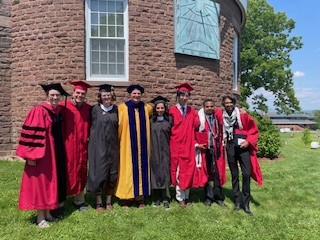
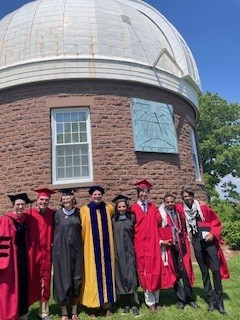
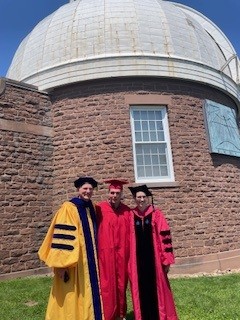


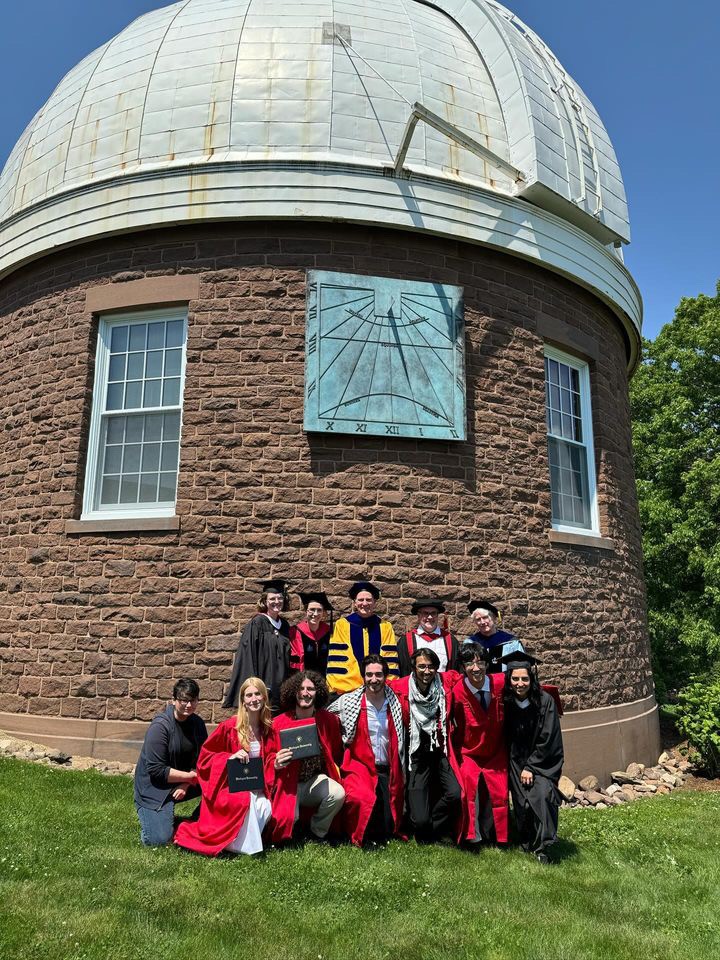
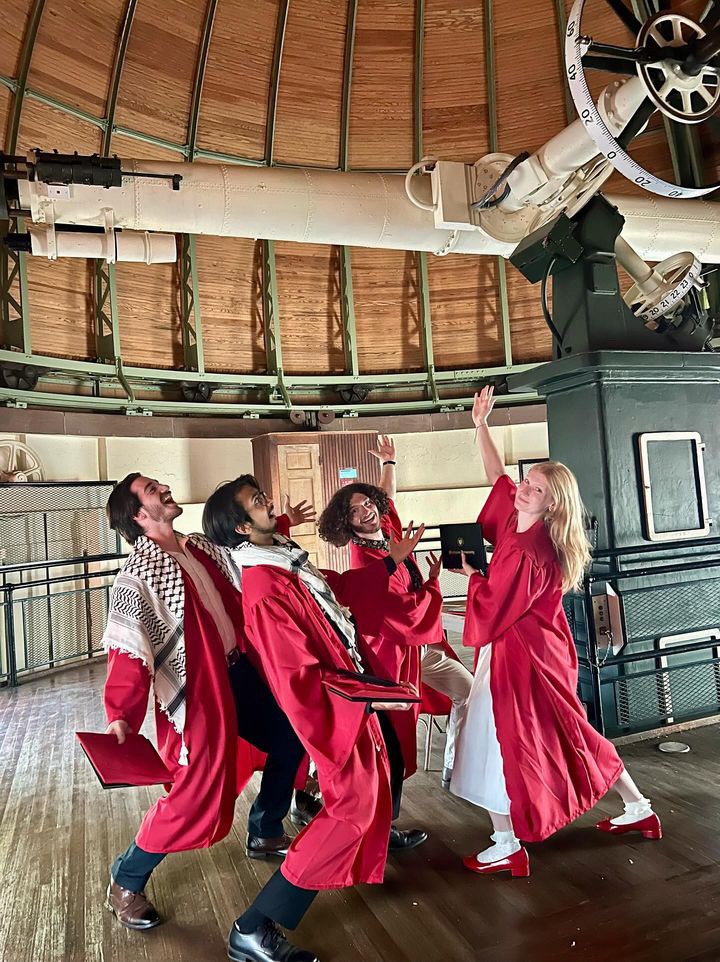
Research in Science Symposium / Summer Construction
Over the summer months, our students worked with faculty mentors on research which culminated with a Symposium hosted in Exley. We had ongoing construction over the summer, which had everyone working together in the library and/or the upstairs classroom. It was not our typical summer, but it seemed to work and grew closer, literally, as a department. The upside is that Van Vleck Observatory now has functional AC for the summer and no more of the ancient steam radiators for heating in the winter.
StarGAYzing
In October we held our second annual StarGAYzing Event in partnership with Middletown Pride. It was a great event with lots of science and inclusion. Our students gave talks, did demonstrations, and ran the telescopes for the evening. We could not have asked for a better night.
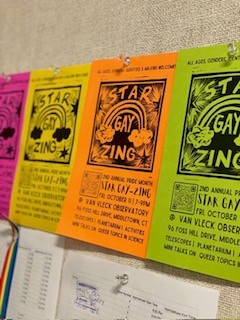
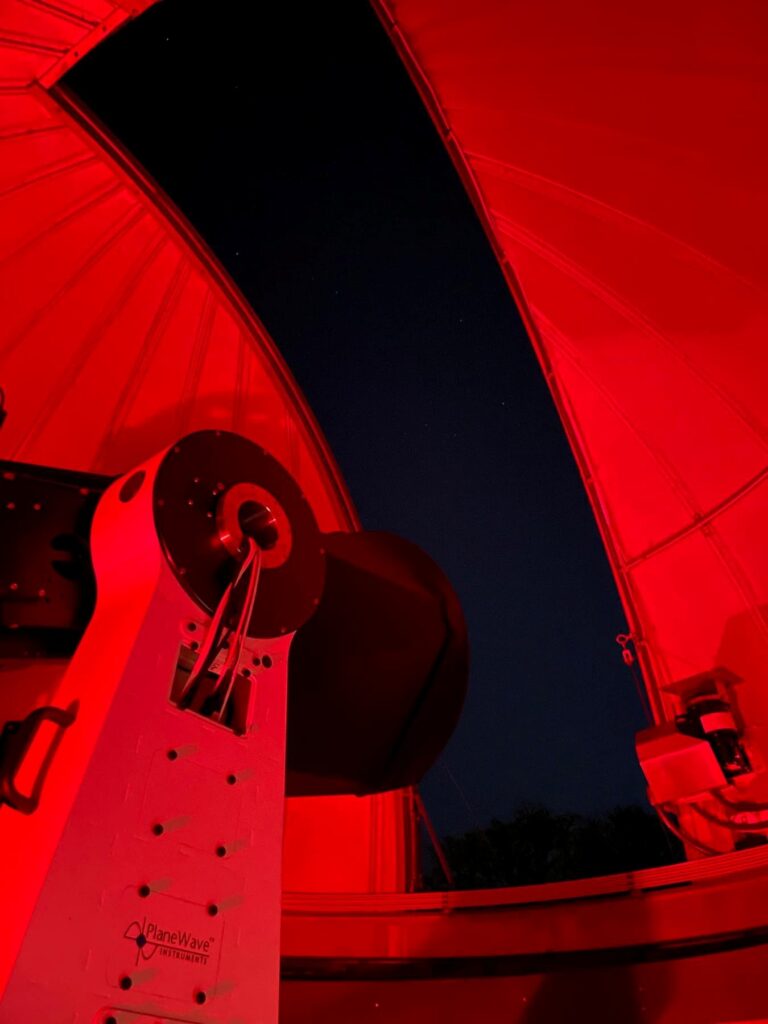

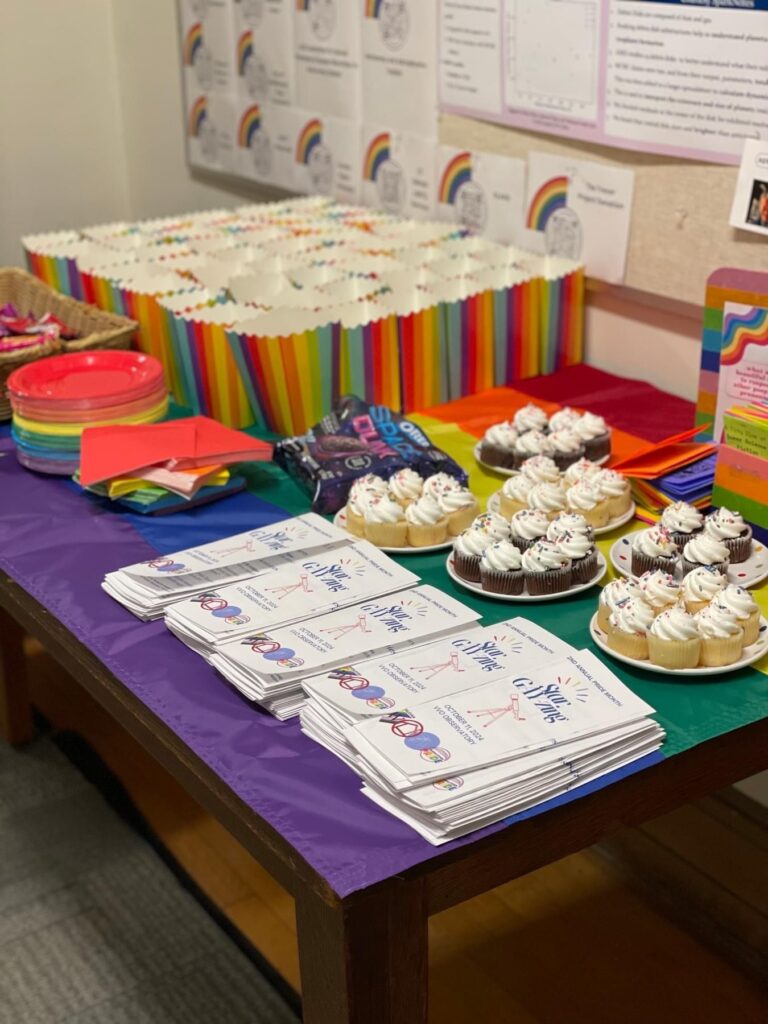
Other Astro News
We had a busy Fall Semester with a group of students and faculty going to Colgate for the KNAC Fall Symposium. Space Nights, Kids’ Nights, Colloquiums, and other events have kept us busy. Over Spring Break, Prof. Meredith Hughes took a group of students to Green Bank Observatory in West Virginia. We working to navigate the changes that have been arising with grants and funding just as many other institutions and departments are during this time. We are gearing up for the Sturm Memorial Lecture this month and Commencement next month. We will sneak in whatever events we can from now until May and then will welcome our summer research students on June 2nd. Soon (or possibly when you’re reading this) the new website will be launching and we can’t wait to see the end results.
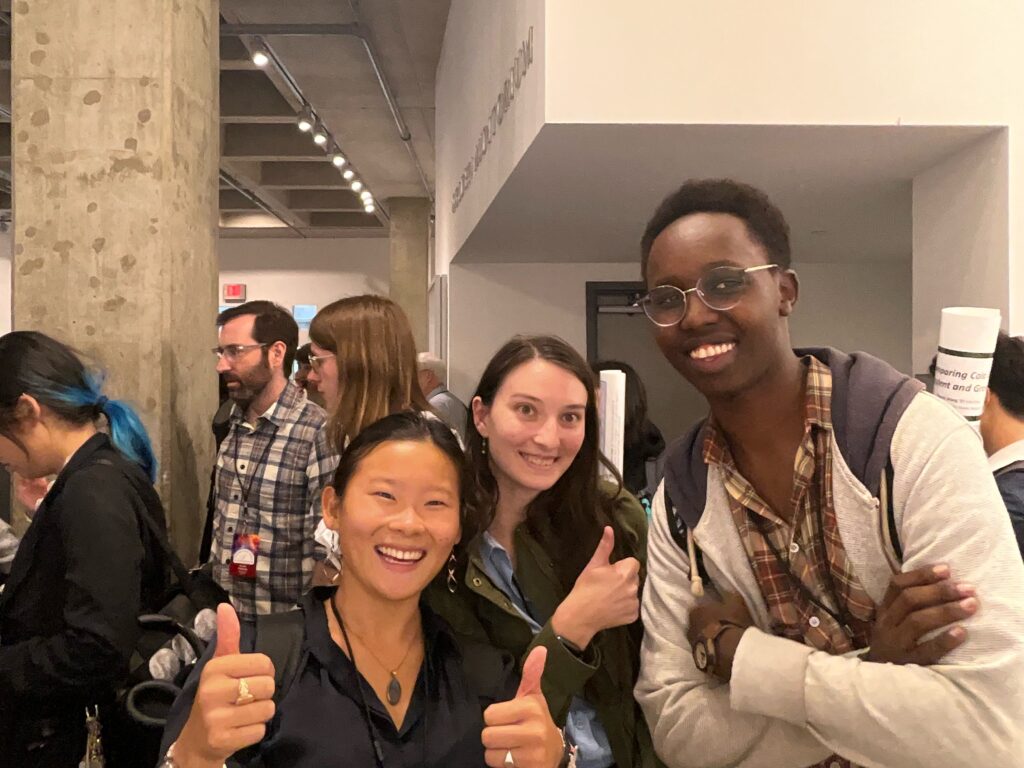
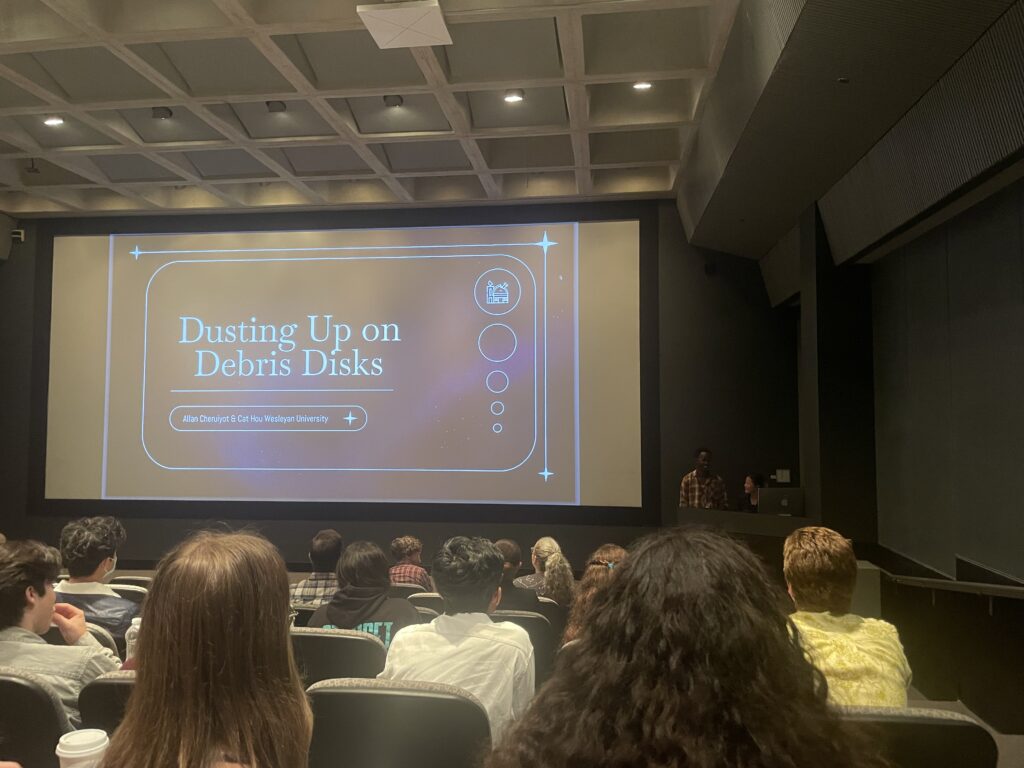

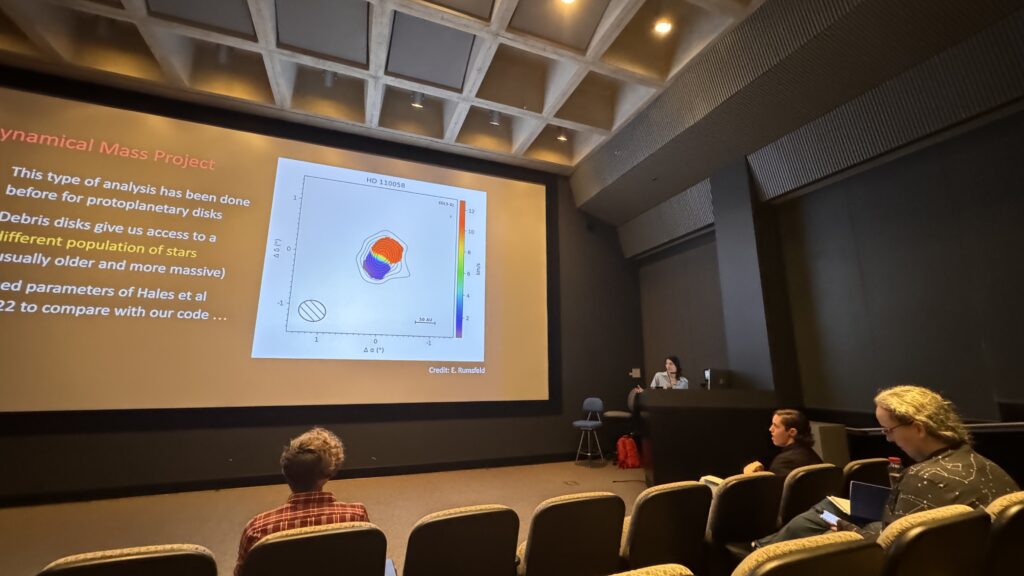

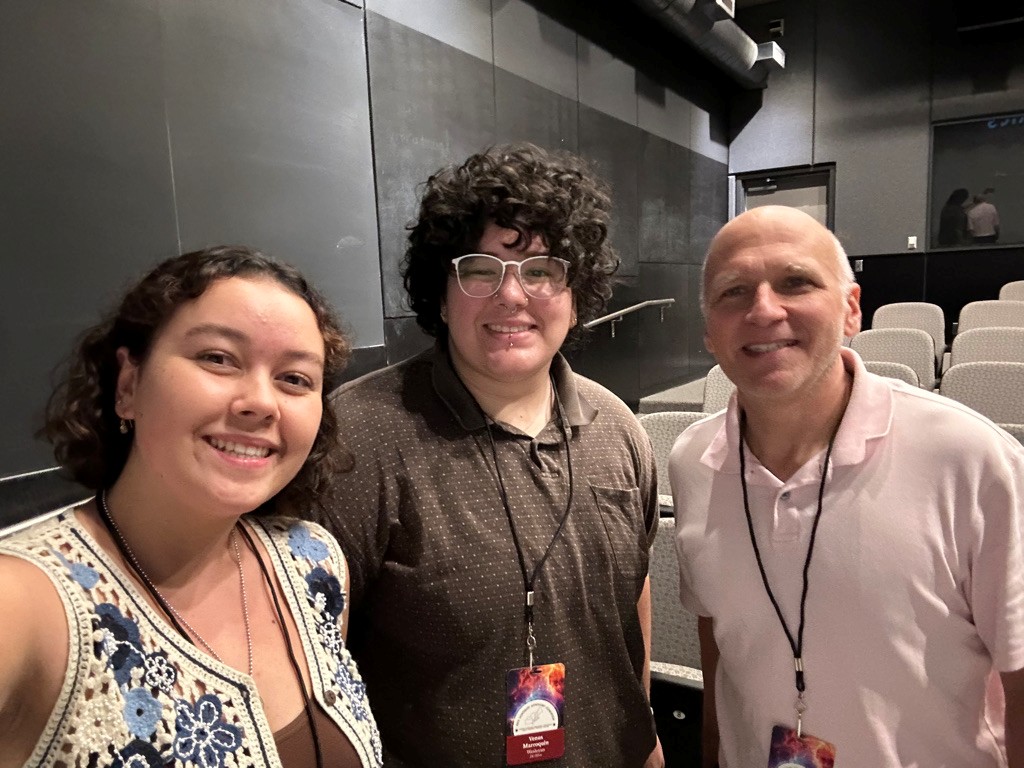
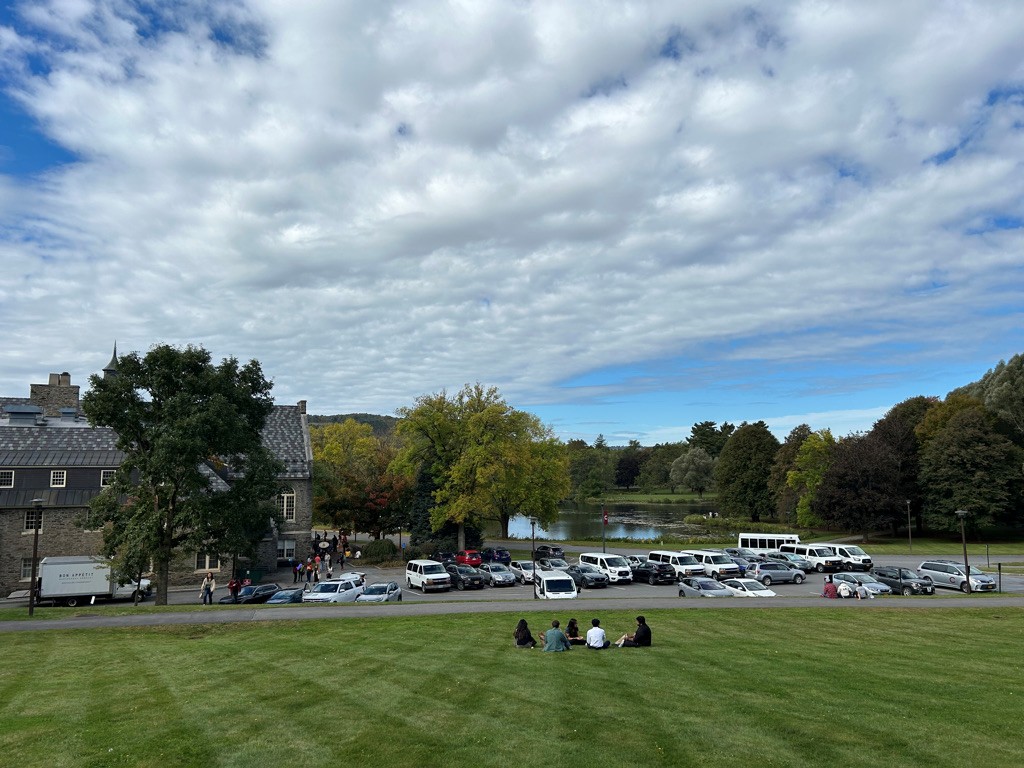
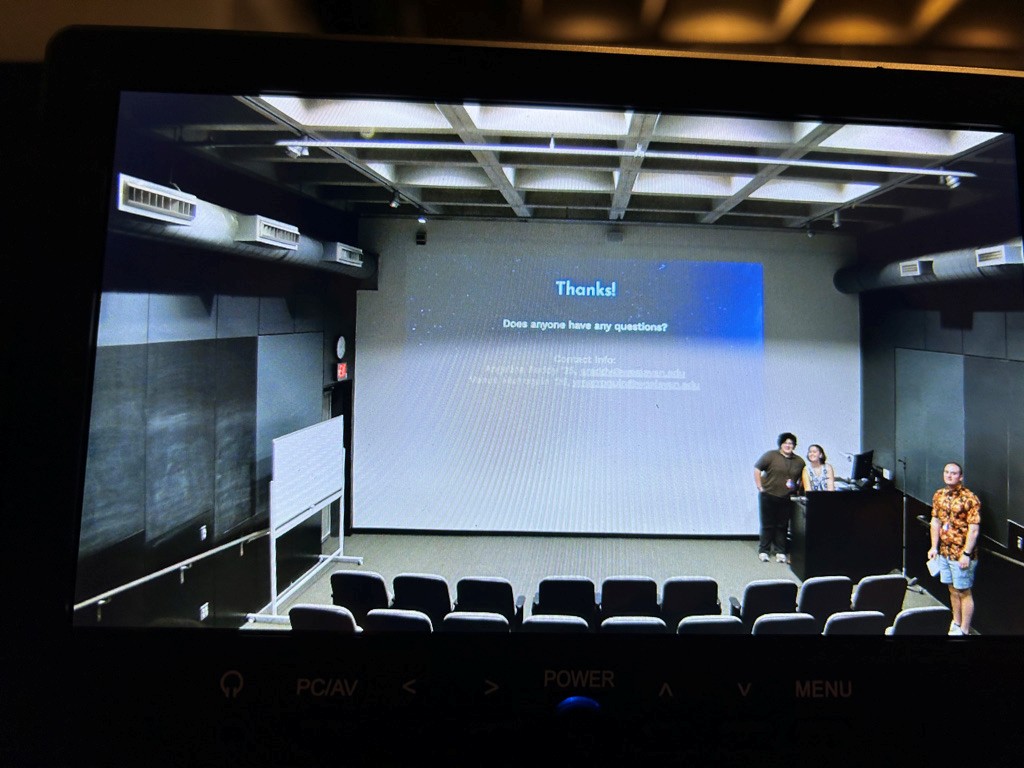
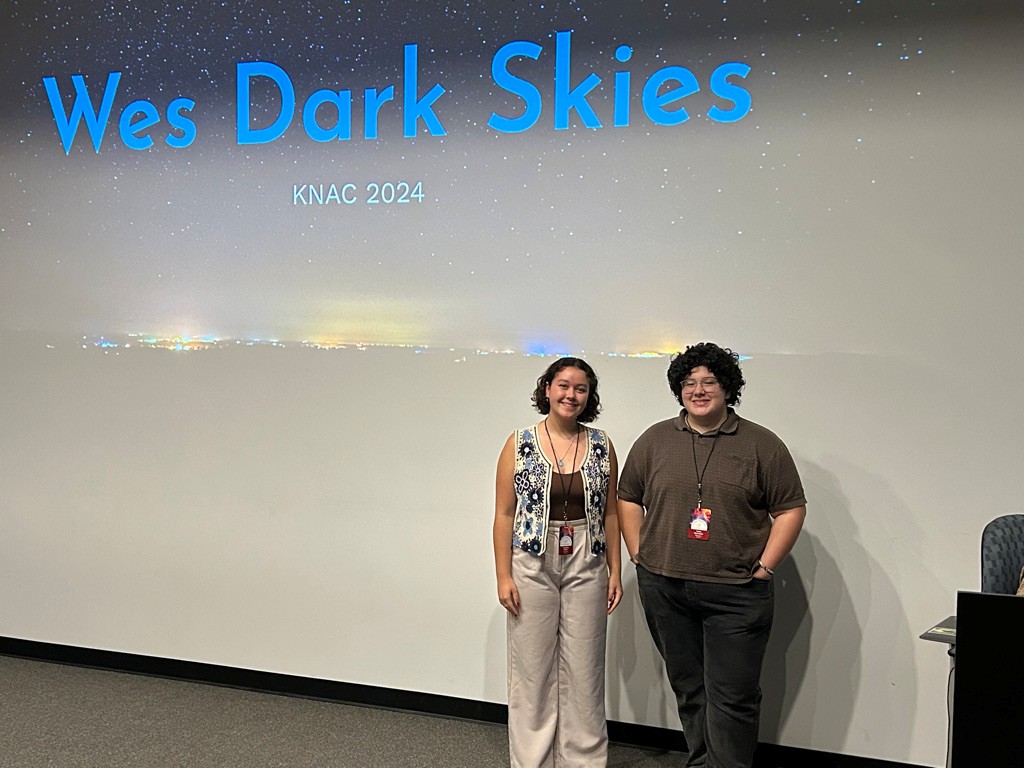
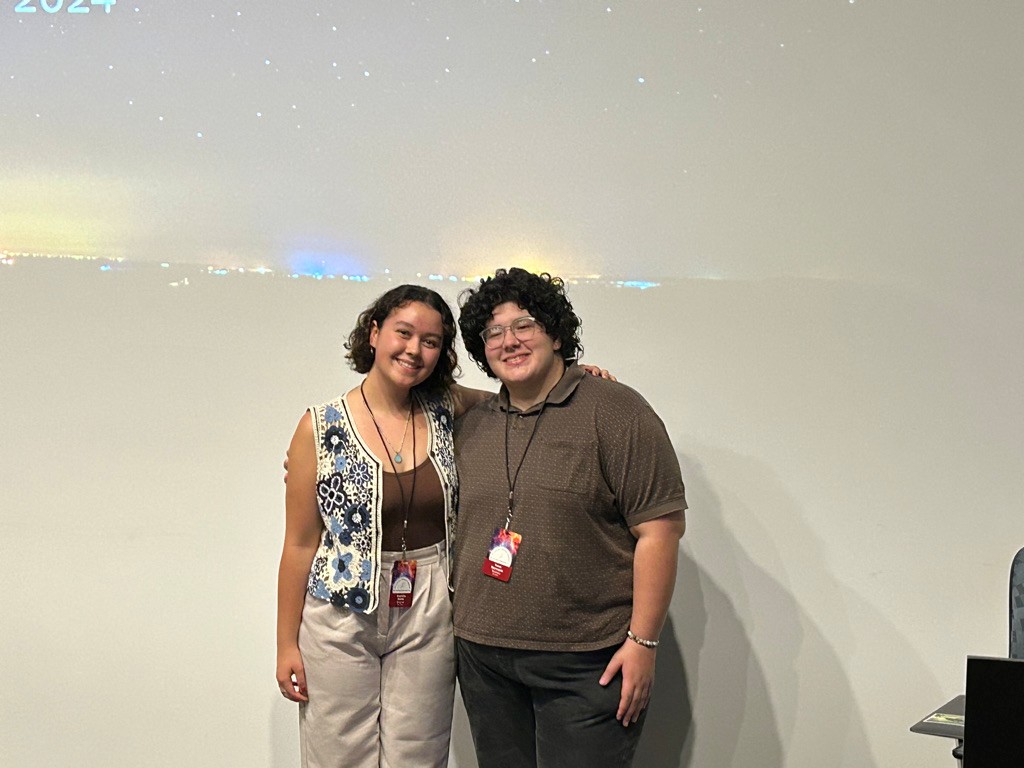
April 2024 – Senior Thesis Champagne Pop, The Sturm Lecture, and Dark Skies Event
Senior Thesis Champagne Pop
4 p.m. on April 17th marked the senior thesis deadline signaling the tradition of seniors popping champagne bottles on the steps of Olin Library. Here are some of our 2024 Seniors.
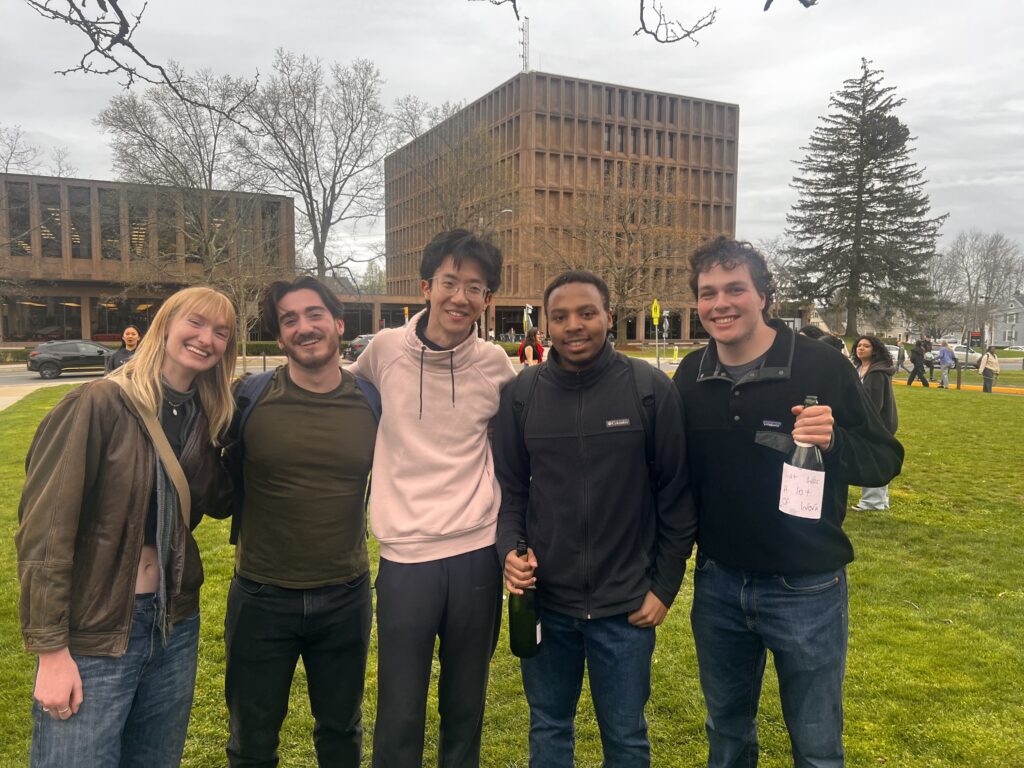

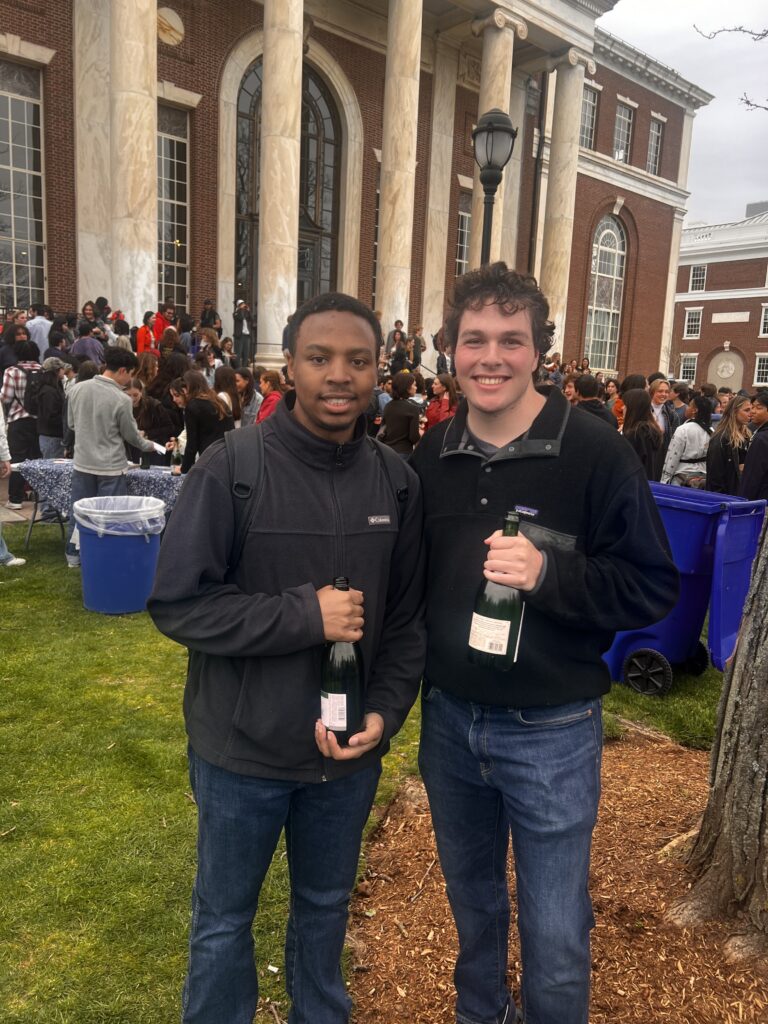
The Sturm Lecture
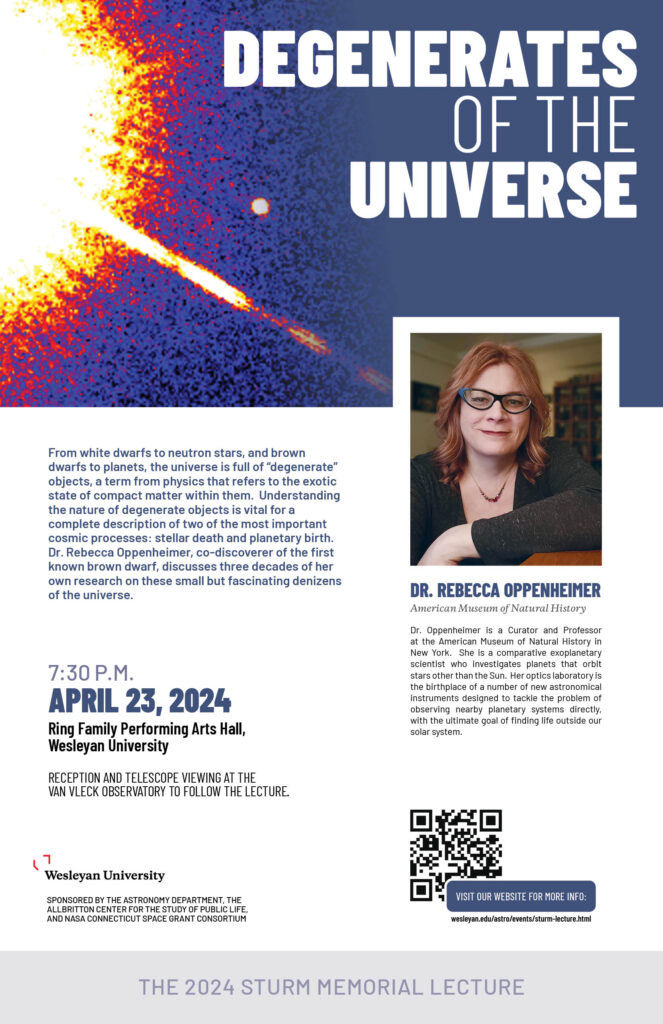
From Monday, April 22nd through Wednesday, April 24th we were honored to have Dr. Rebecca Oppenheimer join us on campus as the speaker for the 2024 Sturm Memorial Lecture. During her visit, Dr. Oppenheimer graciously gave two lectures and met with various members of our department and the Wesleyan Campus. We held a reception after her first lecture which was open to the public for observing.
Elias Mansell BA’24/MA’25 wrote an article for the Wesleyan Argus linked here about this event.
Night Sky Celebration Don’t Let the Milky Way Go Extinct!
This event was the culmination of the Dark Skies Advocacy Group’s student forum. The event took place on Friday, April 19th at Van Vleck Observatory from 7-10pm.
Guests were invited to soak in the splendor of a dark night sky and learn about urgent threats to the space environment. Activities for all ages included a guided moonlit walk, stargazing through modern and historic telescopes, student talks, science demonstrations, and a planetarium star show. Snacks were provided and the event was well attended.
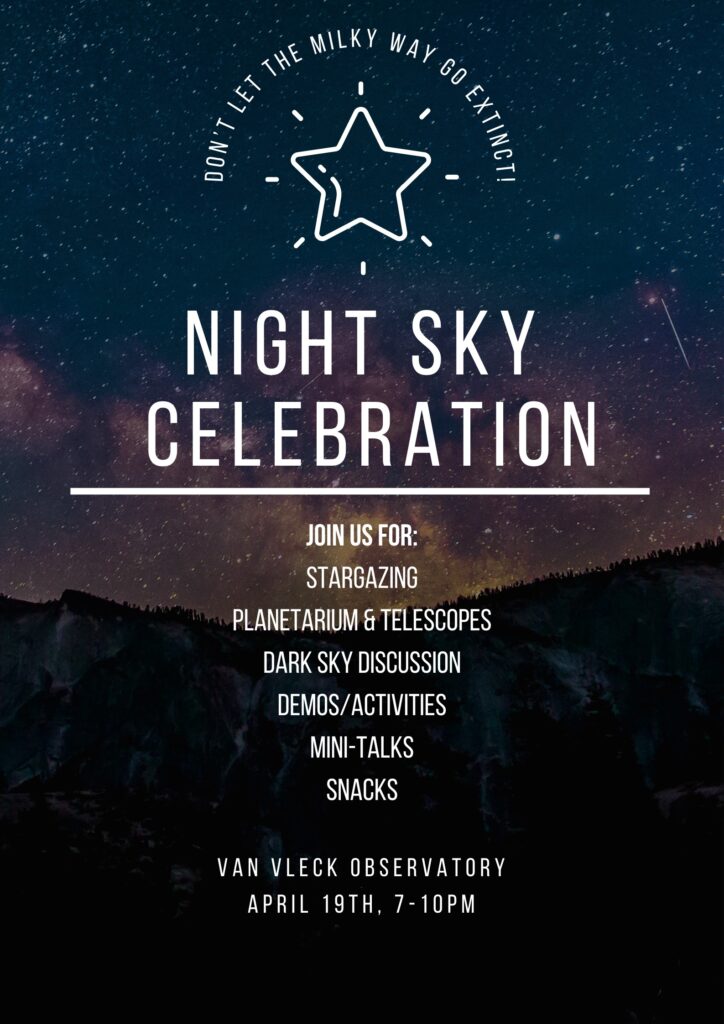
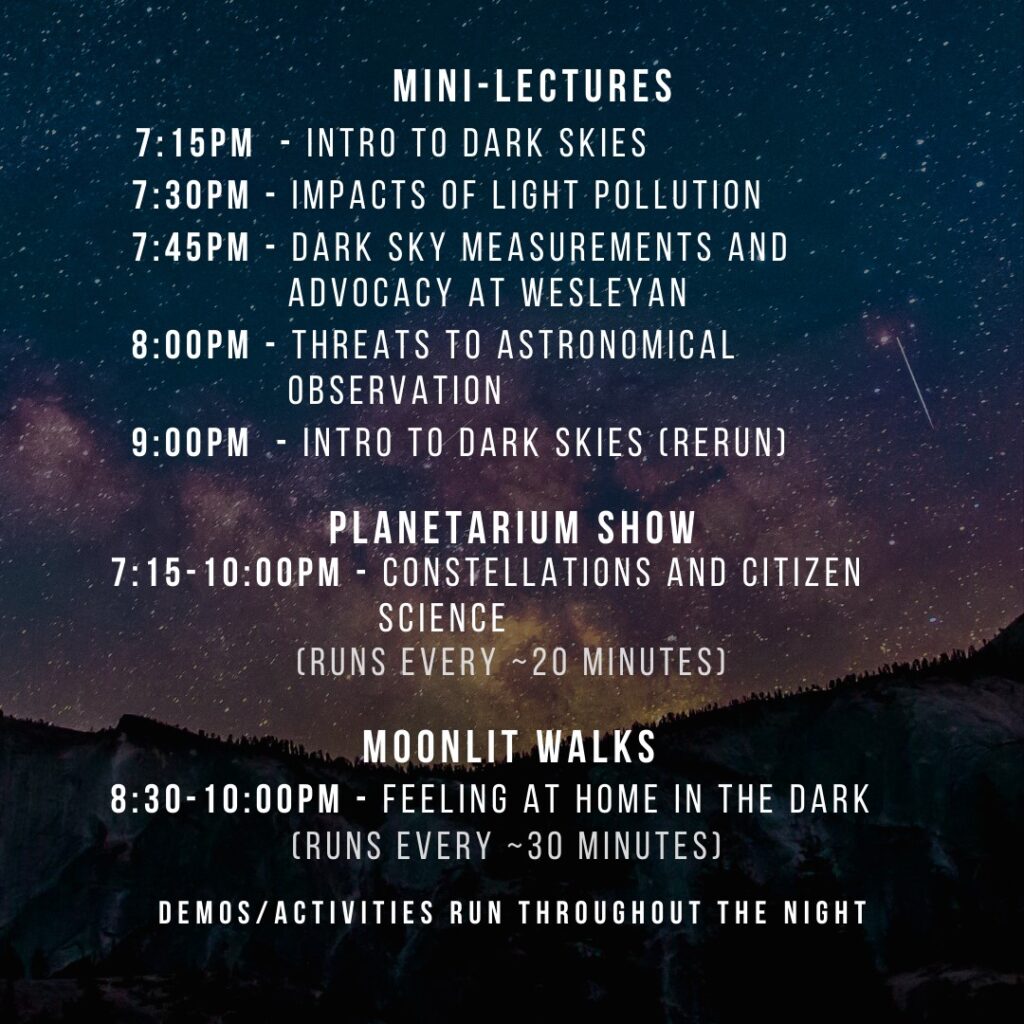
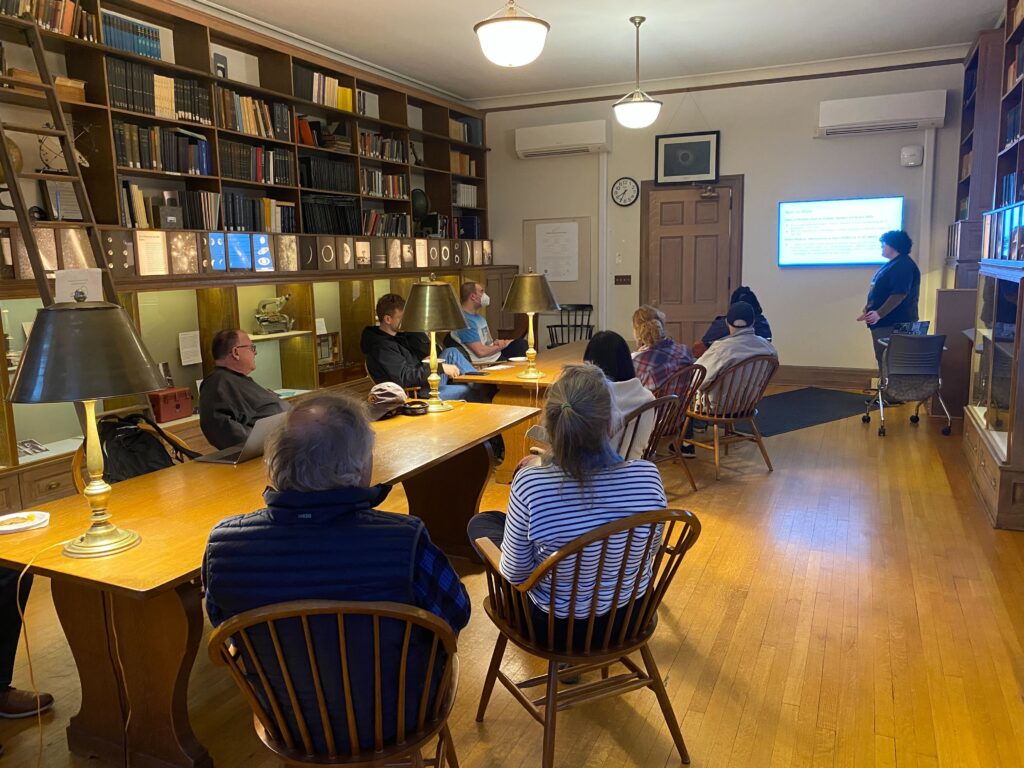
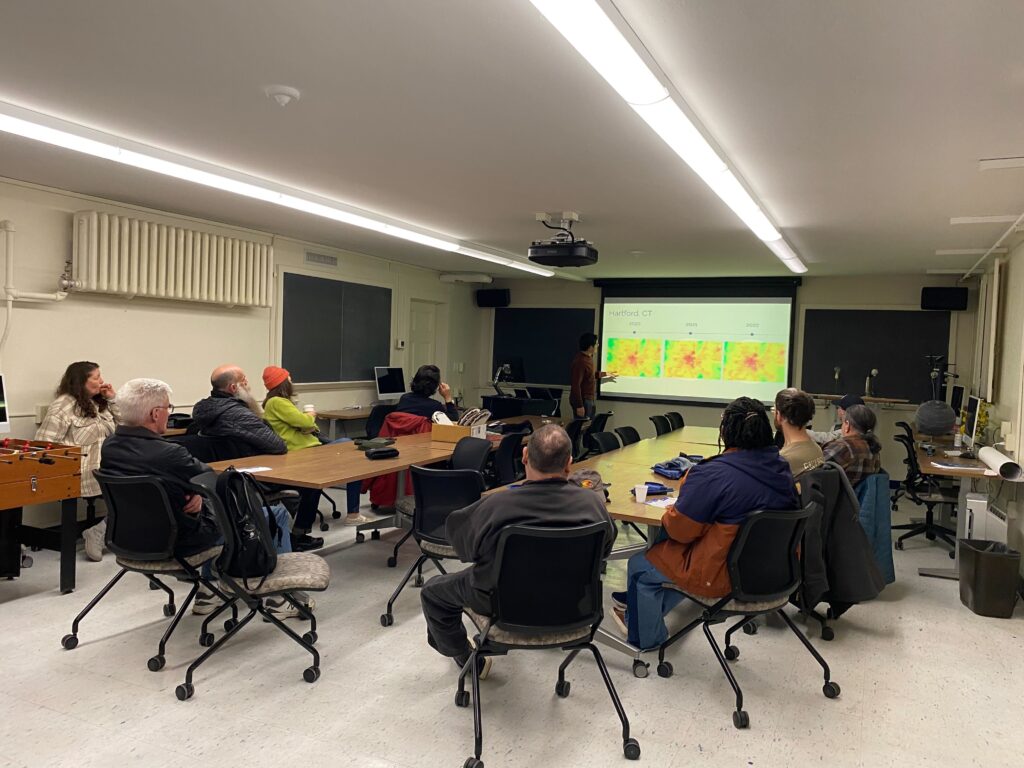
2024 Solar Eclipse
On Monday, April 8, 2024 Middletown, CT experienced a partial solar eclipse and a total solar eclipse was visible in parts of North America, Mexico, and Canada. With such an amazing event happening locally, our students and one of our postdocs jumped to action to host an on-campus event open to the Wesleyan Community and the public, here are some photos.
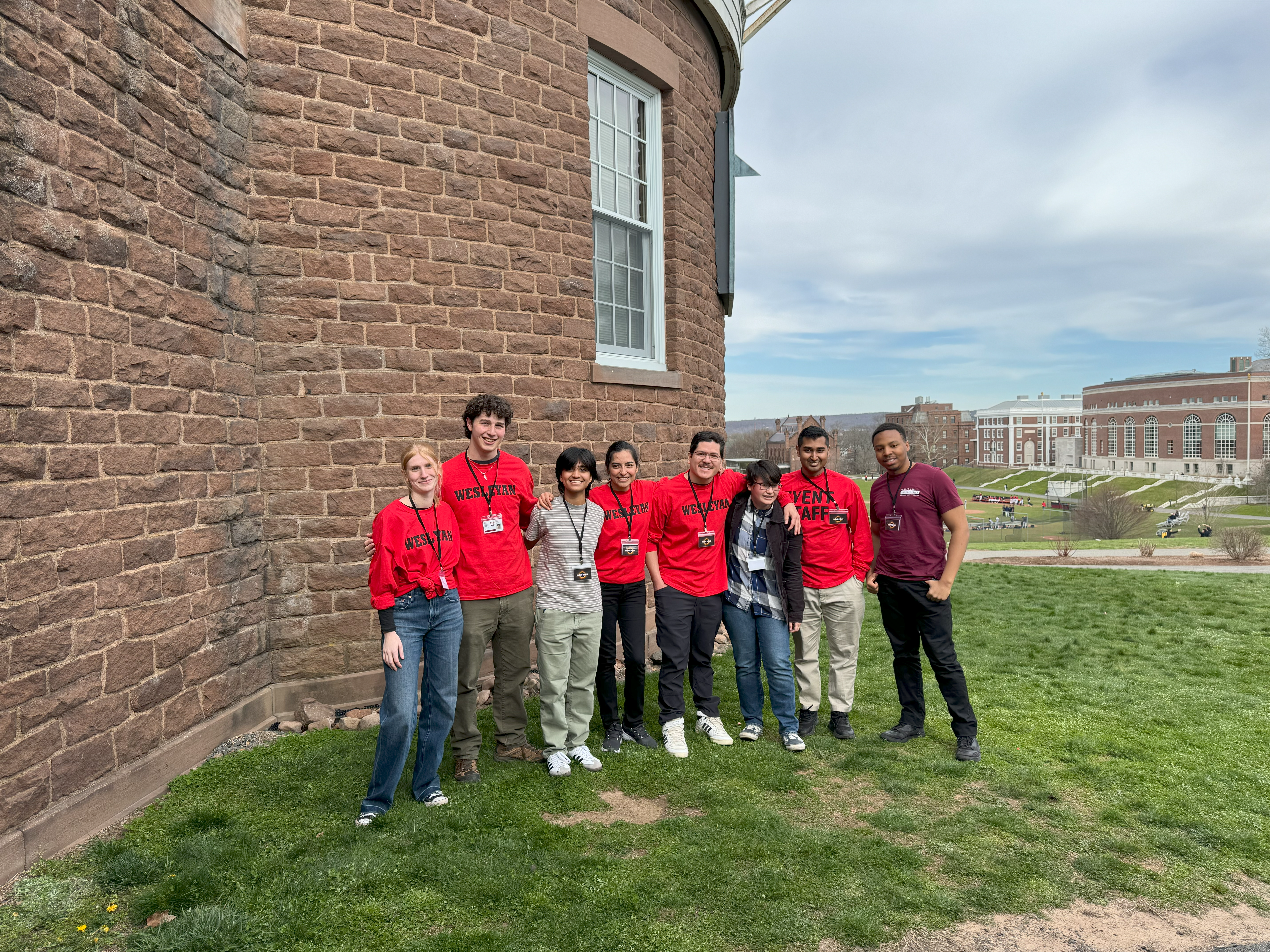
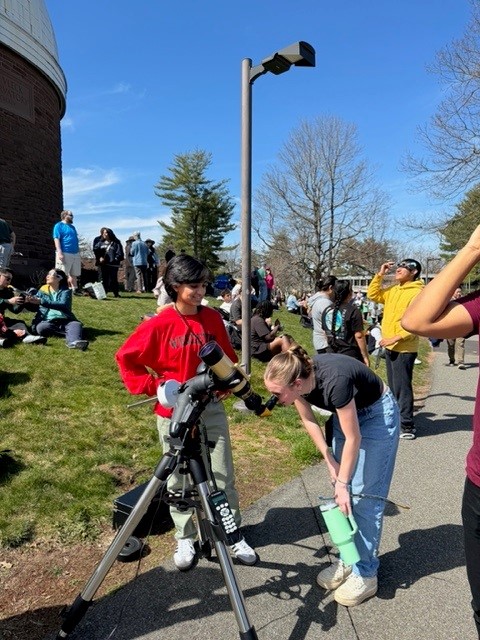
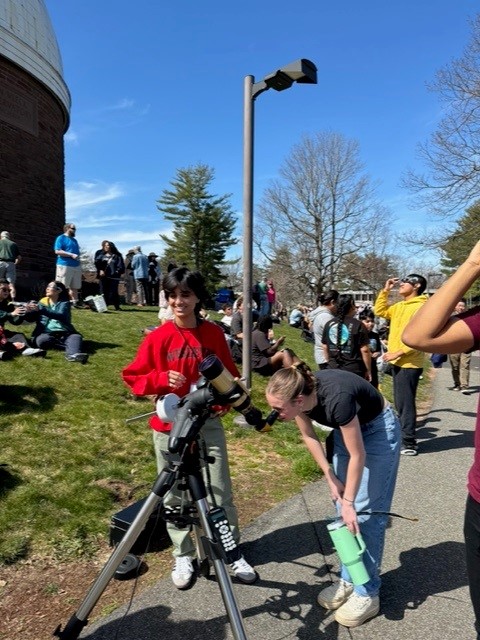
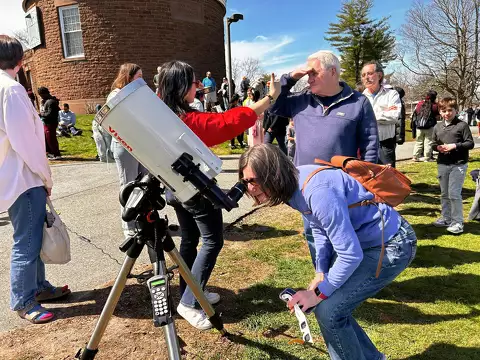

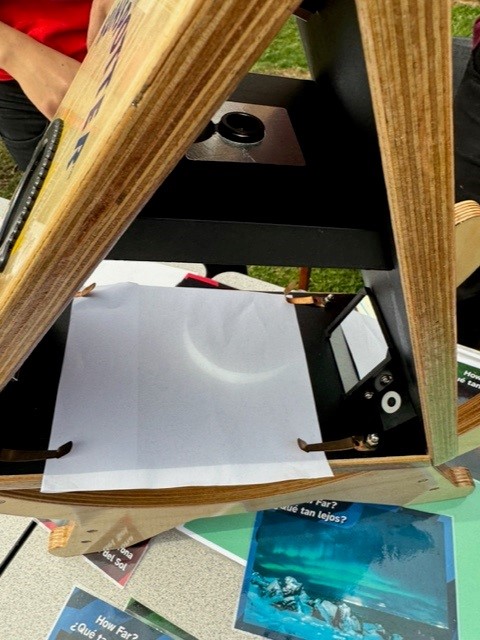
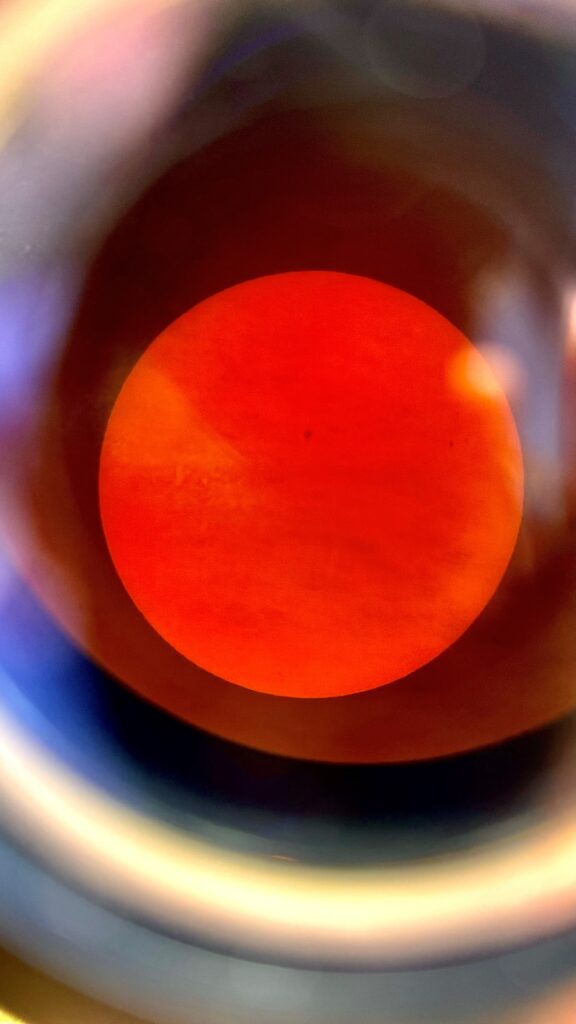
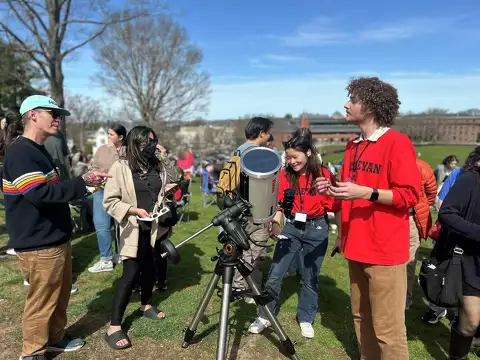
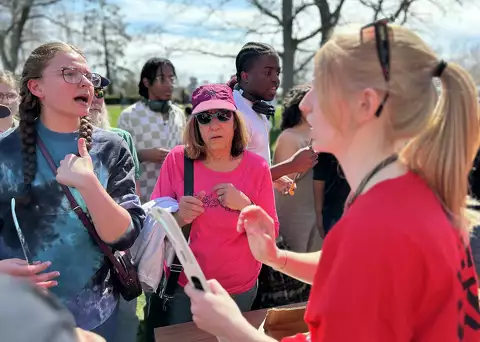


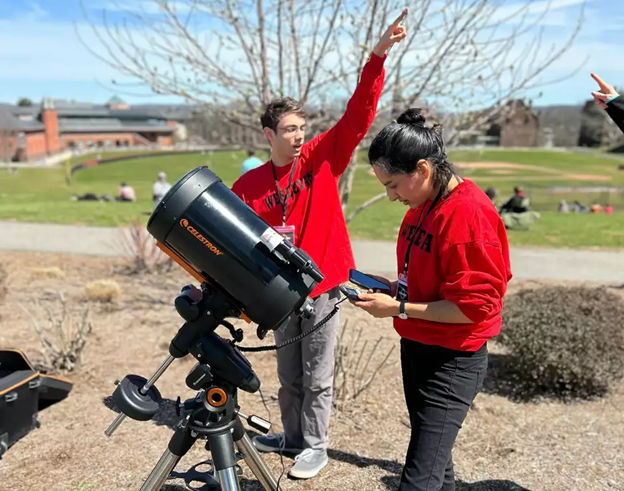

A special thank you to our friends at Russell Library in Middletown or co-hosting this event with us and providing additional eclipse glasses to distribute to attendees.
Where in the World were other Wes Astro Department Members?
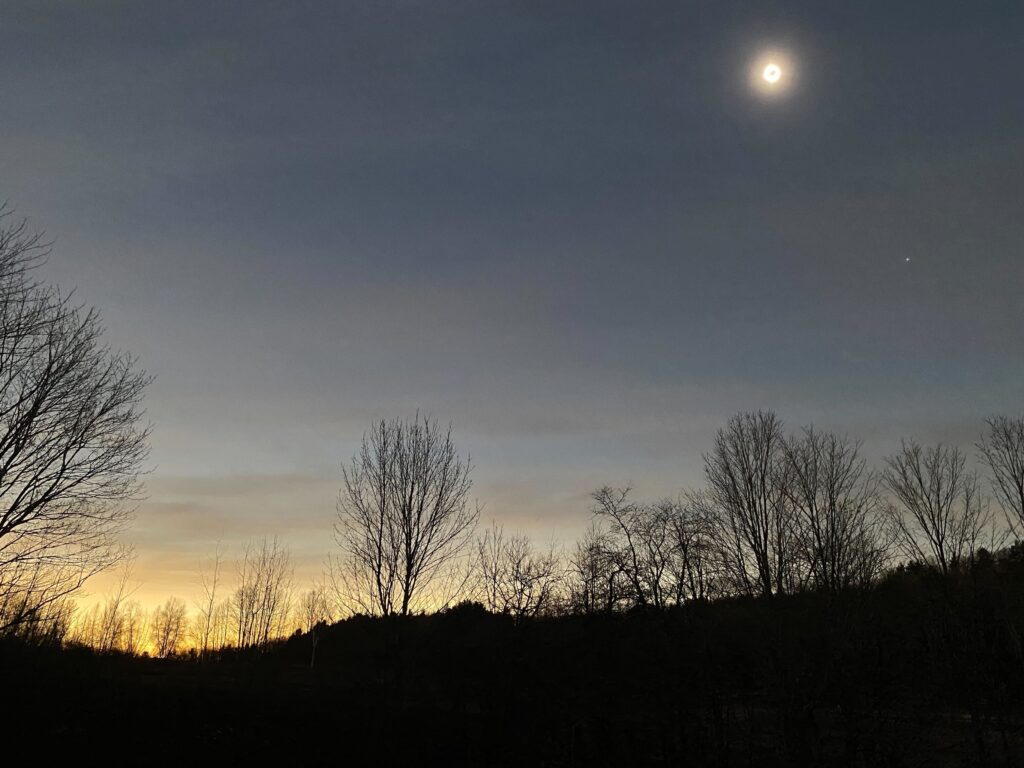
Jericho, VT
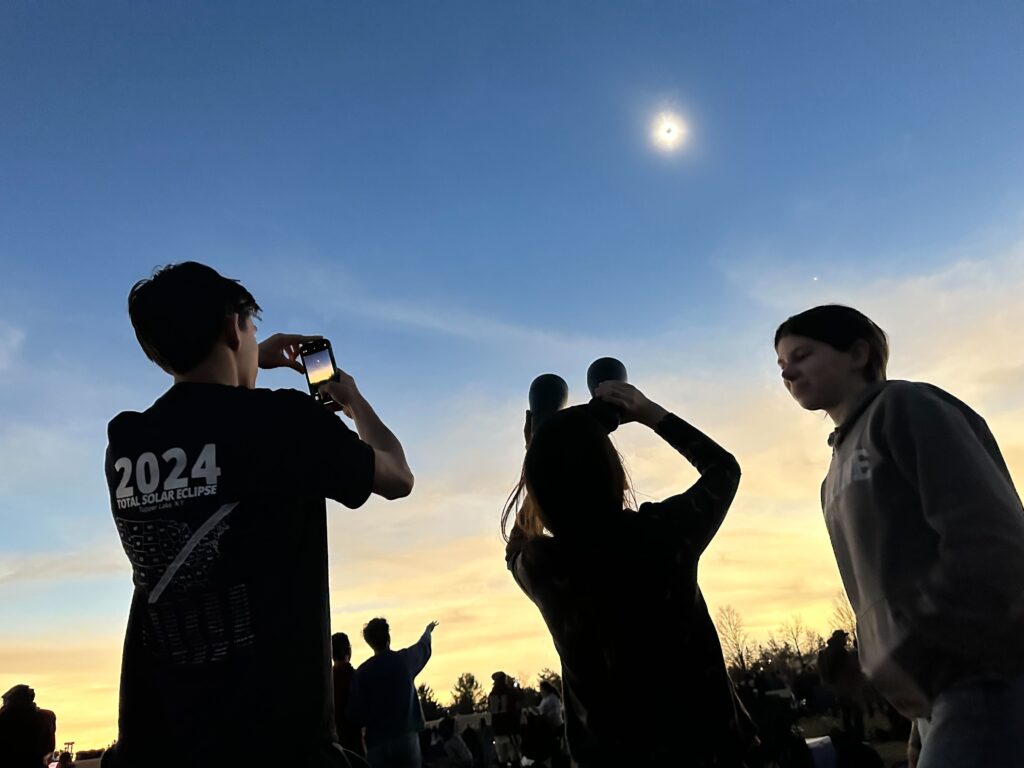
Tupper Lake, NY
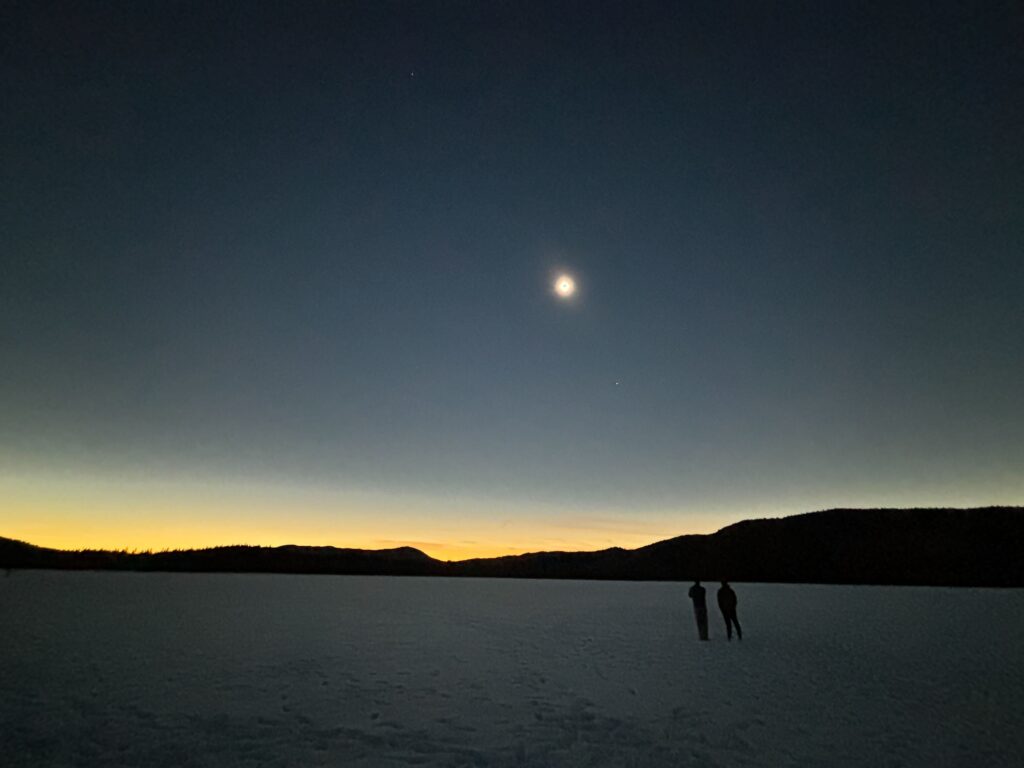
Connecticut Lakes State Forest, NH
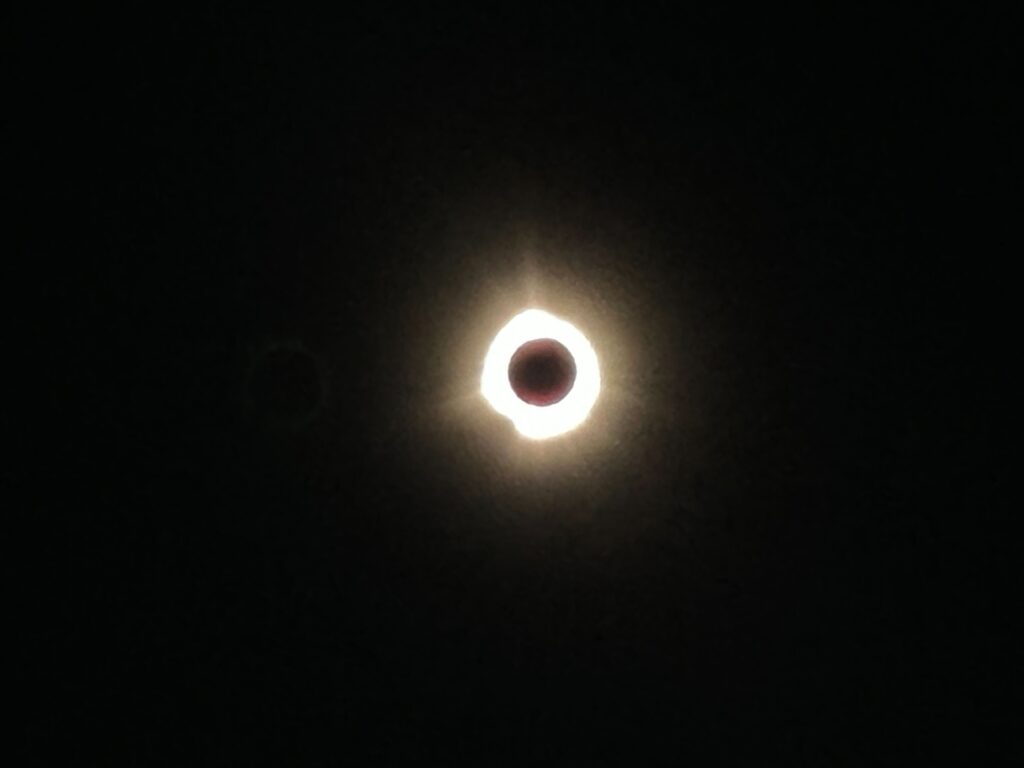
Connecticut Lakes State Forest, NH
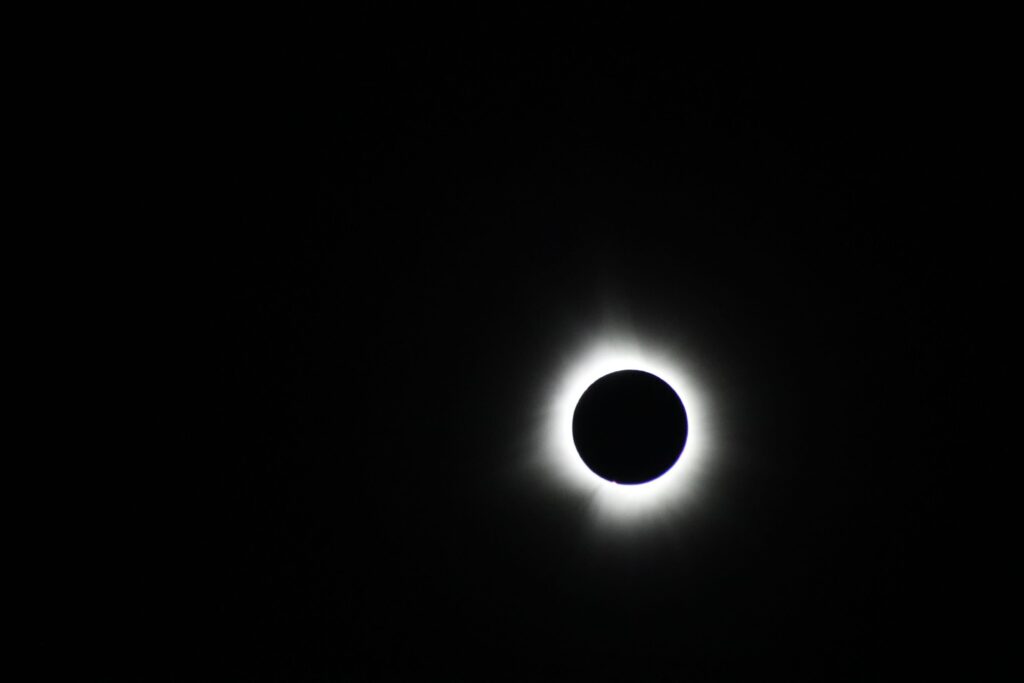
Connecticut Lakes State Forest, NH
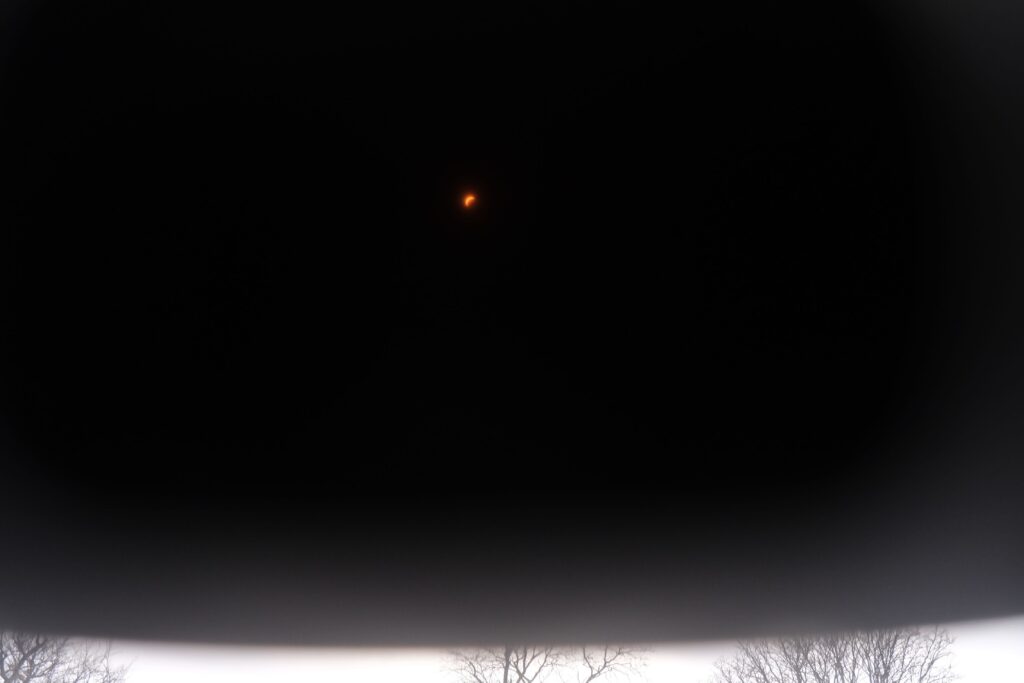
VVO – Middletown, CT

Carbondale, IL.

Horseshoe Bay, TX
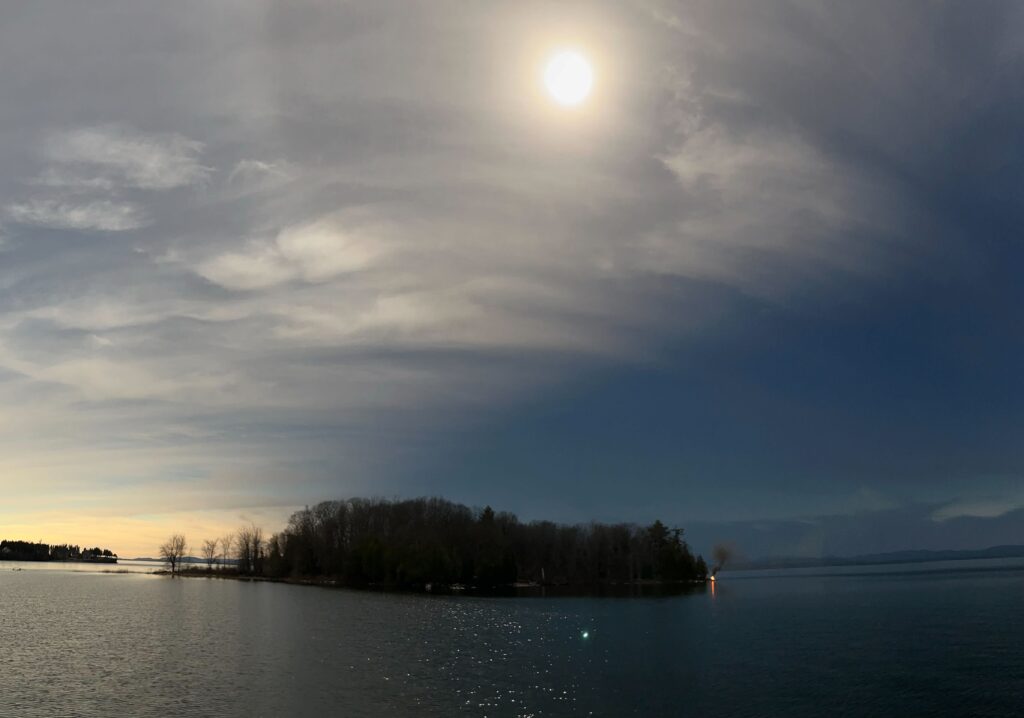
Colchester, VT
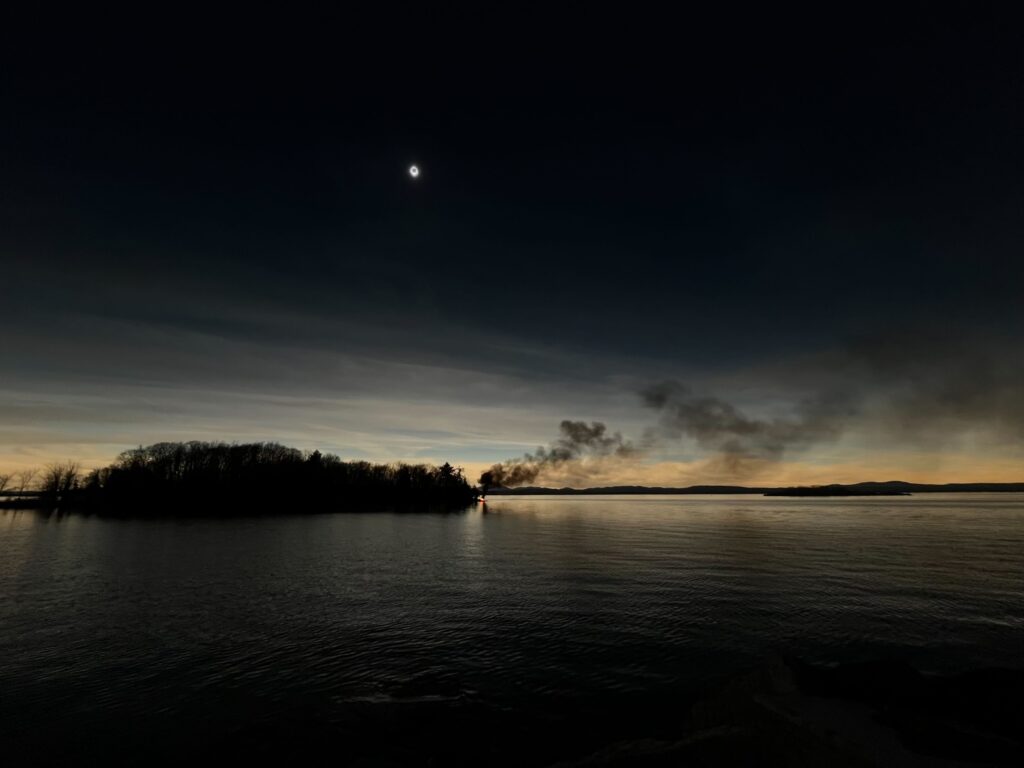
Colchester, VT
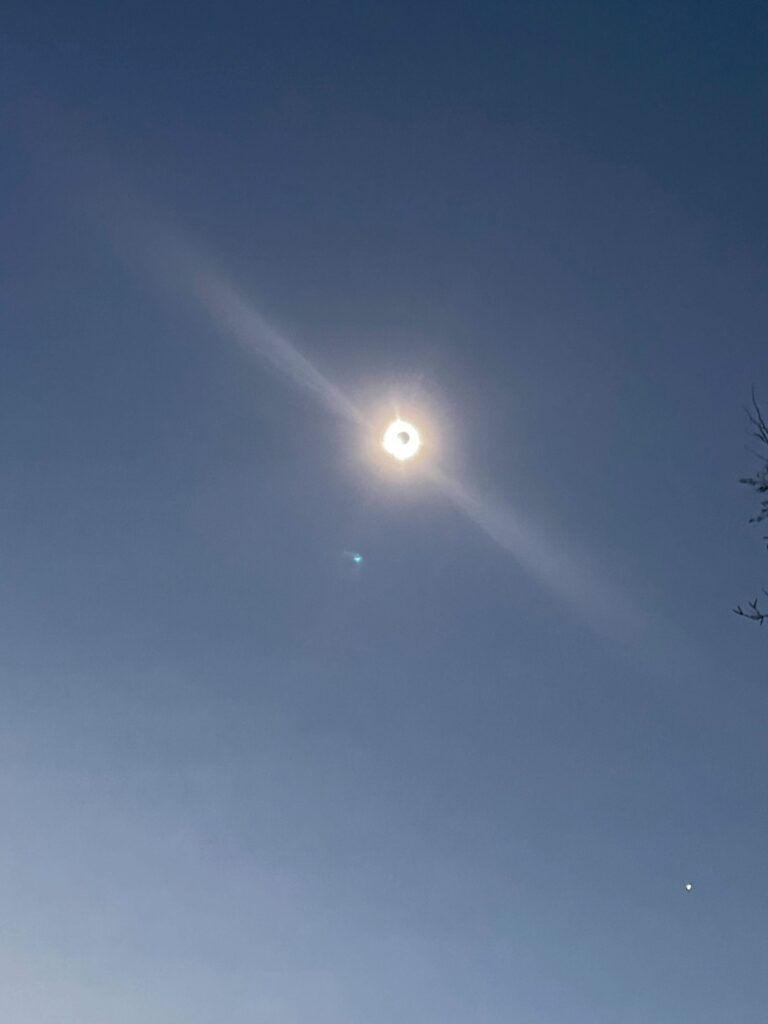
Lancaster, NH
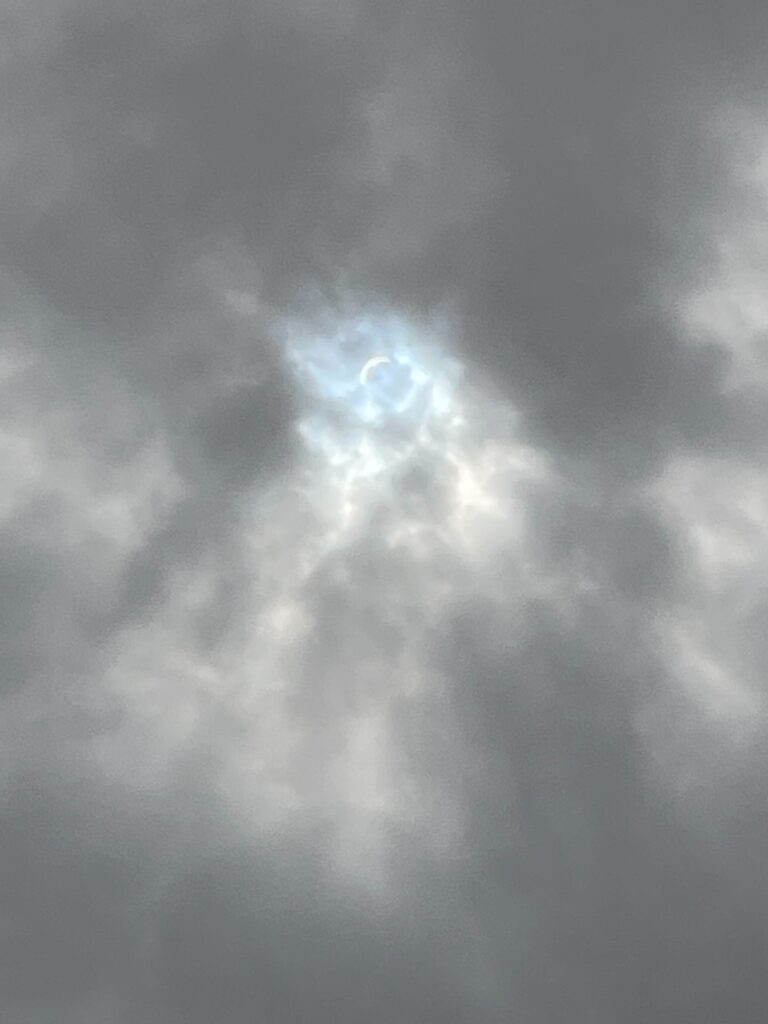
Near Syracuse, NY

Upstate NY
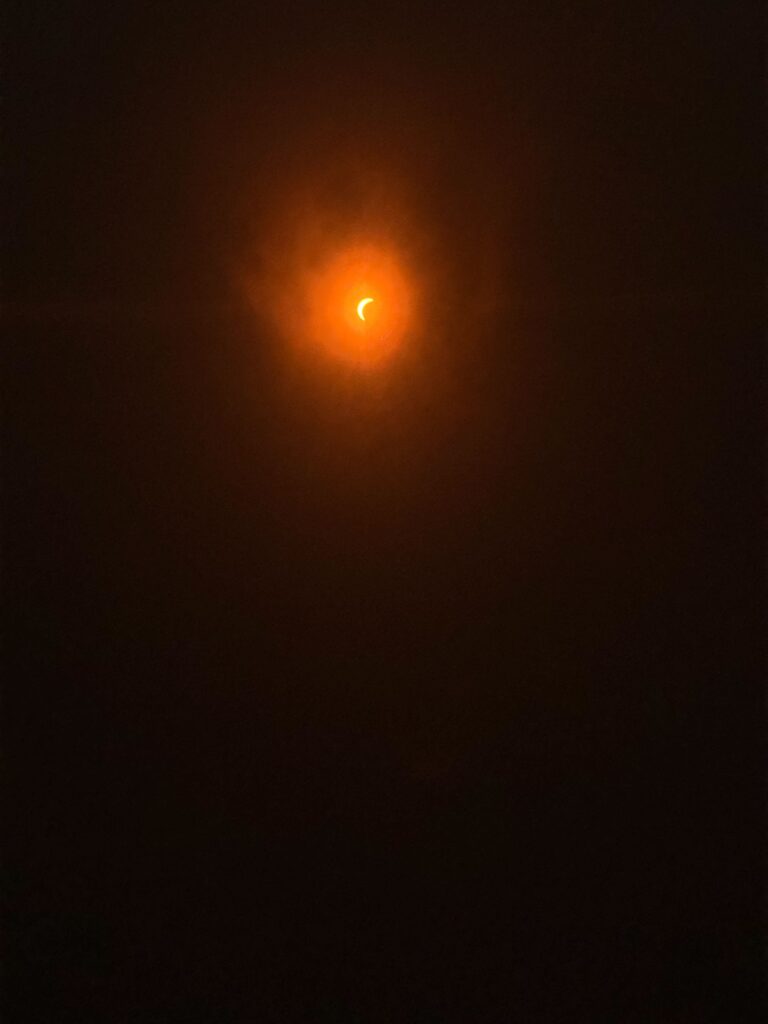
Texas
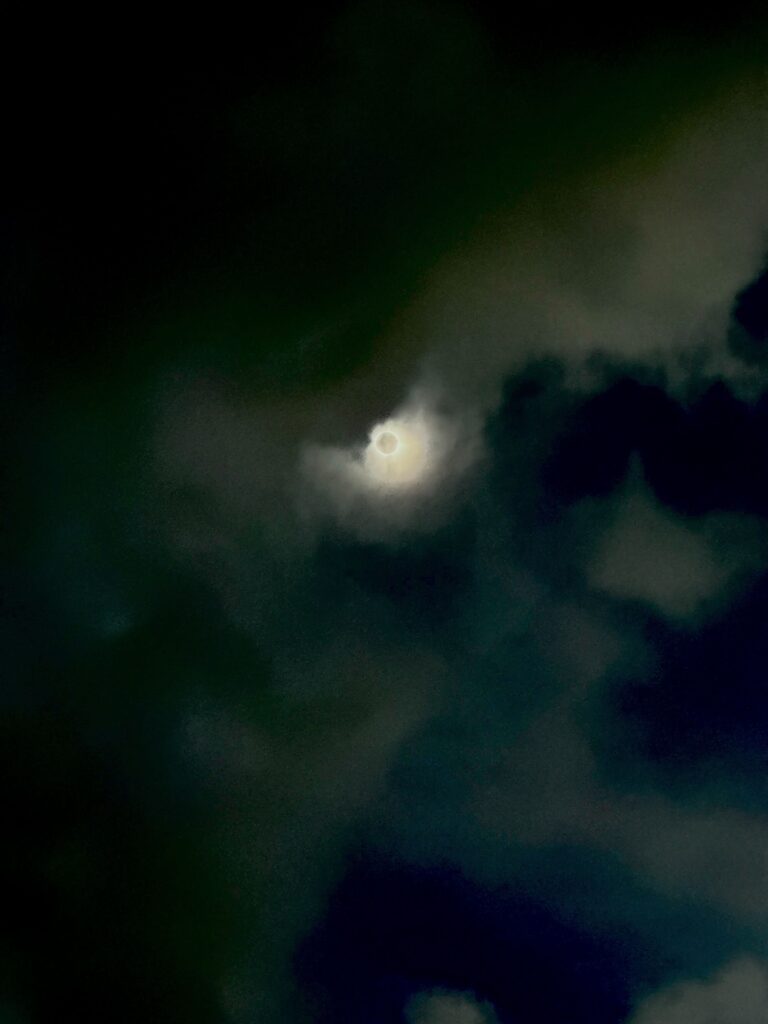
Texas

San Saba, TX
Astronomy Department mourns the loss of two friends
A note from Professor Emeritus Bill Herbst:
We are sorry to report the passing of two long-time friends and supporters of the Astronomy Department, Stewart Novick, a Wesleyan Professor of Chemistry, and Robert Furber, a physics/astronomy major from the class of 1958.
Stew was like a member of the department, helping us out with countless tasks that required more senior faculty than we could muster ourselves, such as reviews, promotions and hires. He combined a broad interest and knowledge of astronomy with a kind willingness to serve on committees — we miss him. As an avid amateur astronomer he had acquired some nice equipment for viewing the skies, which he kindly donated to the department so that it can serve the next generation of students. The Chemistry Department shared this memoriam in October.
Bob was a a Physics/Astronomy double major who went on to a distinguished career in the aerospace industry. He maintained close associations with Wesleyan through class reunions, etc. After his retirement, he reached out to the Astronomy Department and became a close friend and donor. His generosity helped to support our research and public outreach activities. Bob joined us for VVO’s Centennial Celebration in 2016 and my retirement event in 2023. An obituary for Bob is available here.
243rd Meeting of The American Astronomical Society
Wes Astro at AAS 243 in NOLA : January 7-11, 2024

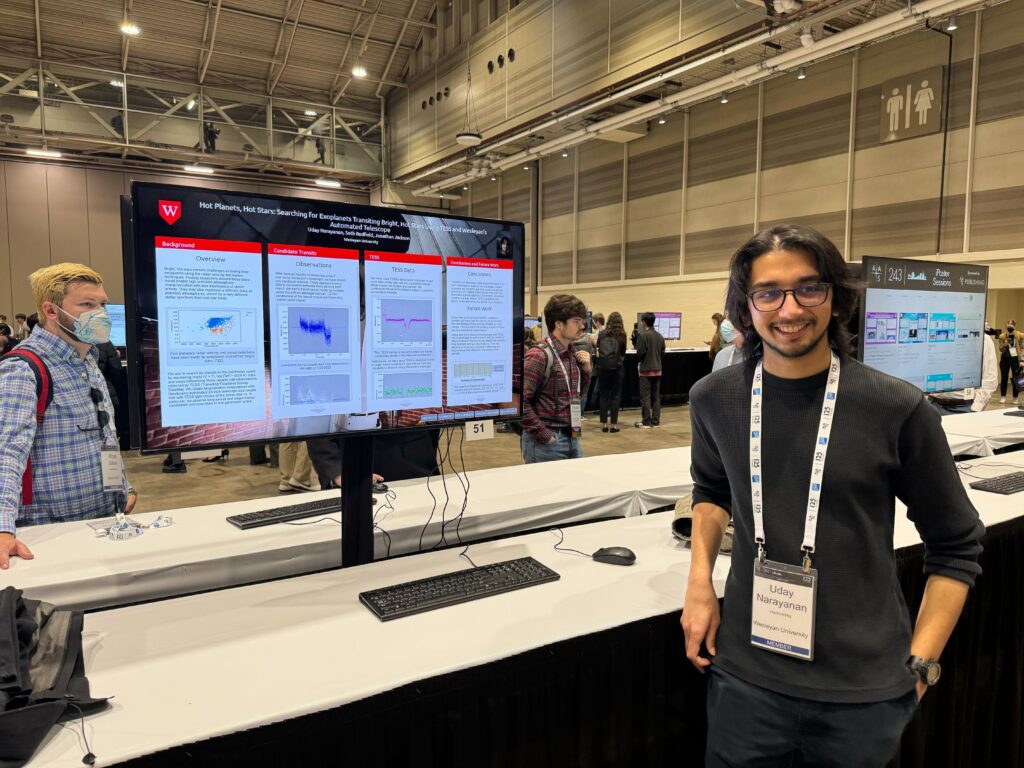
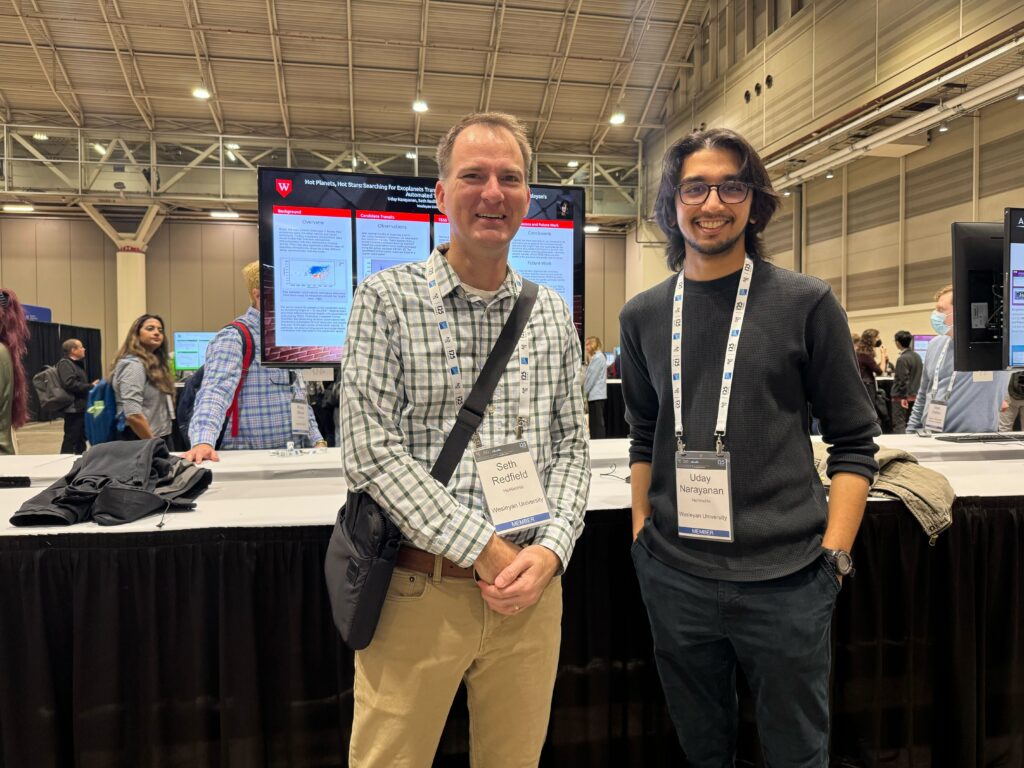
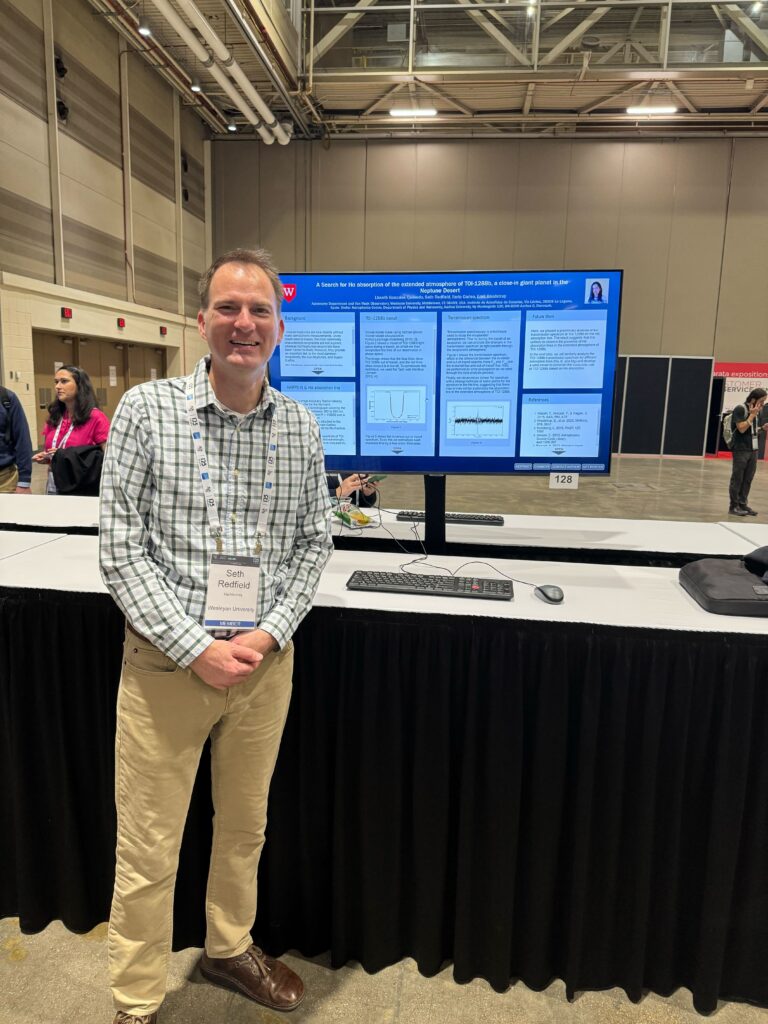
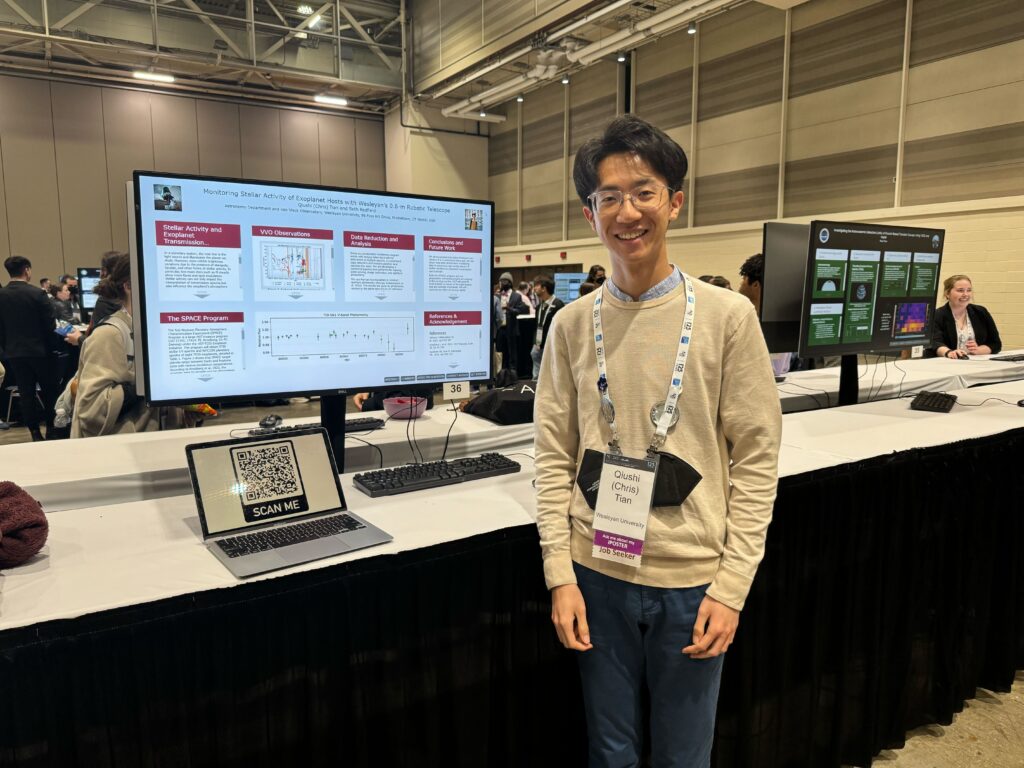
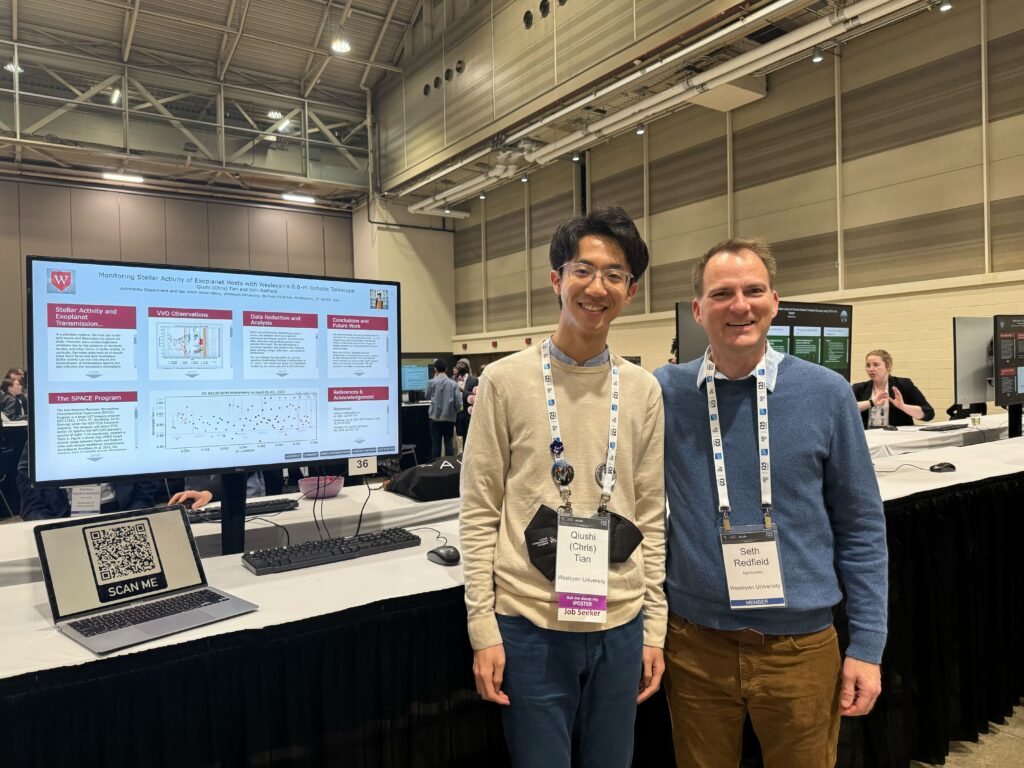
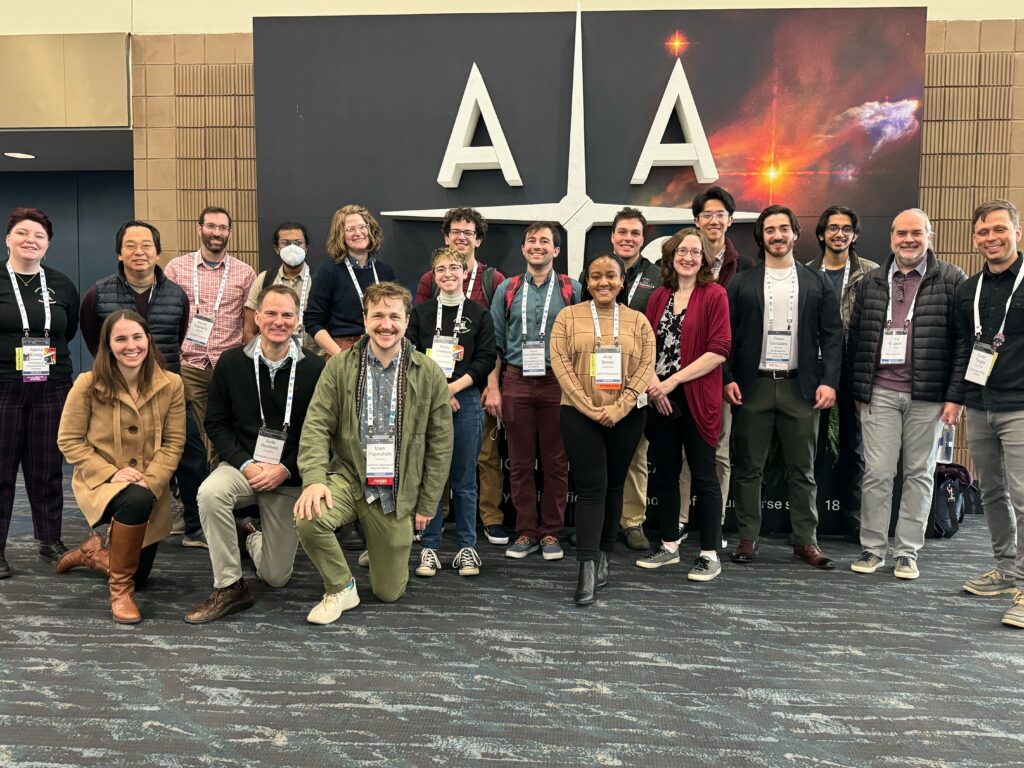

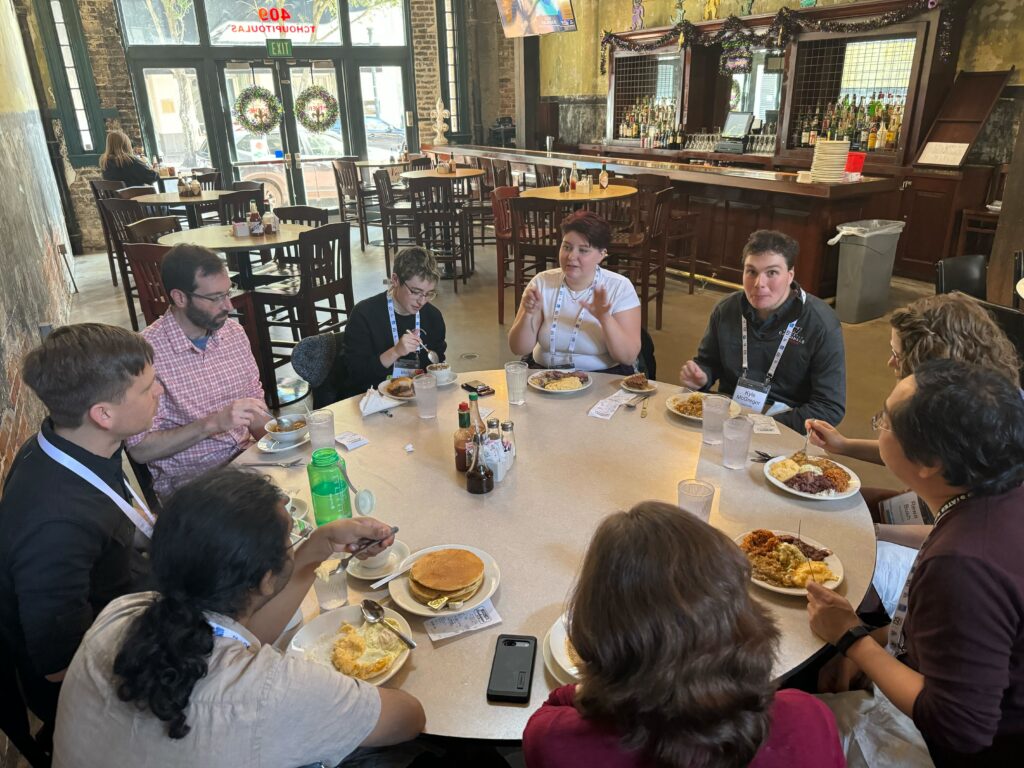
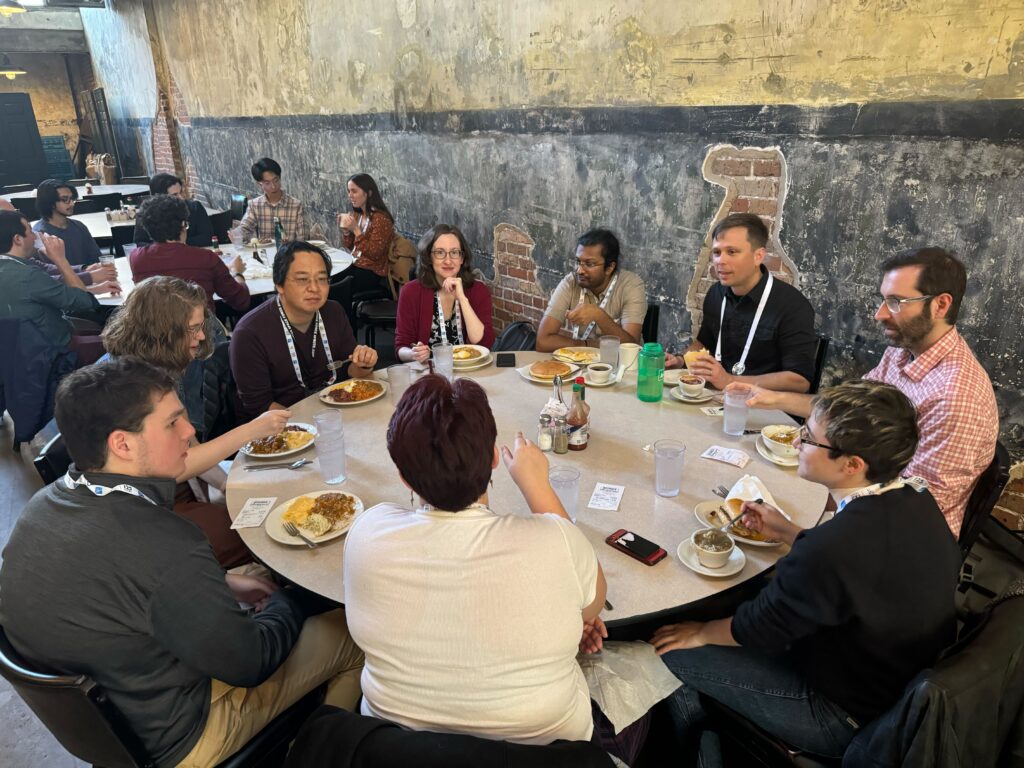
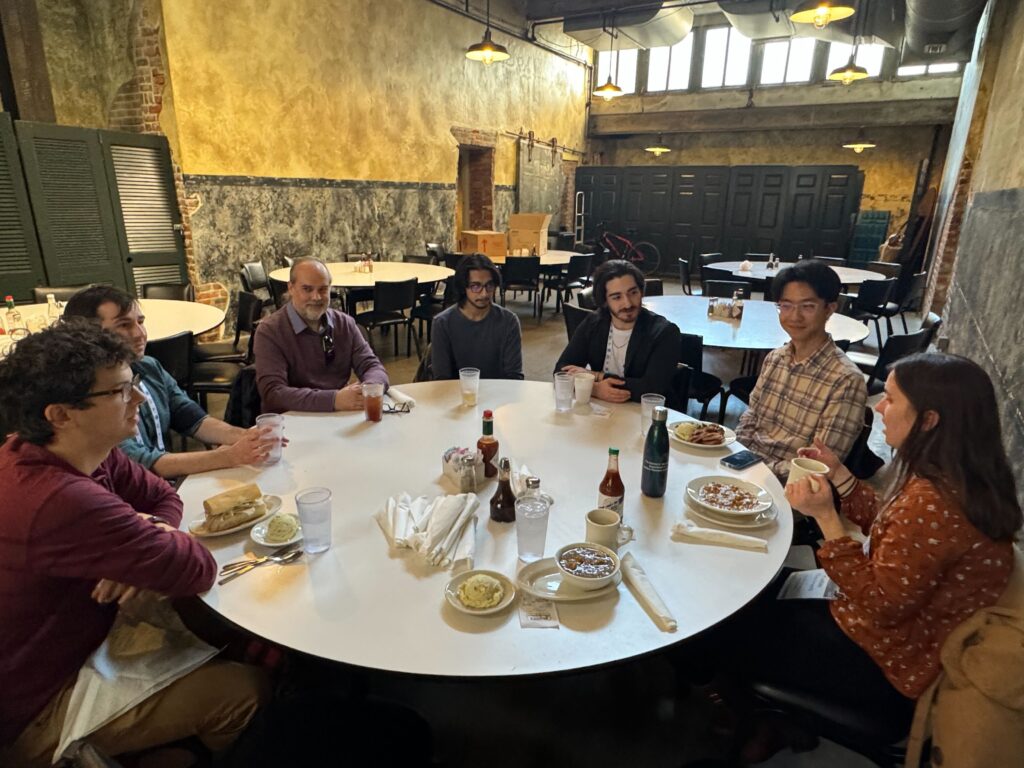
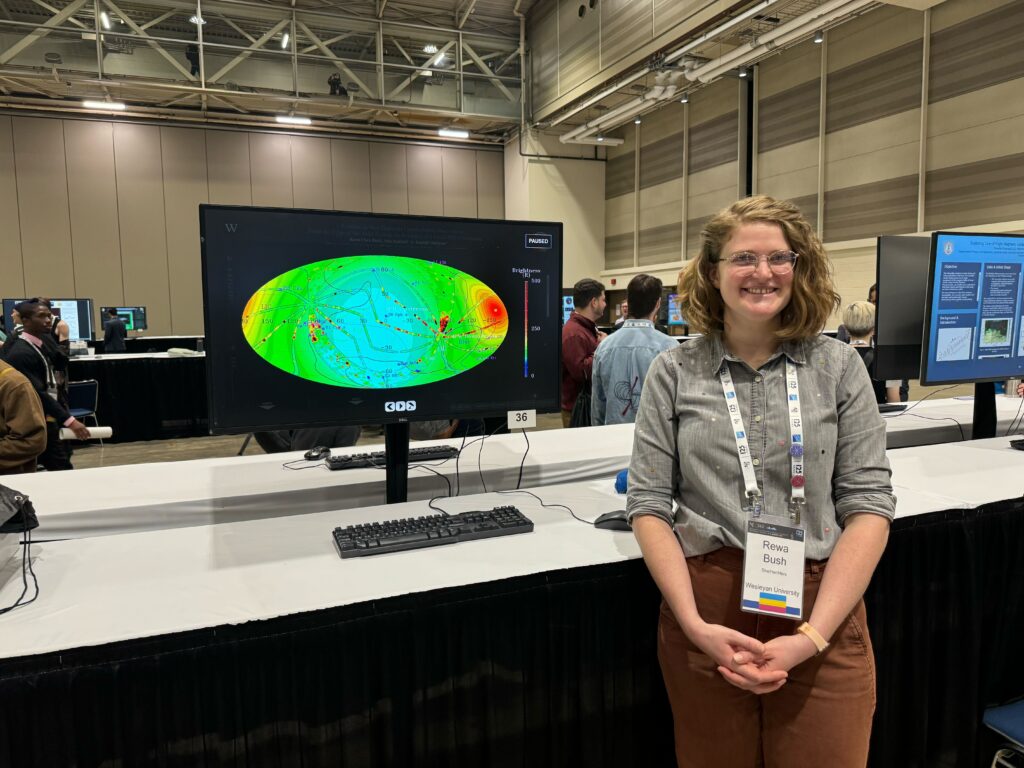
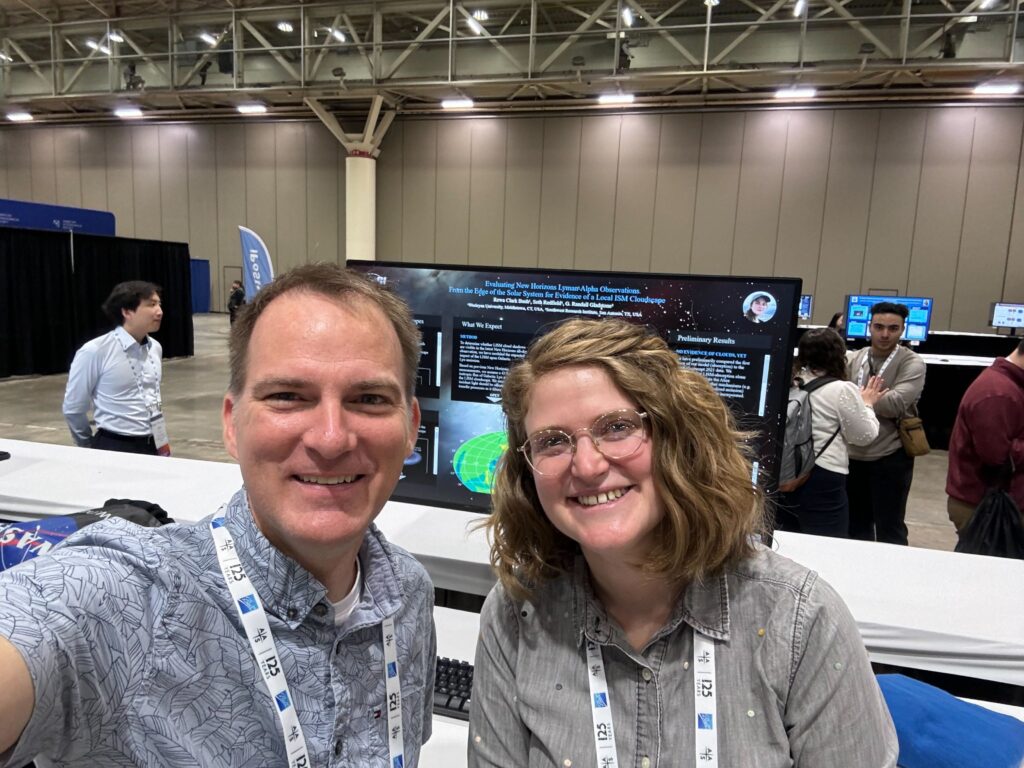
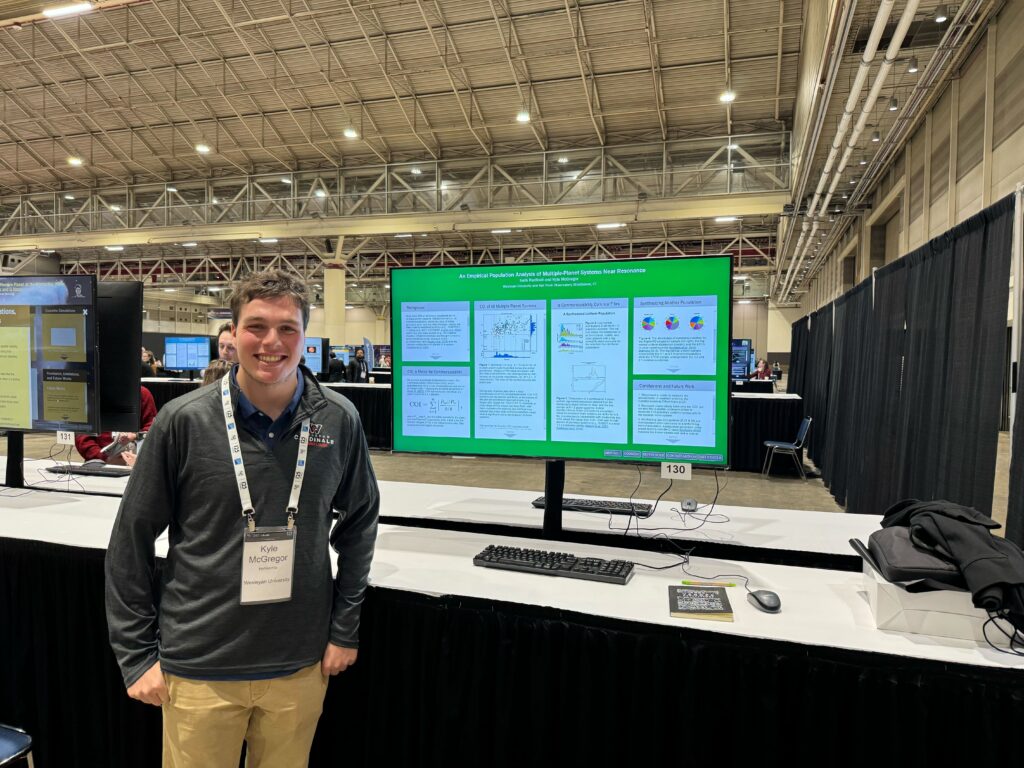
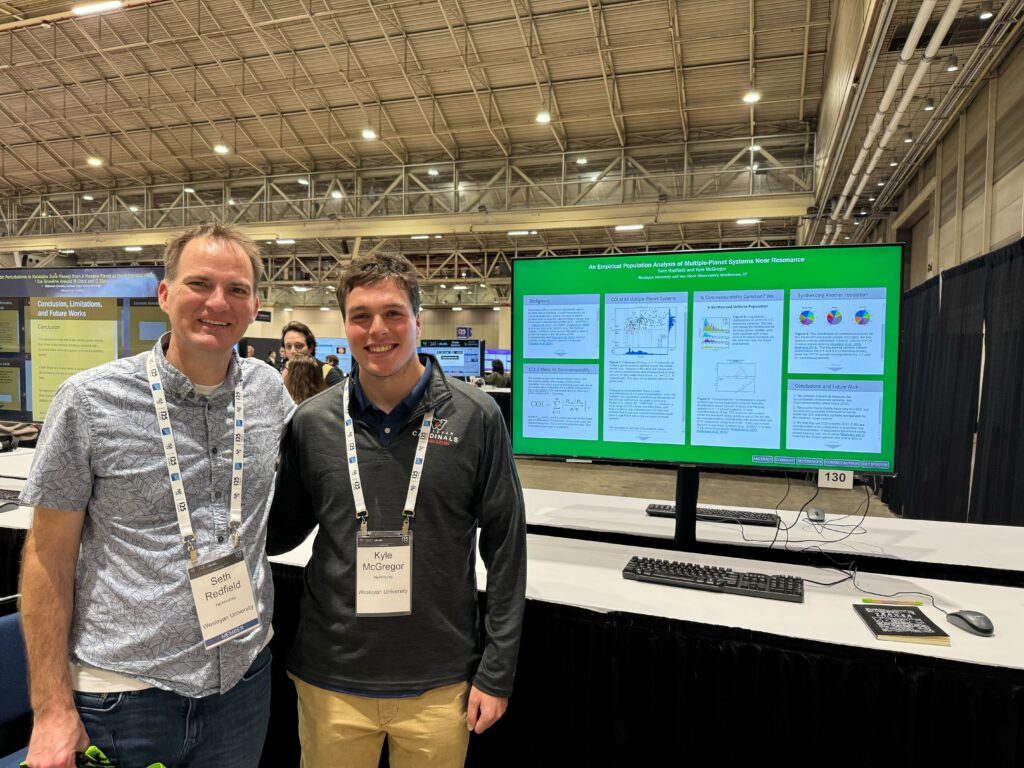
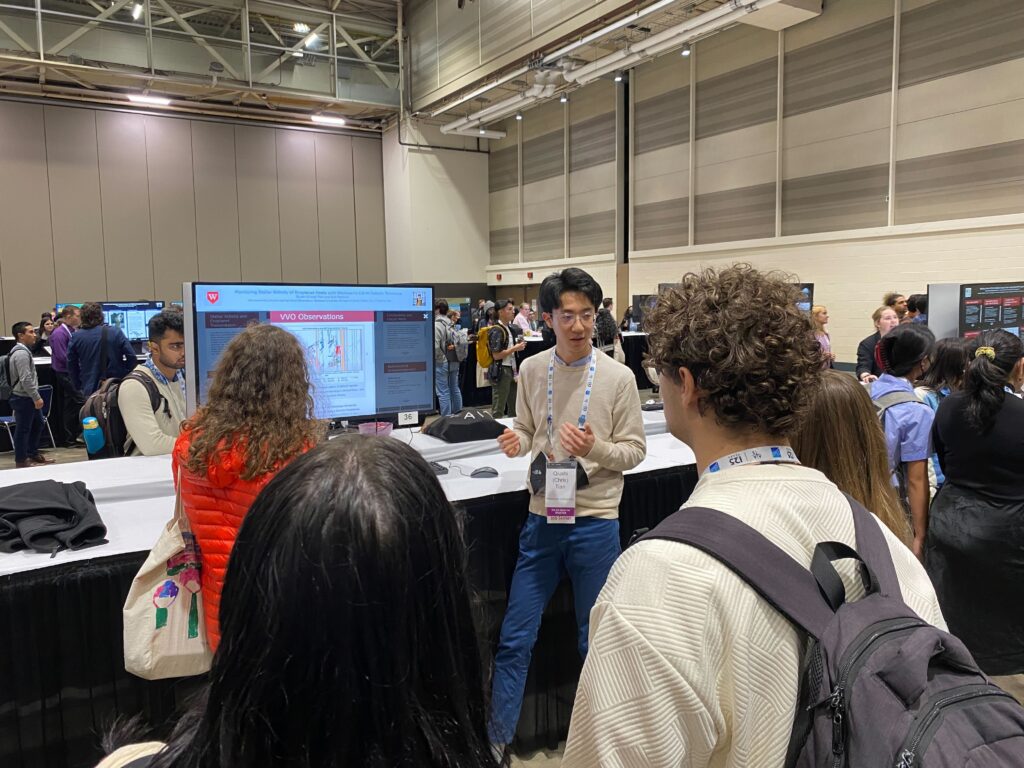
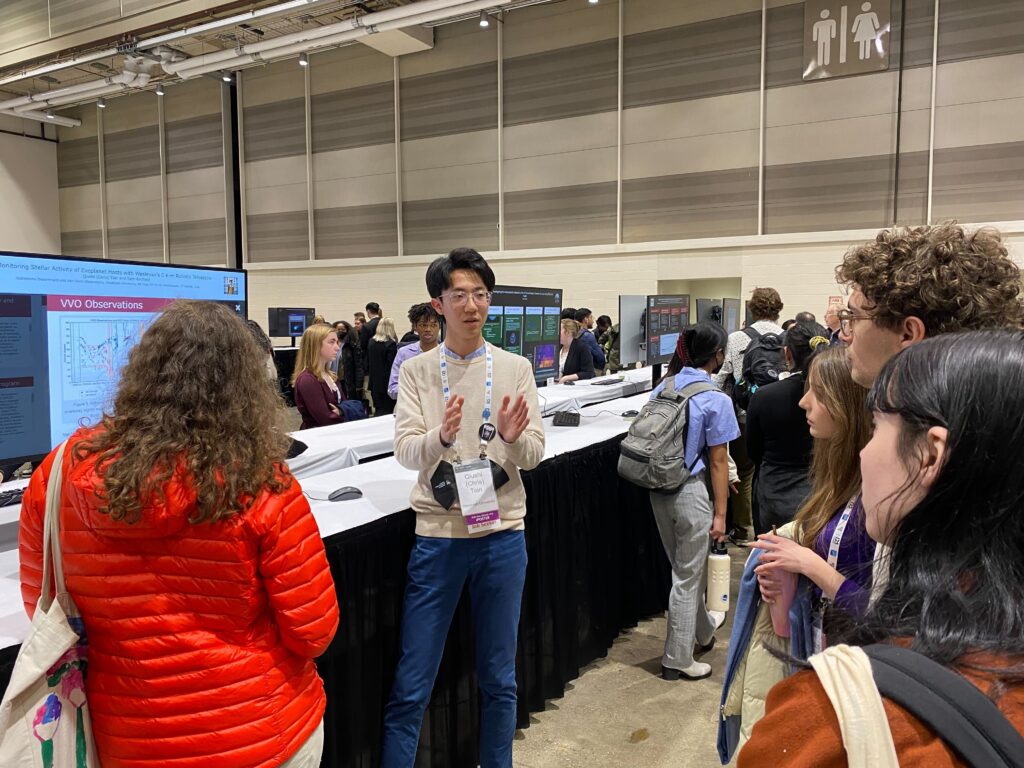
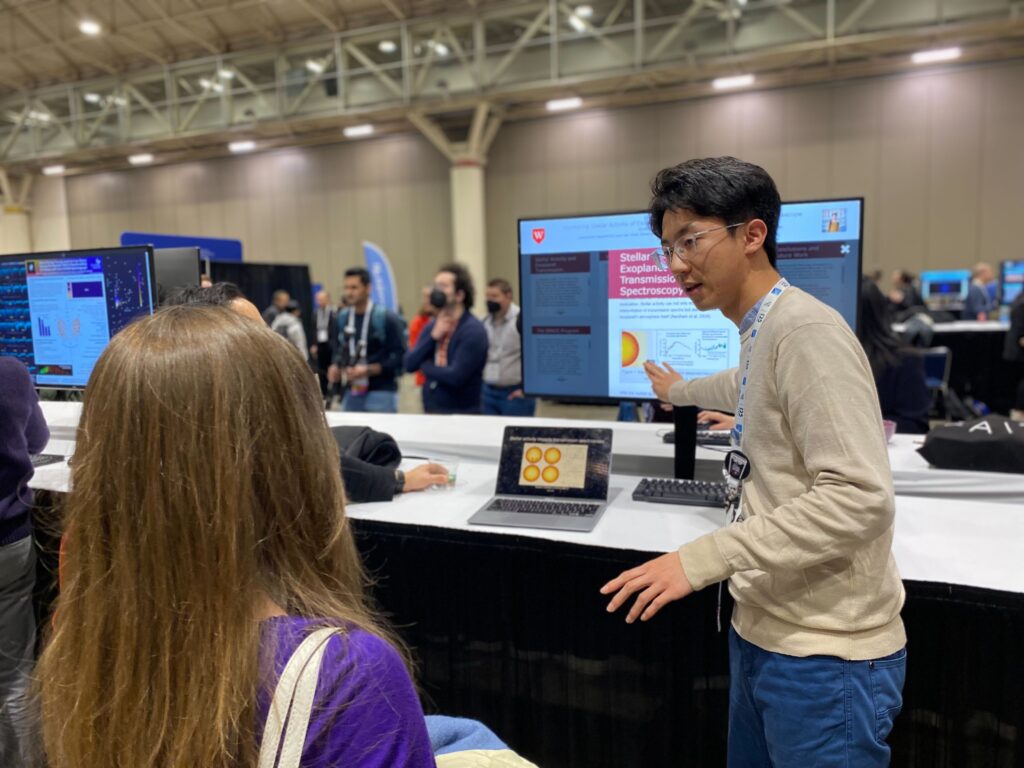
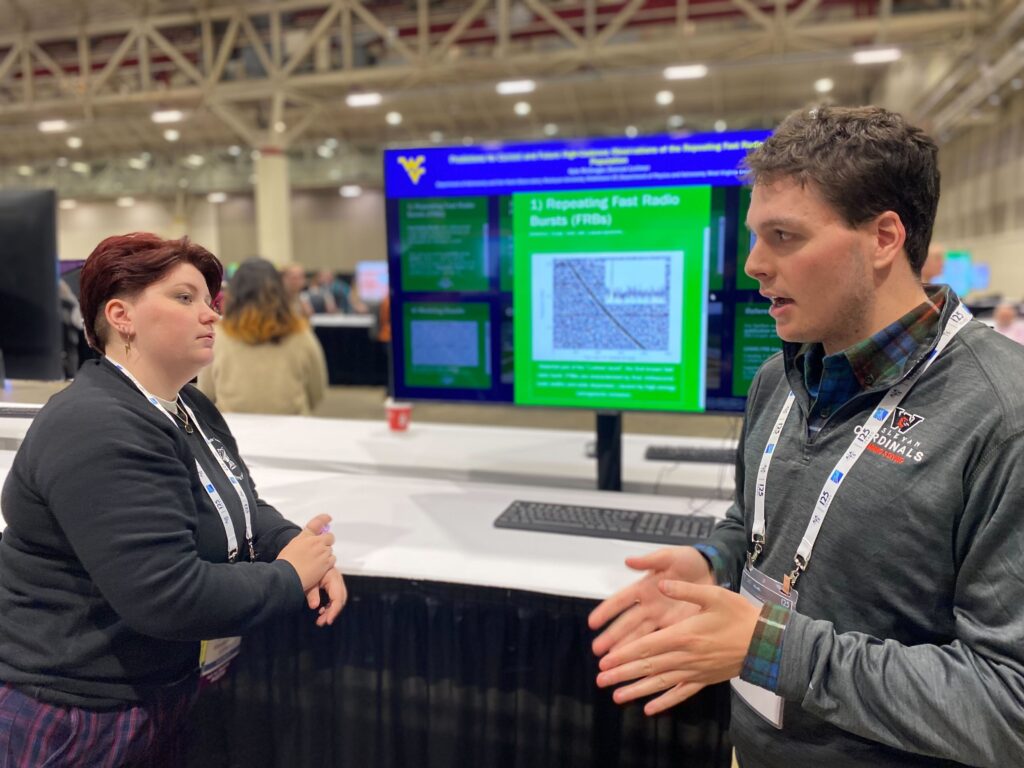

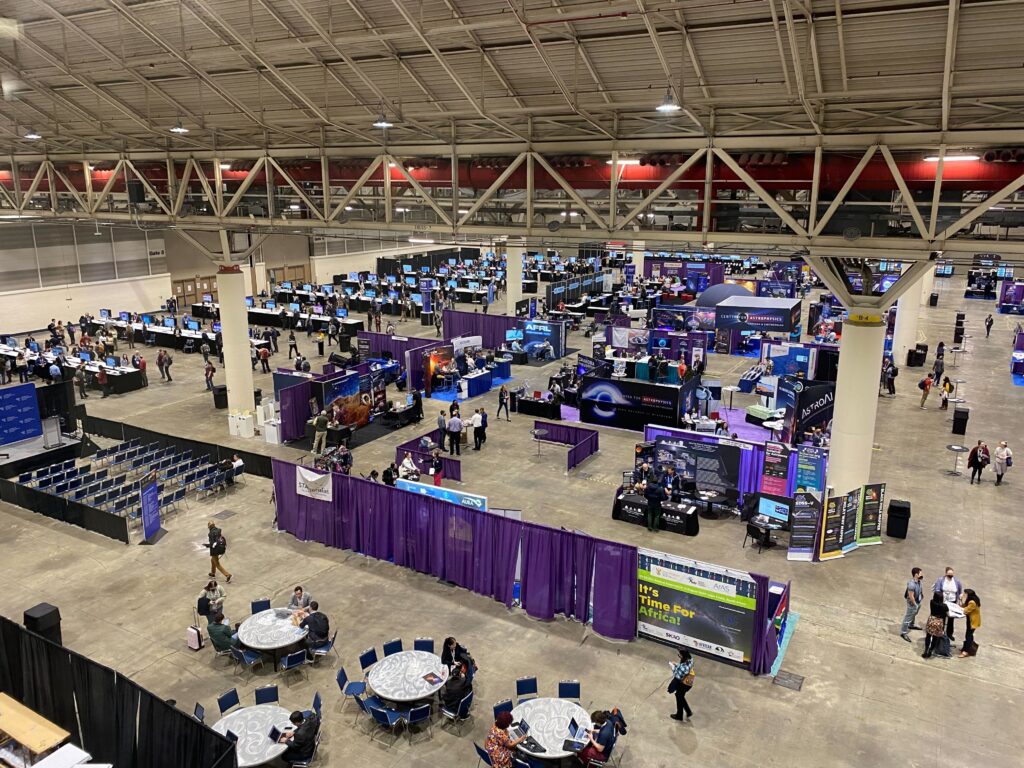
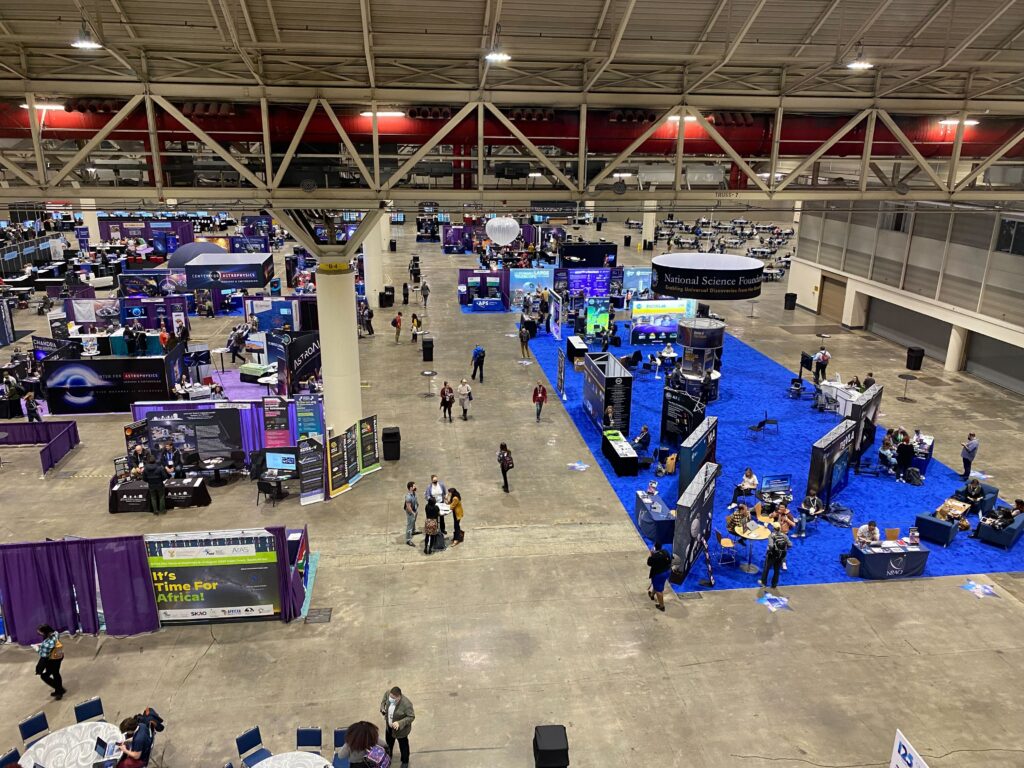
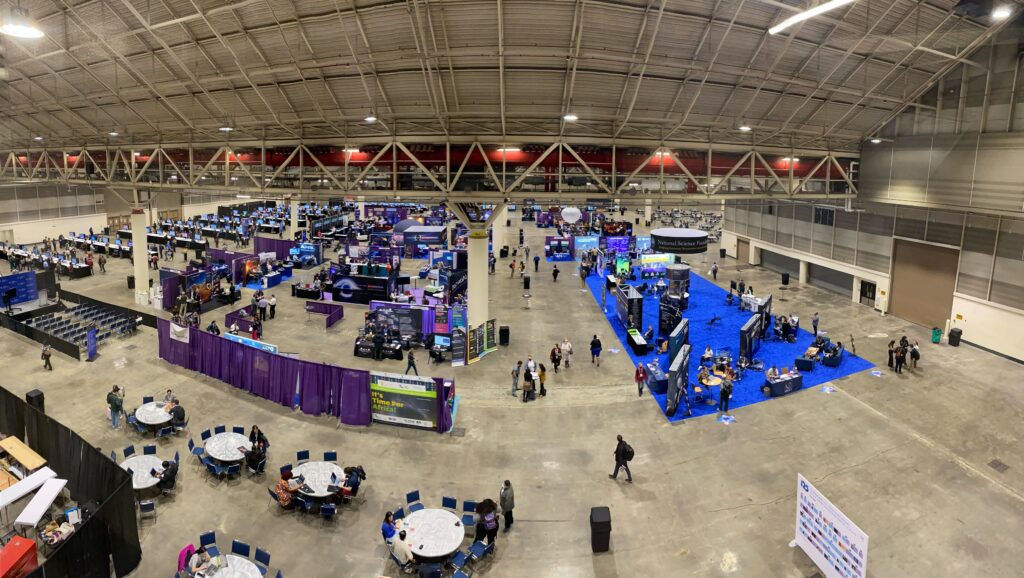

There was an amazing turnout of Wesleyan folks, past and present, at the 243rd Meeting of the American Astronomical Society in New Orleans. Here is just a partial list of contributors and attendees that were present. Apologies to those I missed! Please add additional names and pics below.
Current Staff and Students: Roy Kilgard, Seth Redfield, Sarah Wellons, Azmain Nisak, Rewa Bush, Kyle McGregor, Qiushi (Chris) Tian, Owen Gonzales, Jamar Kittling, Josh Grajales, and Uday Narayanan.
Alumni: Alaina Einsig, Katie Bennett, Molly Watstein, Ismael Mirales, Katharine Hesse, Amy Steele, Mark Popinchalk, Phil Choi, Girish Duwuri, Trevor Dorn-Wallenstein, Samuel Factor, Janice Lee, and Cassie Fallscheer.
Kids’ Nights at Van Vleck Observatory
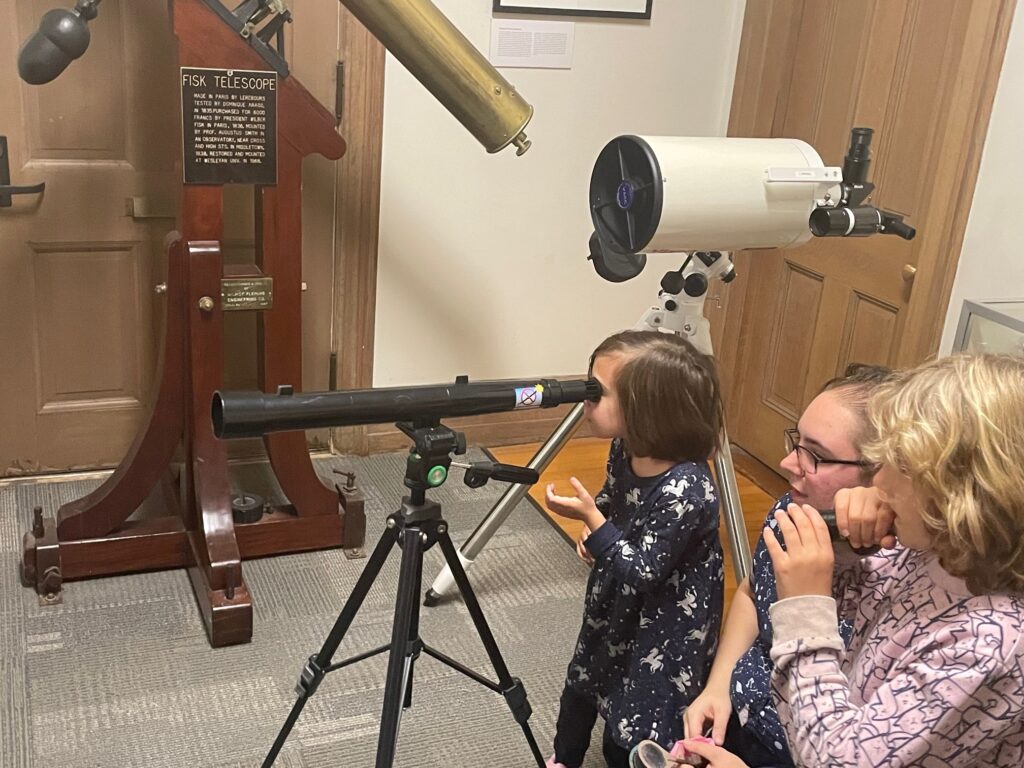
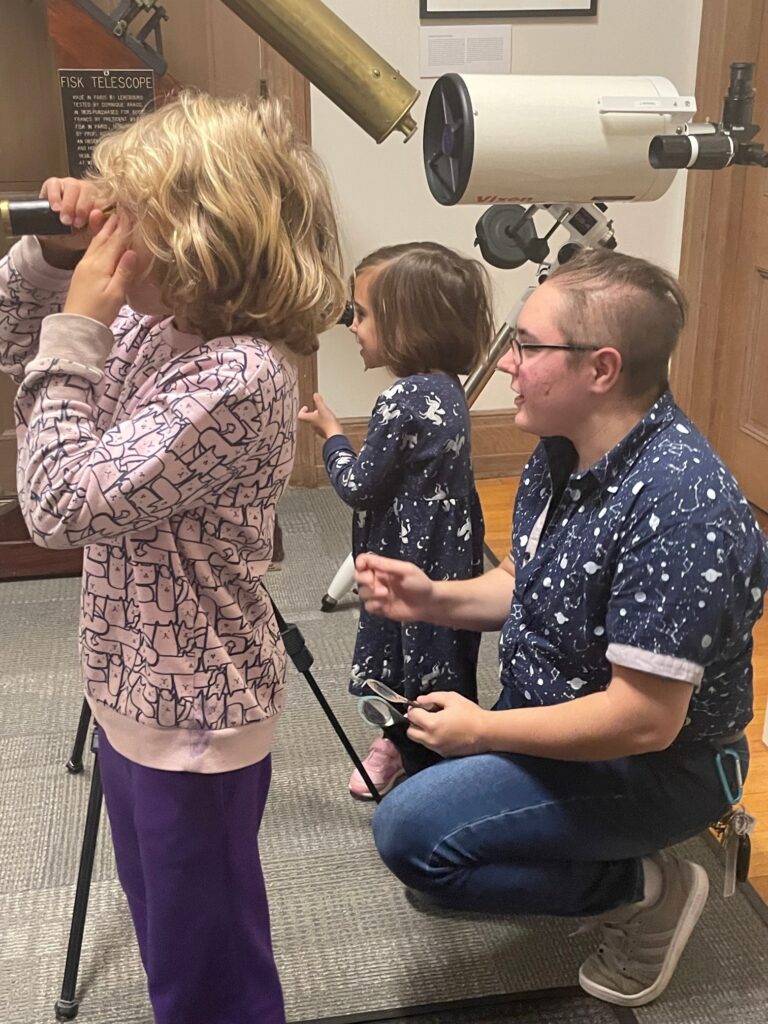
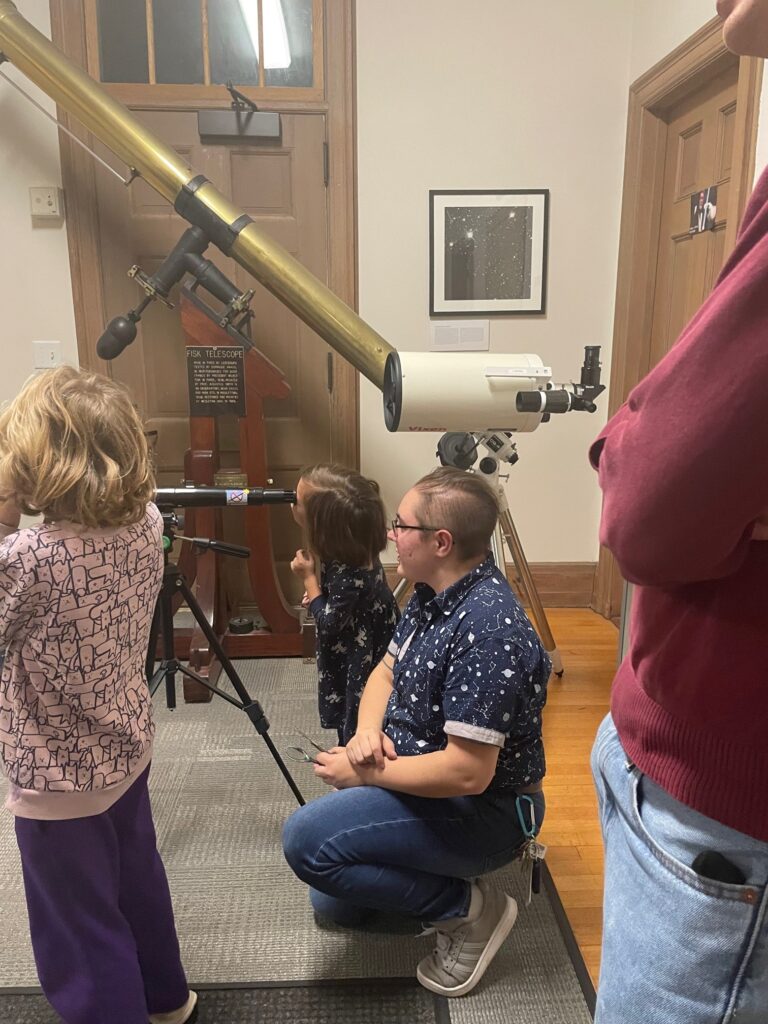
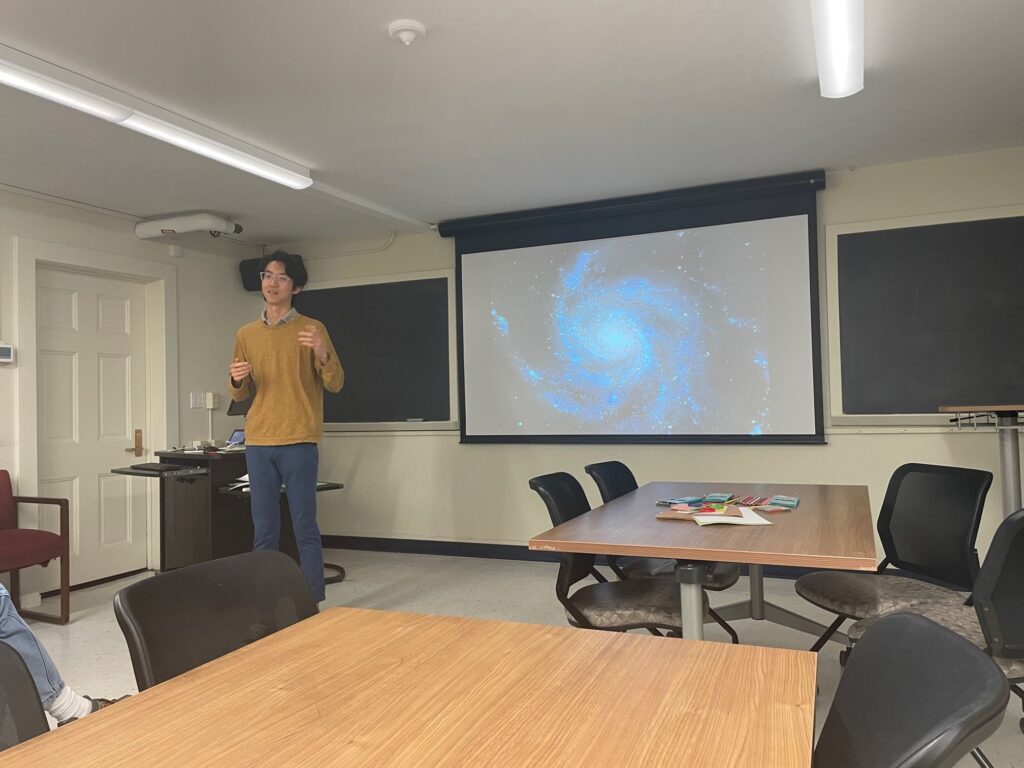
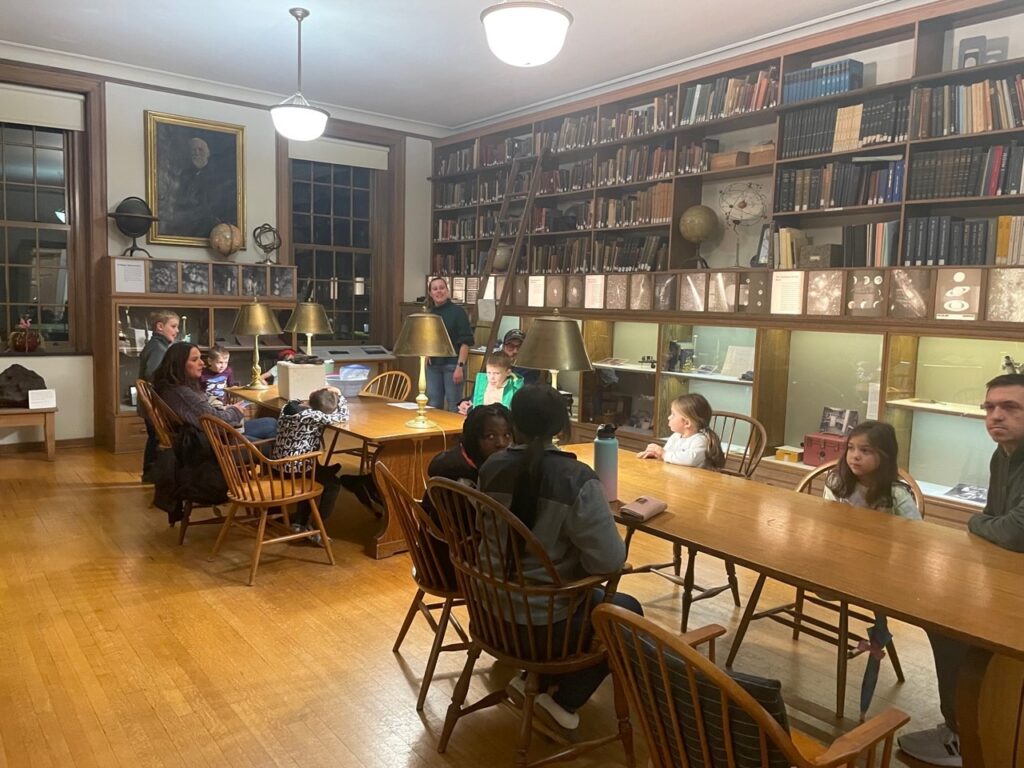
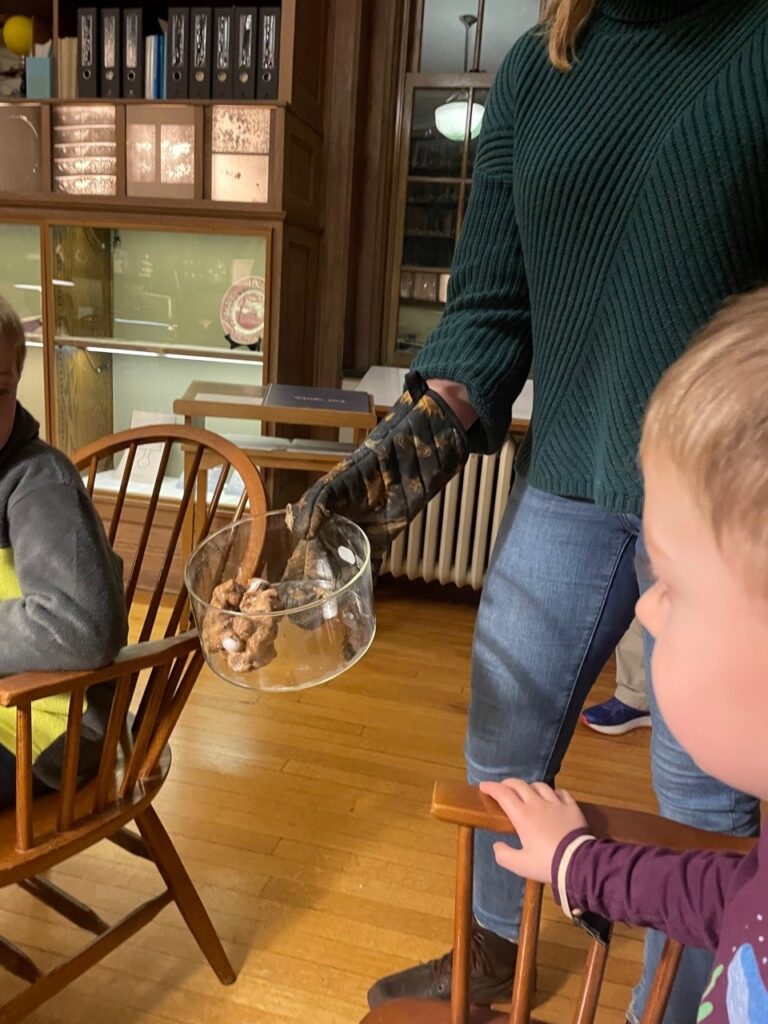
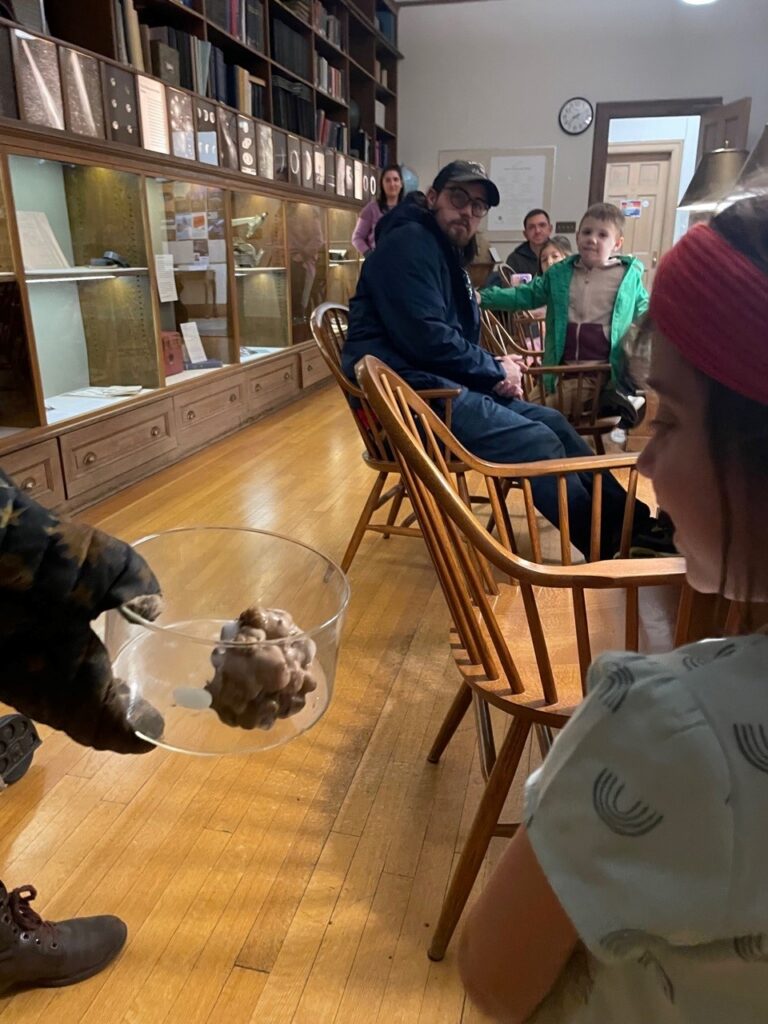

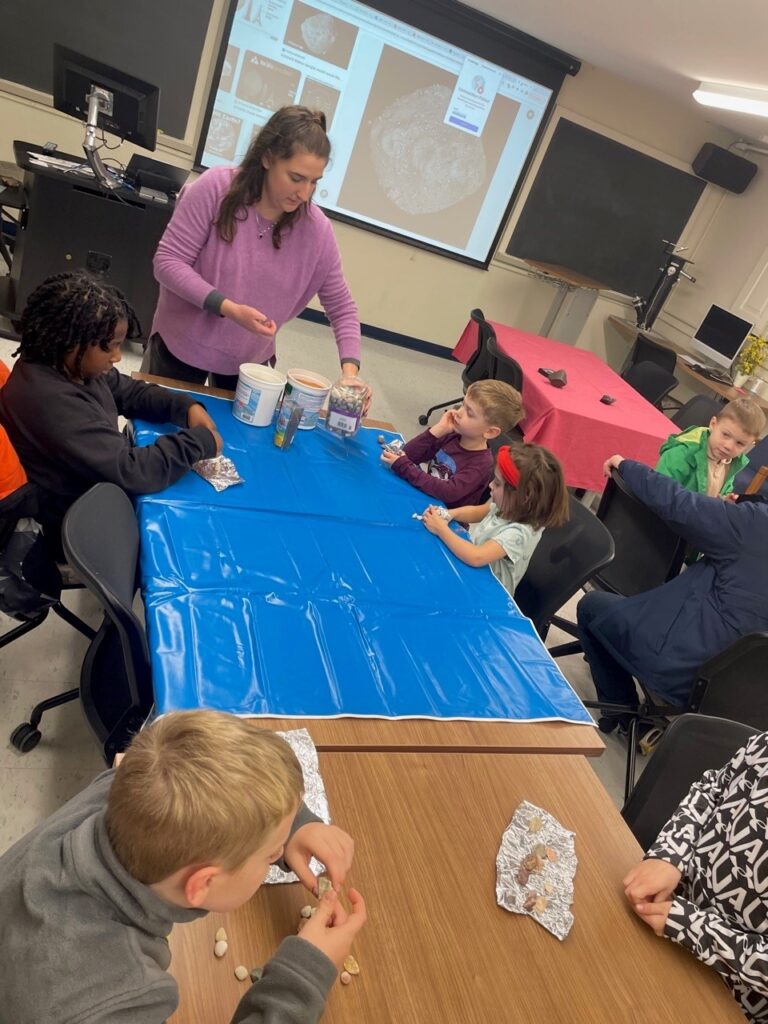
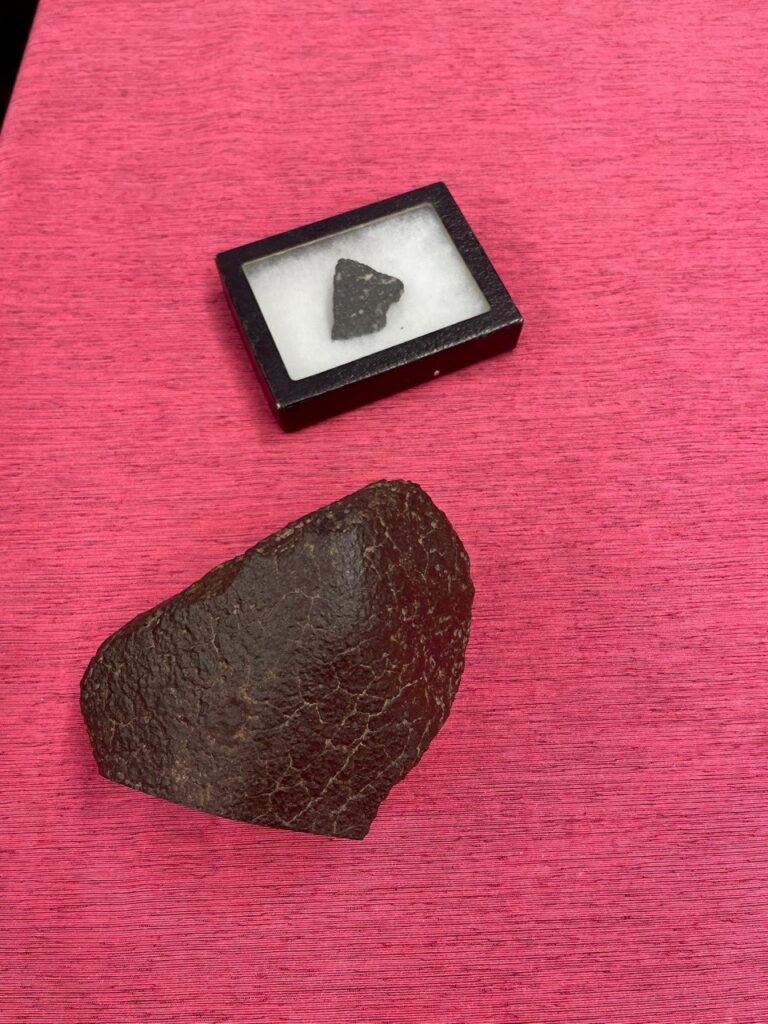
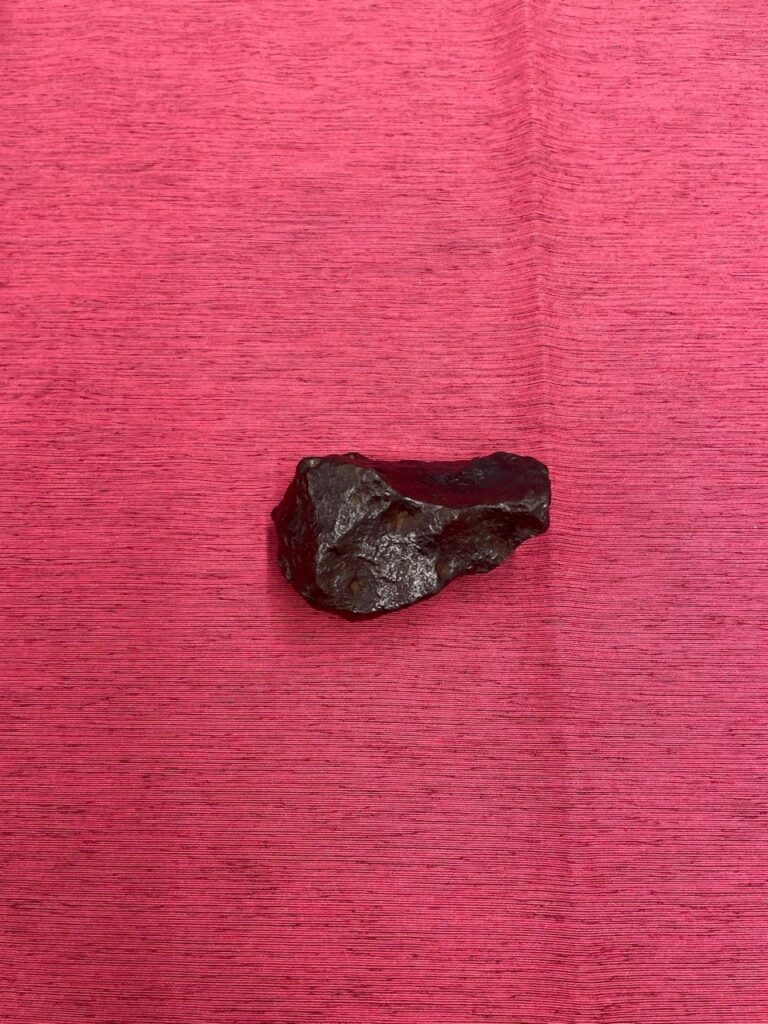
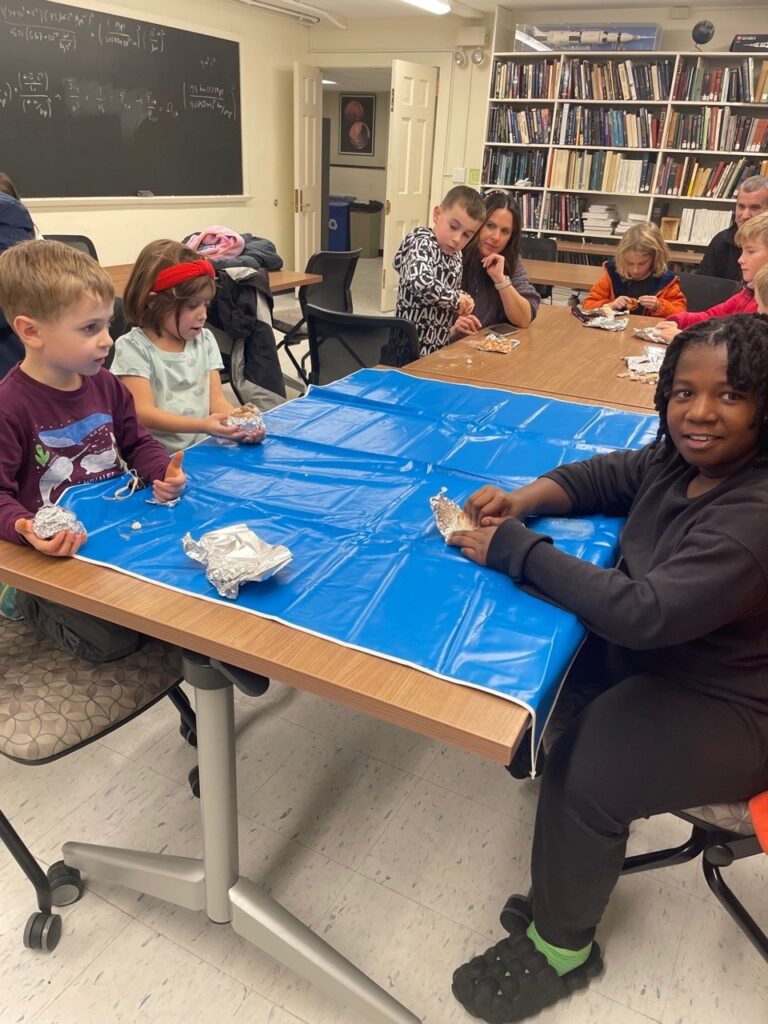
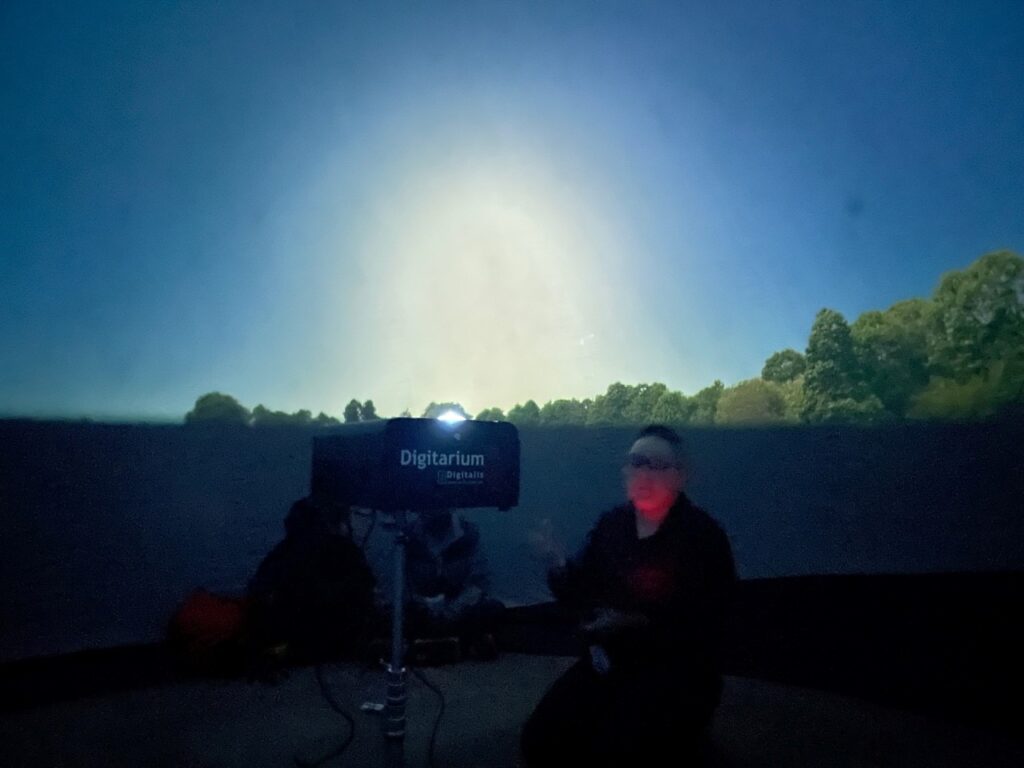
This fall semester we welcomed back Kids’ Nights at Van Vleck Observatory for elementary aged children and their adults. Our students crafted science talks and activities for our visitors and answered questions about space, telescopes, and anything else.
We will be hosting Kids’ Nights during the Spring 2024 semester on the following dates: Friday, February 2nd; Friday, March 1st; Friday, April 5th; and Friday, May 3rd. All of our Kids’ Nights events begin at 7:00PM and require pre-registration though Middletown Parks & Recreation. Spaces are limited so we suggest registering soon if you’re interested, if you register and are unable to attend, please let Middletown Parks & Recreation know so they can move someone off the waitlist.
Please visit our department website for a full schedule of public events and more news from the Wesleyan Astronomy Department!
1st Annual VVO Star GAYzing Event

How Star GAYzing Started
Over the summer, Rewa Bush who is a second year graduate student along with senior Victoria Dozer and MA graduate Alaina Einsig participated in an equity and ethics journal club, from that stemmed the idea of this event. They proposed Star GAYzing to our department and sprung into action recruiting other students, departments, and outside organizations to help.
The Astronomy Department partnered with Wesleyan’s Women In Science, The Resource Center, The Office of Equity & Inclusion, and The City of Middletown Pride Commission to bring this amazing event to life. Through their generous funding we were able to source refreshments from a local queer-owned business (Tony’s Flour Shop), and purchase supplies and decorations that turned the observatory into a celebratory and welcoming space.
When addressing the students who were helping to pull this event together, Rewa noted “I’m thrilled that we’re intentionally creating space for queer folks to enjoy the night sky together and feel ownership and belonging in science.” This struck me. Our department hosts many events, both public and private, but this is the first event aimed toward our queer community. We will now be making this event an annual event during Wesleyan’s Pride Month in October.
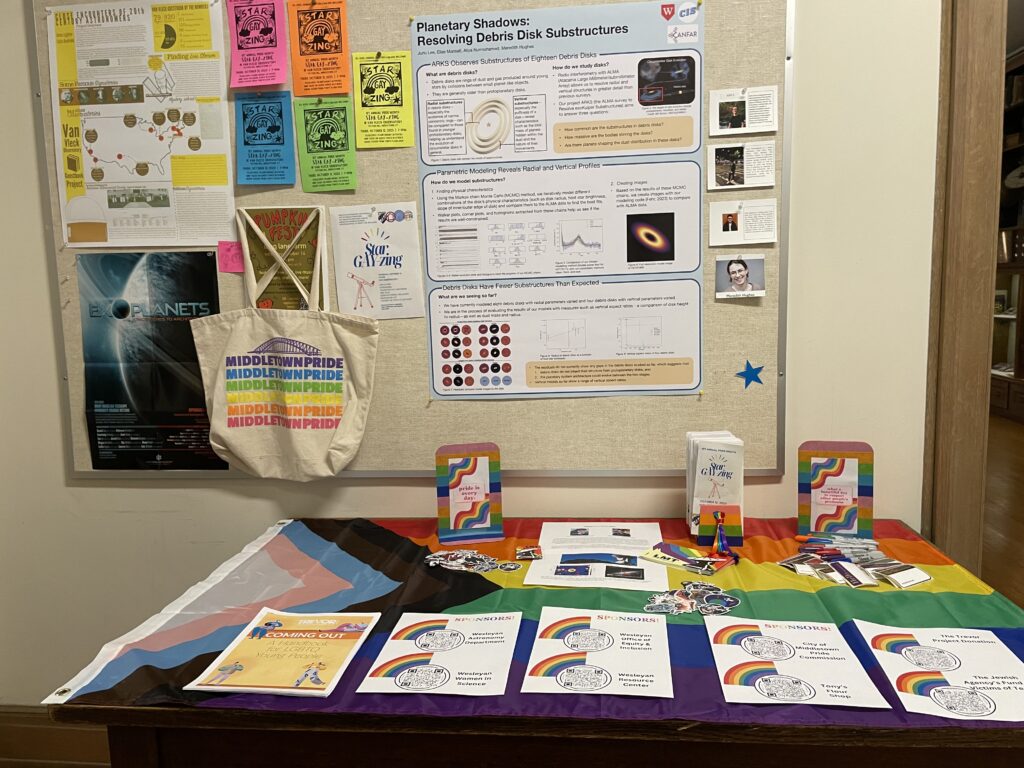
What did we have?
In addition to the beautiful and delicious cookies from Tony’s Flour Shop, we had popcorn, space themed candy, ice cream, and cupcakes for snacks. We also had buttons courtesy of The Resource Center and stickers. Oh, did you mean science stuff? Our students planned and presented mini lectures and a portable planetarium show. Additionally, we had three telescopes for viewing the night sky and activities for kids and adults to show their creative side. Most importantly, we had an observatory full of queer people and allies. It was a beautiful night outside so we could spill out onto Foss Hill when it got too hot inside (next year we will have AC!).
Rainbows everywhere — including for our QR codes of resources — that will stay up in VVO for the rest of Wesleyan Pride Month.
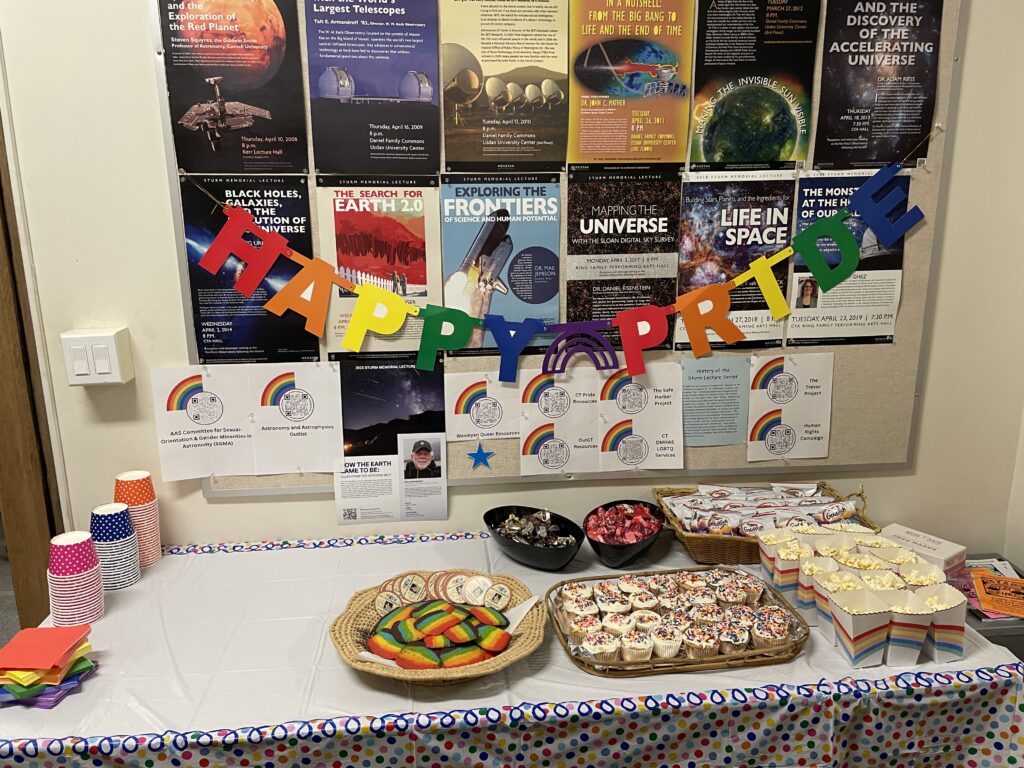
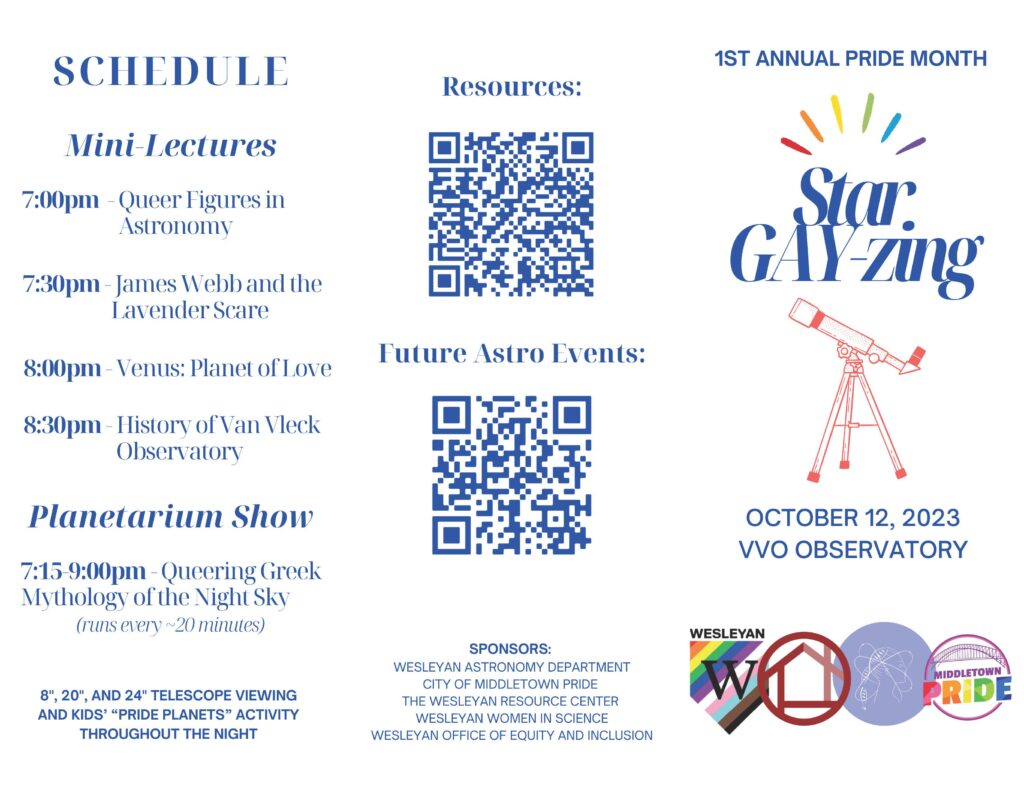
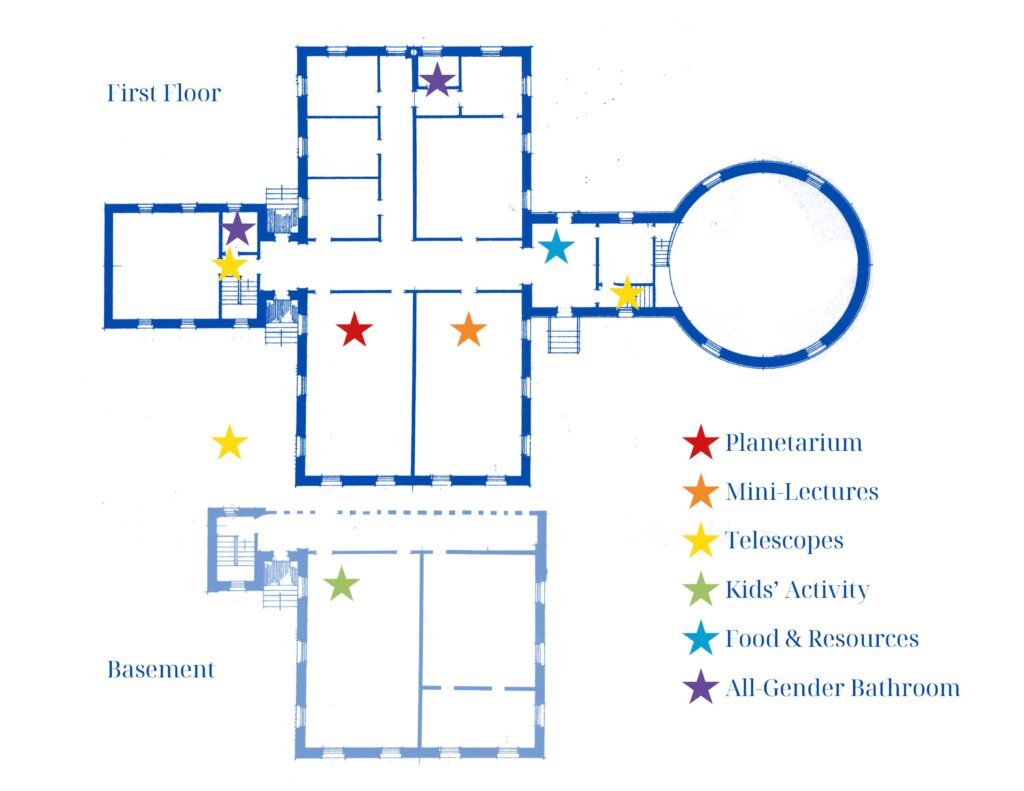
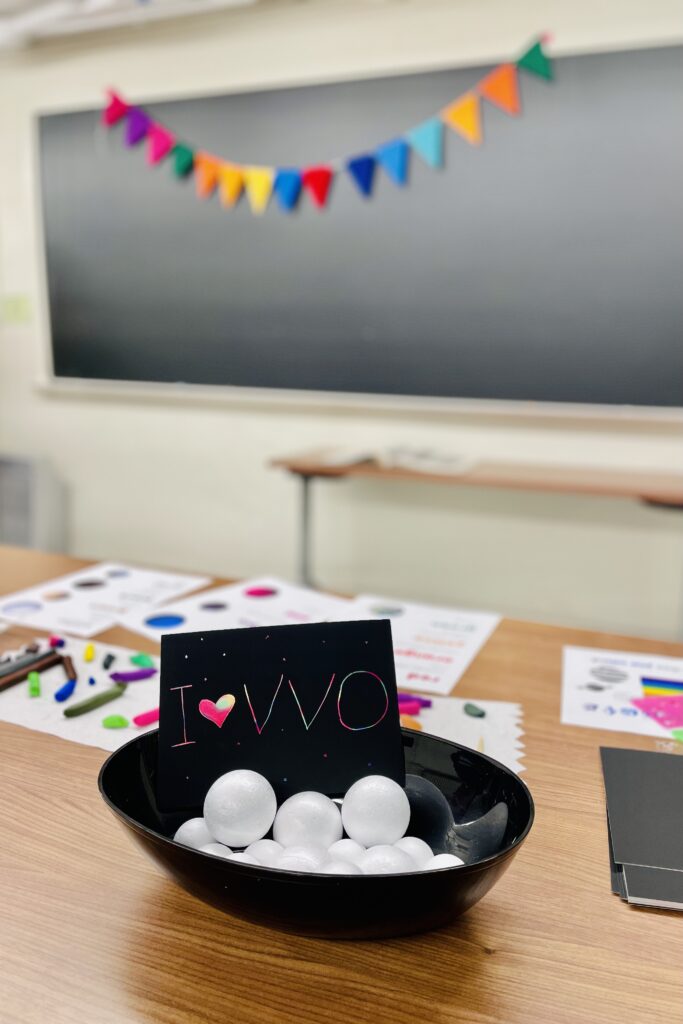
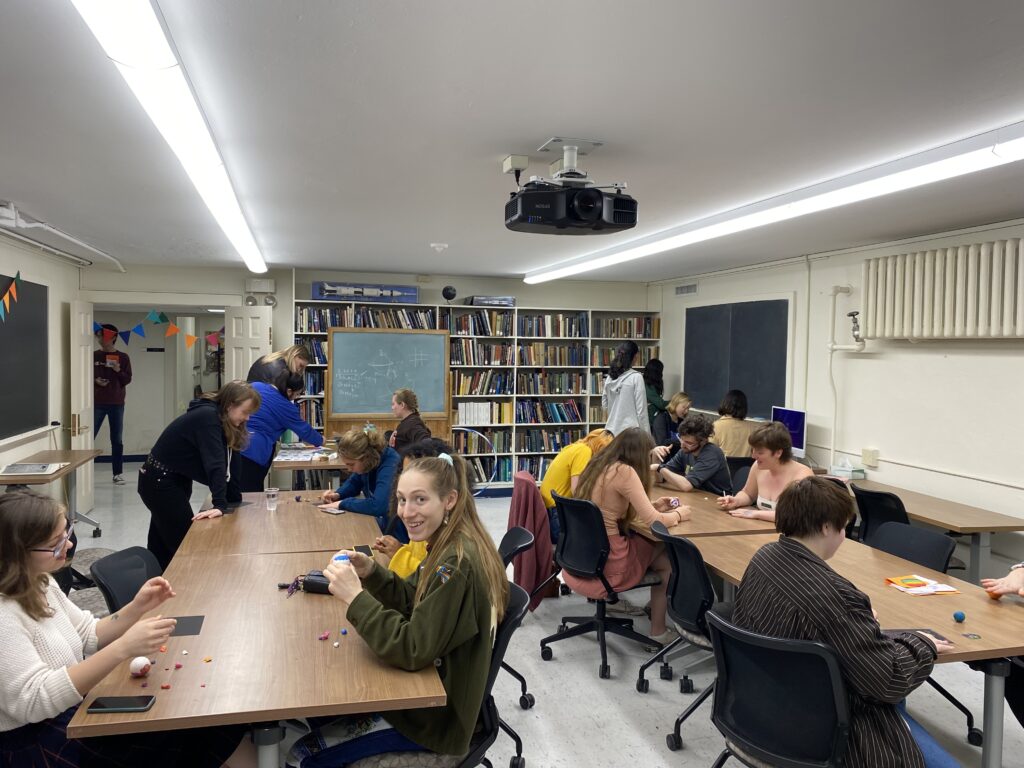

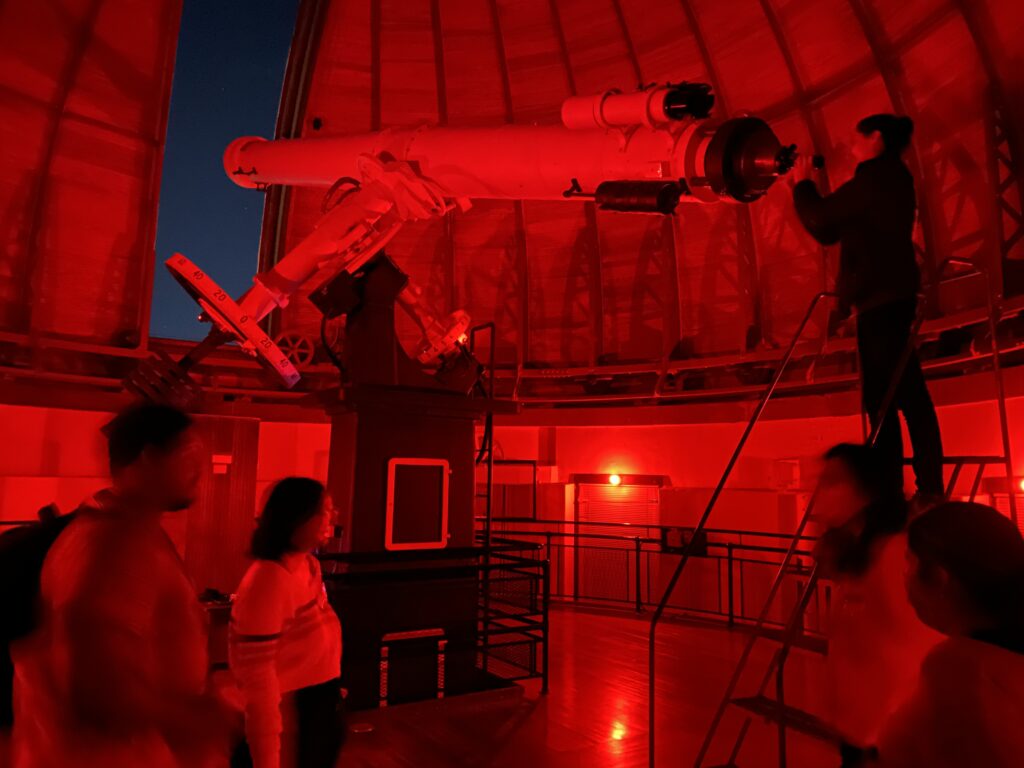
On a personal note…
Over here on top of Foss Hill we are a bit separated from the rest of Wes, but that makes us a very close department. We support one another in a way that is very special and I personally want to thank every person who took part in this event and supported our vision. We have a truly welcoming and inclusive community here and I am grateful to work in this department.
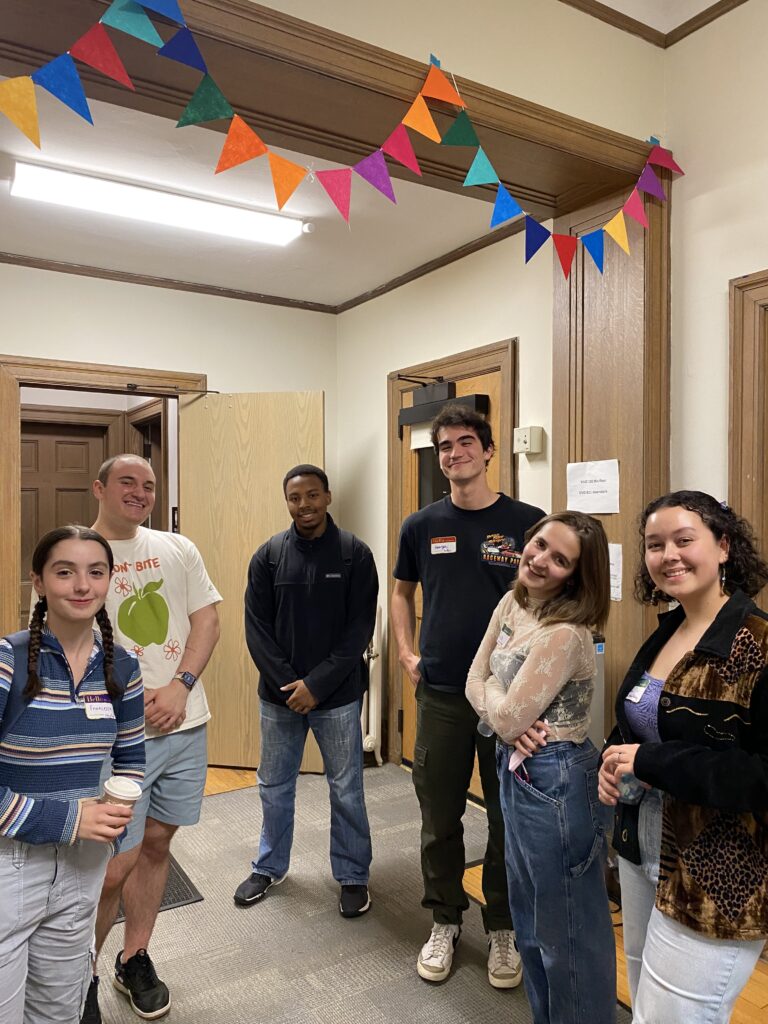
Thank you Francesca (2027), Max (2025), Jamar (2024), George (2026), Sofia (2025), and Angelina (2025).
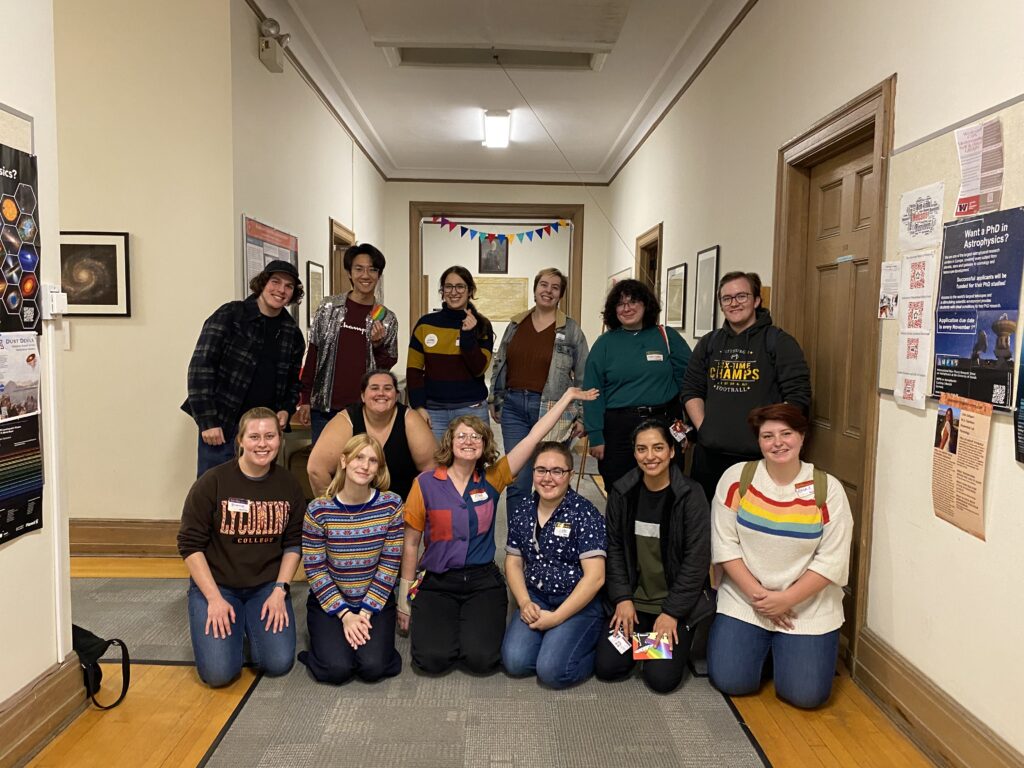
Thank you Kyle (2024), Chris (2024), Cat (MA 2025), Fi (RJ Julia), MaryClare (MA), Jeremy (2026), Brianna (postdoc), Victoria (2024), Rewa (MA 2024), Katie (MA 2025), Lisseth (MA 2024), Alaina (MA 2023), and Venus (2026) who is not pictured.

Thank you Junu (2025).

Thank you Christopher Forte and Middletown Pride, it was a pleasure working with you to co-sponsor this event. We can’t wait for next year!
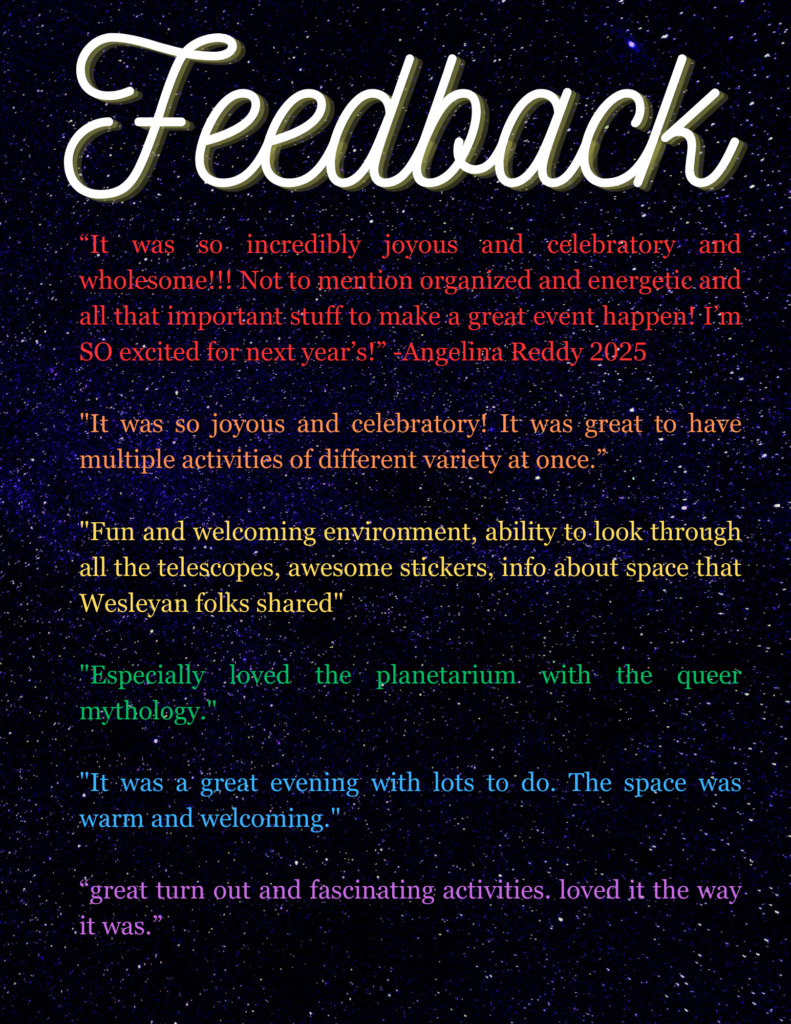
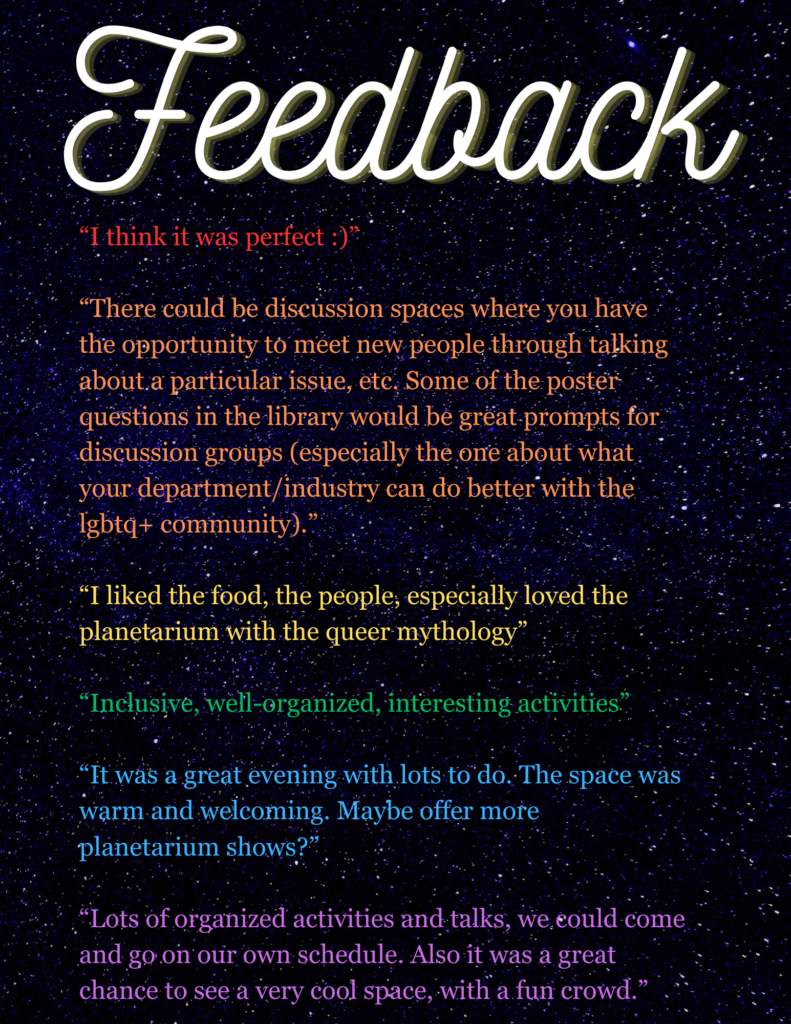
Resources

